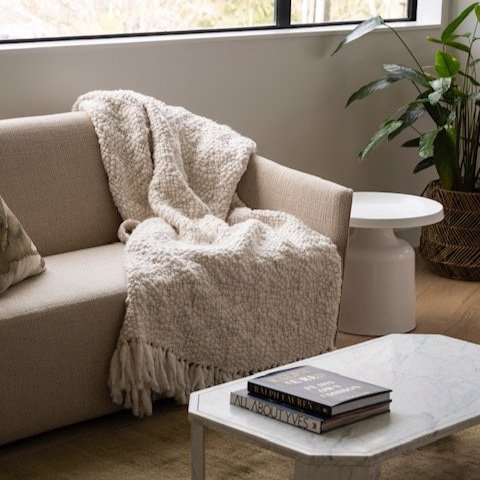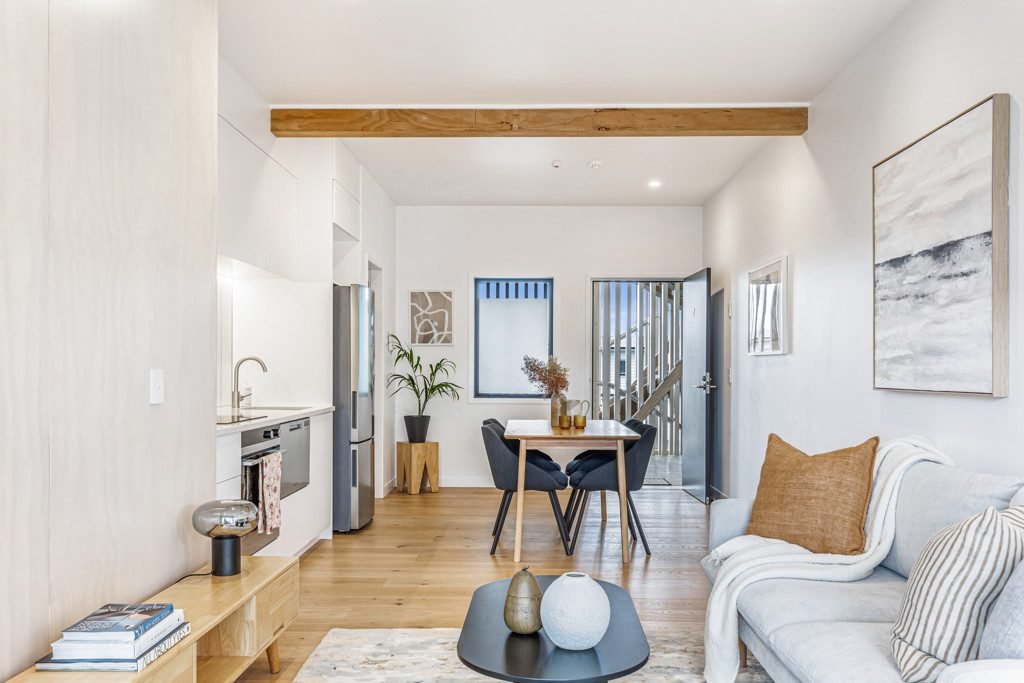As environmental awareness grows, so does the demand for sustainable interior design. As interior designers, we already make conscious decisions for our clients here in Auckland. From repurposed materials, sustainably sourced furniture and eco-friendly paint, our designs reflect the choices we make with and for our clients.
But that’s not all; true sustainable interior design should encompass the entire project, having a holistic view from start to finish. Let’s look at some of the areas this may include.
Key Areas of Sustainable Interior Design
When designing a space within a townhouse, cottage, apartment or bungalow, identifying how to reduce any negative environmental impacts is important. Five key areas to consider during the consultation and design process include:
Healthy environment – this refers to the ventilation, lighting, air quality, use of plants, heating and acoustics within the finished space or spaces. This also means identifying and reducing any potential toxins that may be present in furniture or materials used in the design process or final product. It also refers to the addition of features or materials than can improve the environment. Carpet can trap dust particles until vacuumed, while plants are great air purifiers as well as design features.
Materials and furniture selection – here we need to consider not only the materials things are made from and treated with, but also where they are made. If a local product will provide the same benefits in terms of aesthetics, function and suitability, that’s a better choice than one transported from overseas.
Energy efficiency – how can the space be designed to reduce the amount of energy used to heat or cool it? This can include fixtures like drapes, blinds, flooring and furnishings.
Longevity and flexibility – can a space be used for different functions? How could the space be adapted to fit the needs of a growing family or someone downsizing? Selecting materials, furniture and accessories that have a longer lifespan and are more durable also helps to keep environmental impacts to a minimum.
Reduction of waste – this refers to using design principles which reduces the amount of waste within the design project. From furniture sizes and positioning, recycling, repurposing and upcycling items within the design and choosing eco-friendly products, there’s a lot to think about!
With sustainable interior design taking a holistic approach, we as interior designers need to factor in not just the project and finished result, but also how it will meet the needs of our clients. That’s where you come into things by creating a design brief. It records details such as what you envision the space to look and feel like, colours, who will use it and your budget. If you don’t yet have one, that’s ok as we can meet up to create one together. Get in touch today and let’s make a time to chat via Zoom or in person about your interior design requirements.
Check out our work
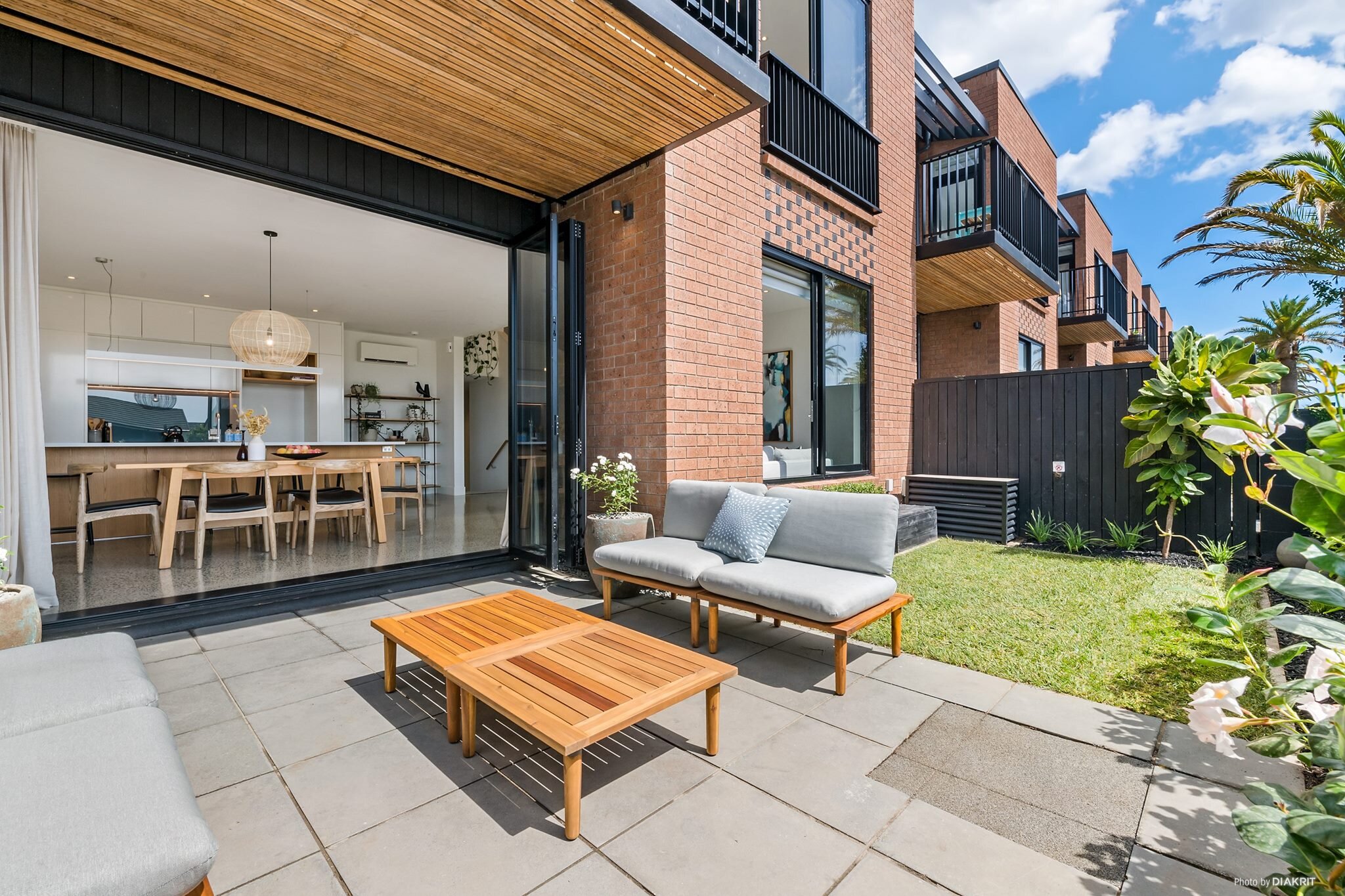
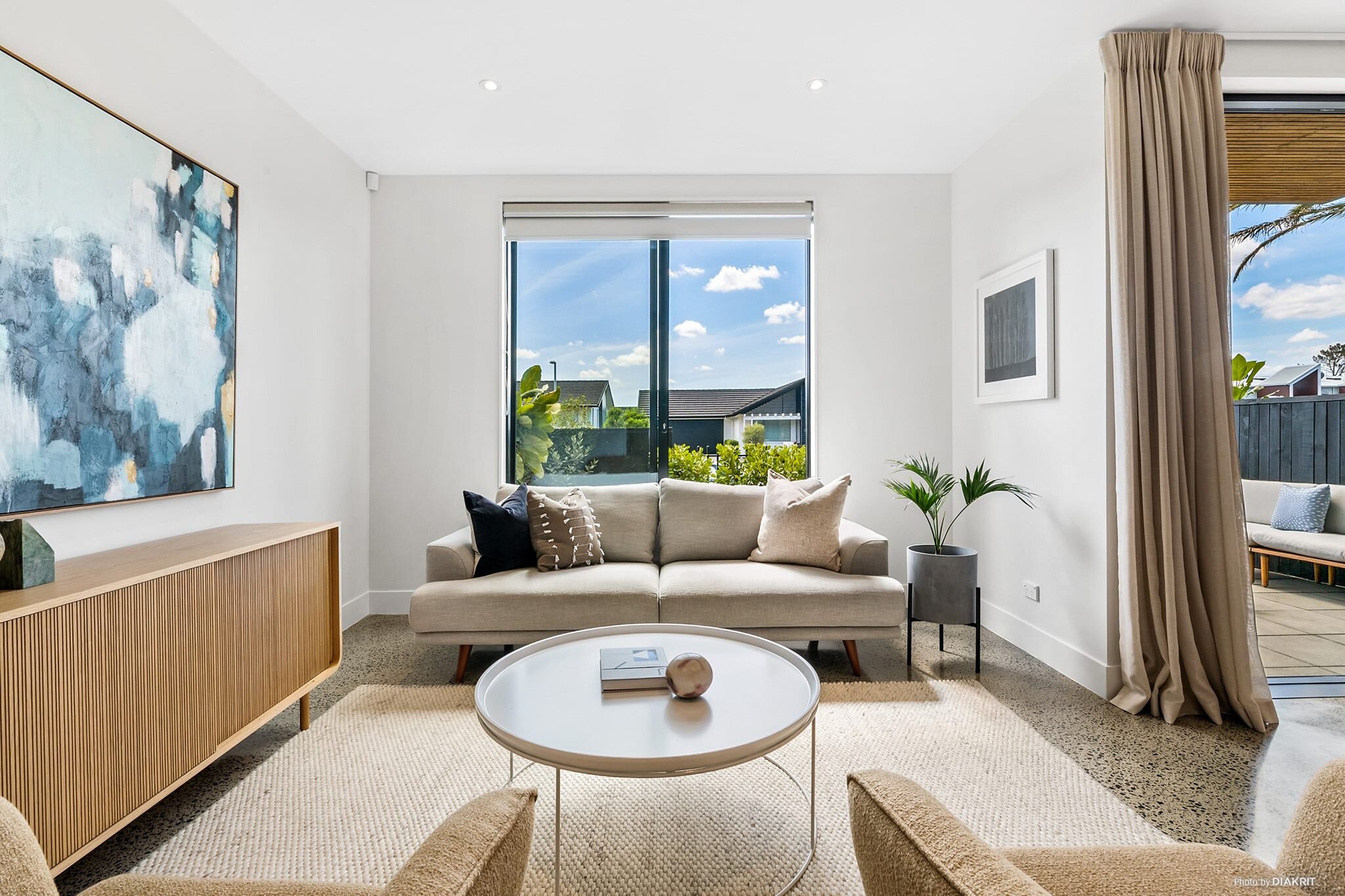

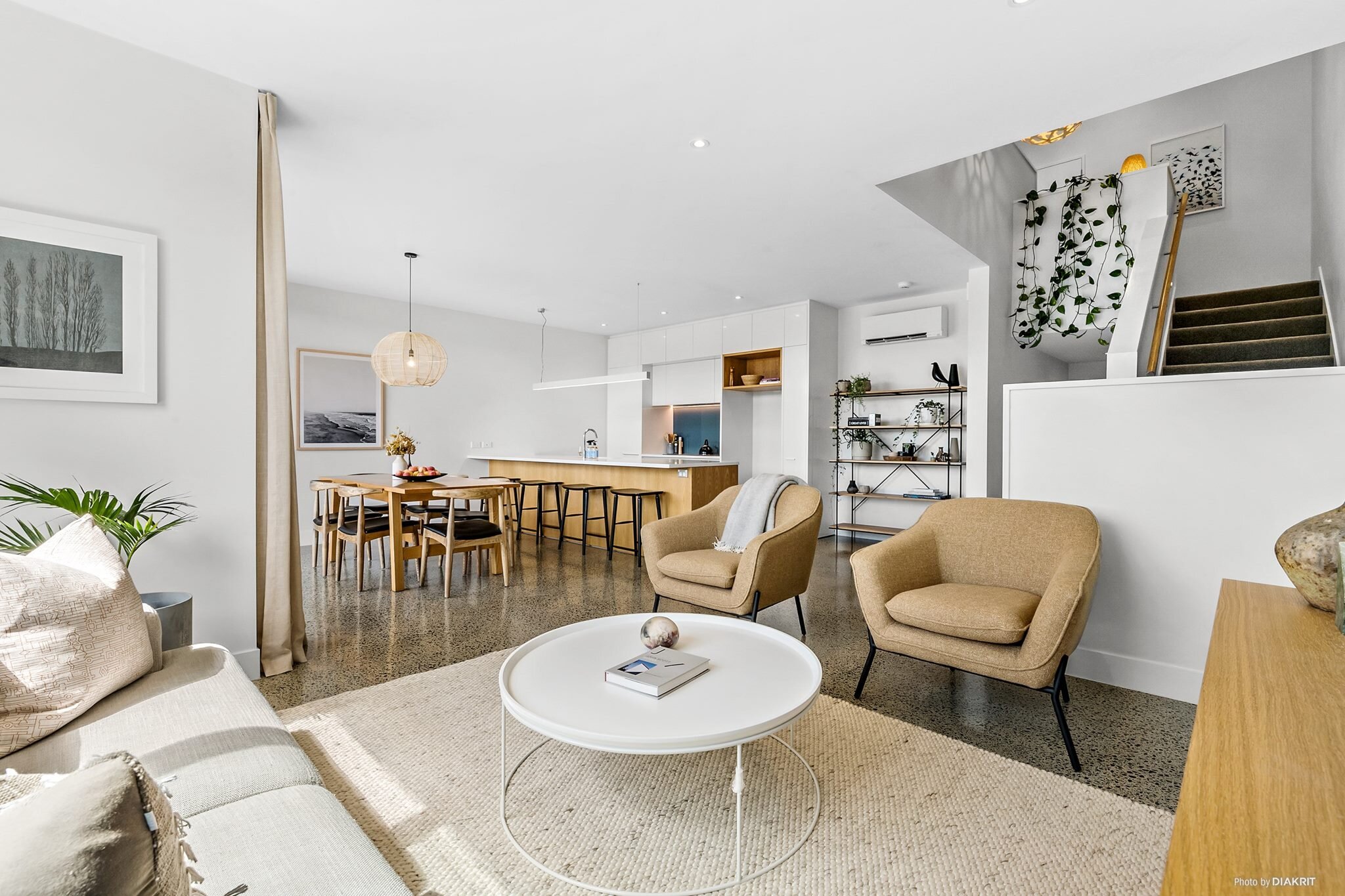

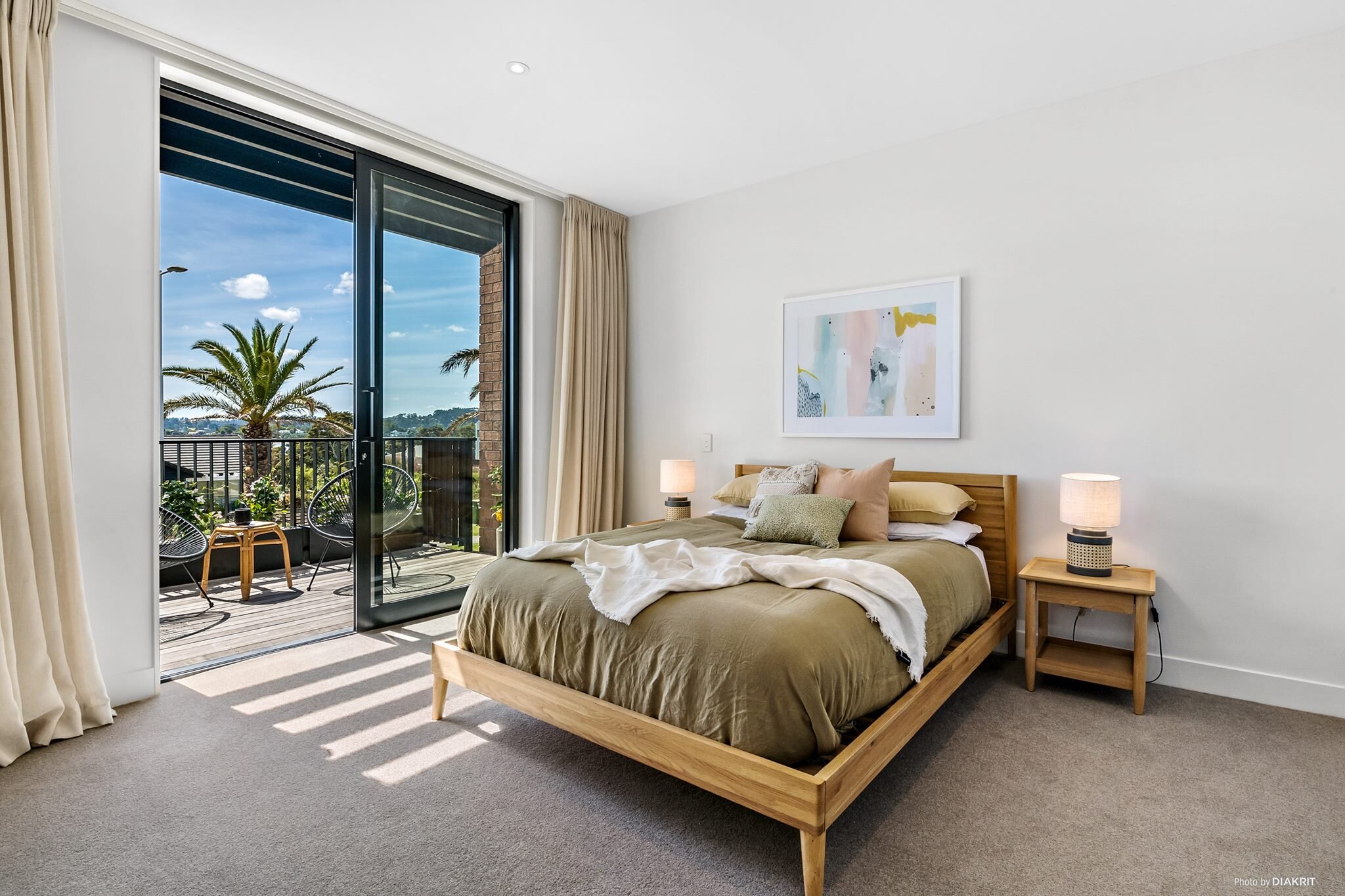
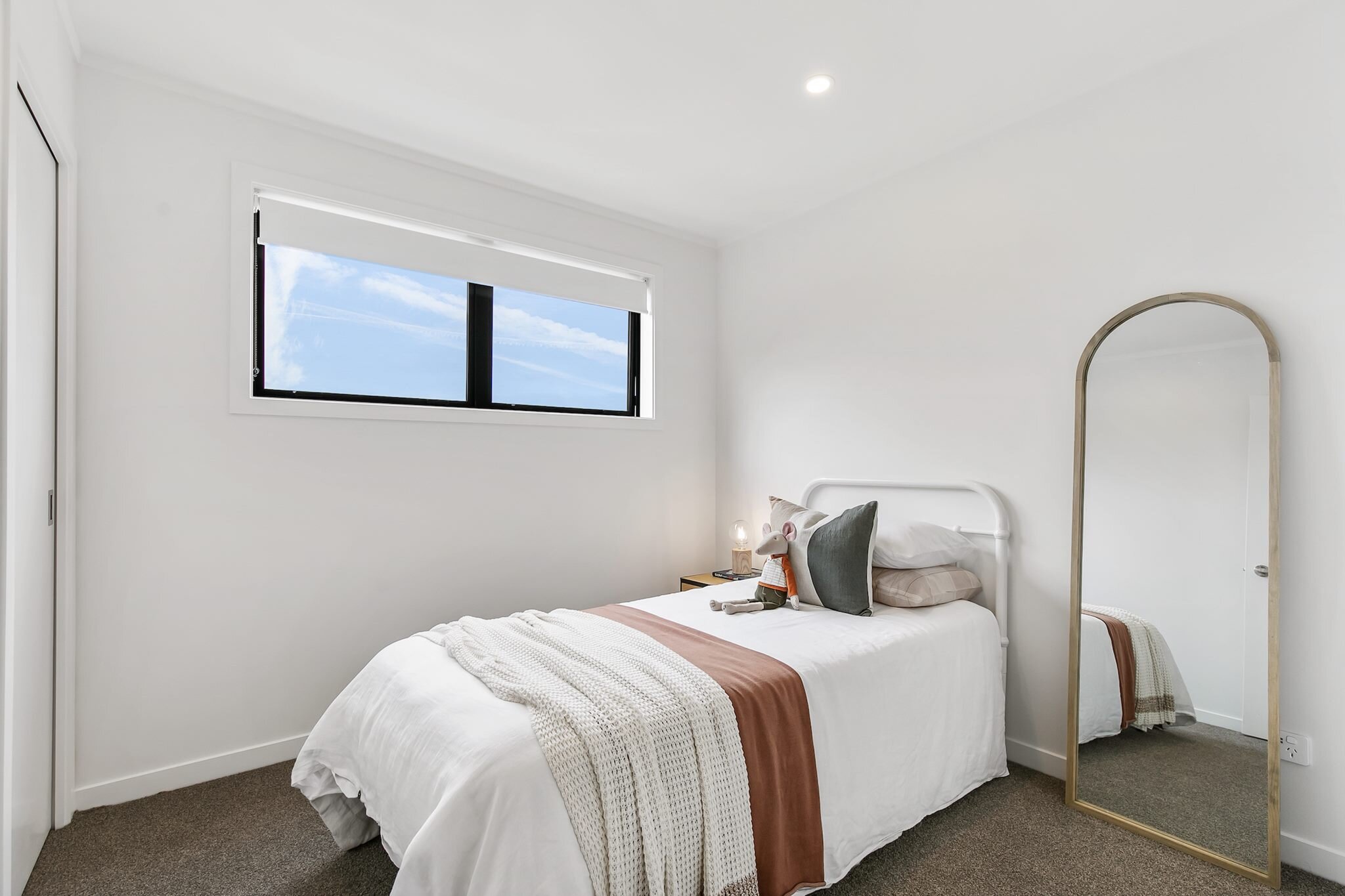

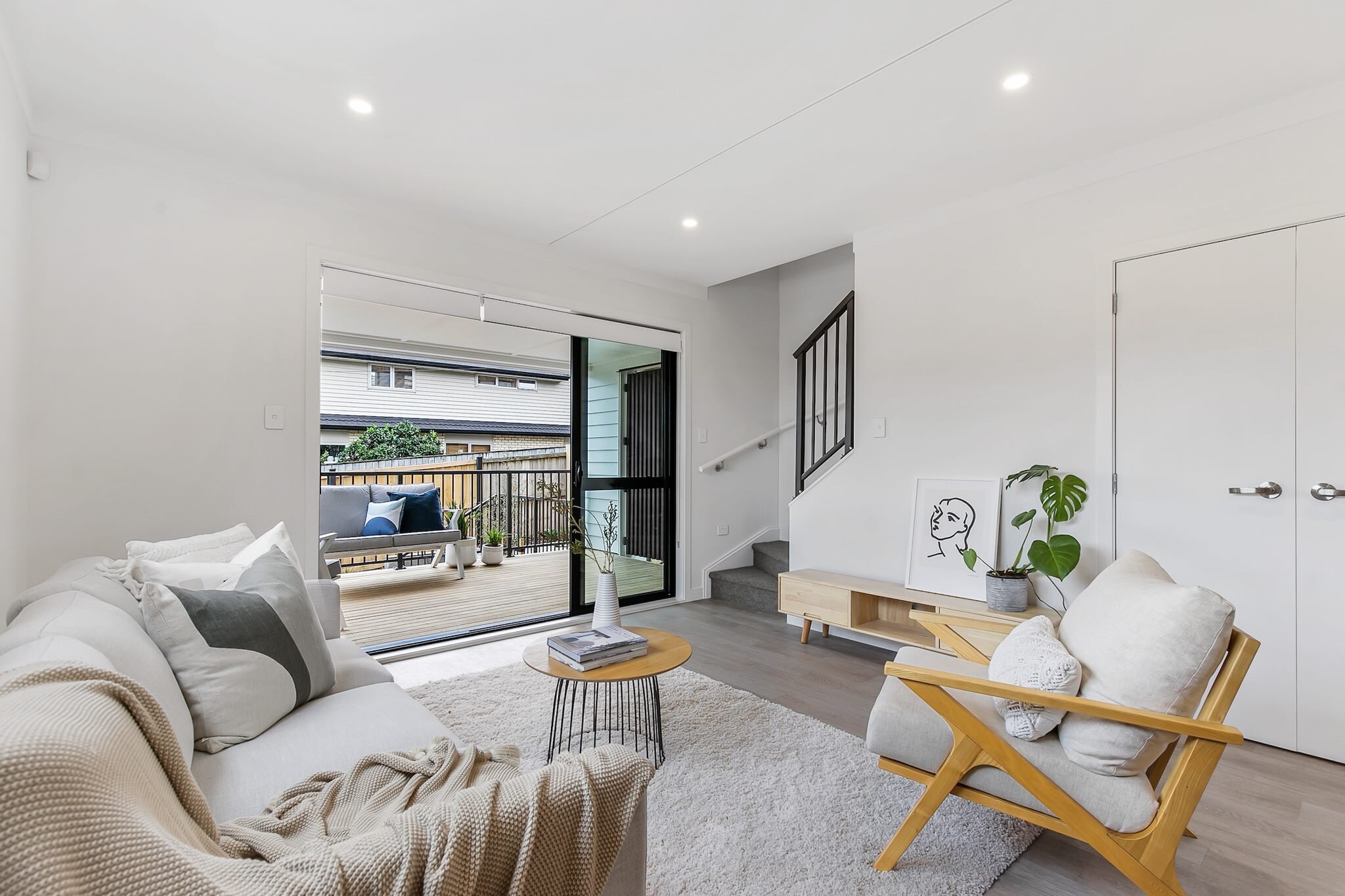
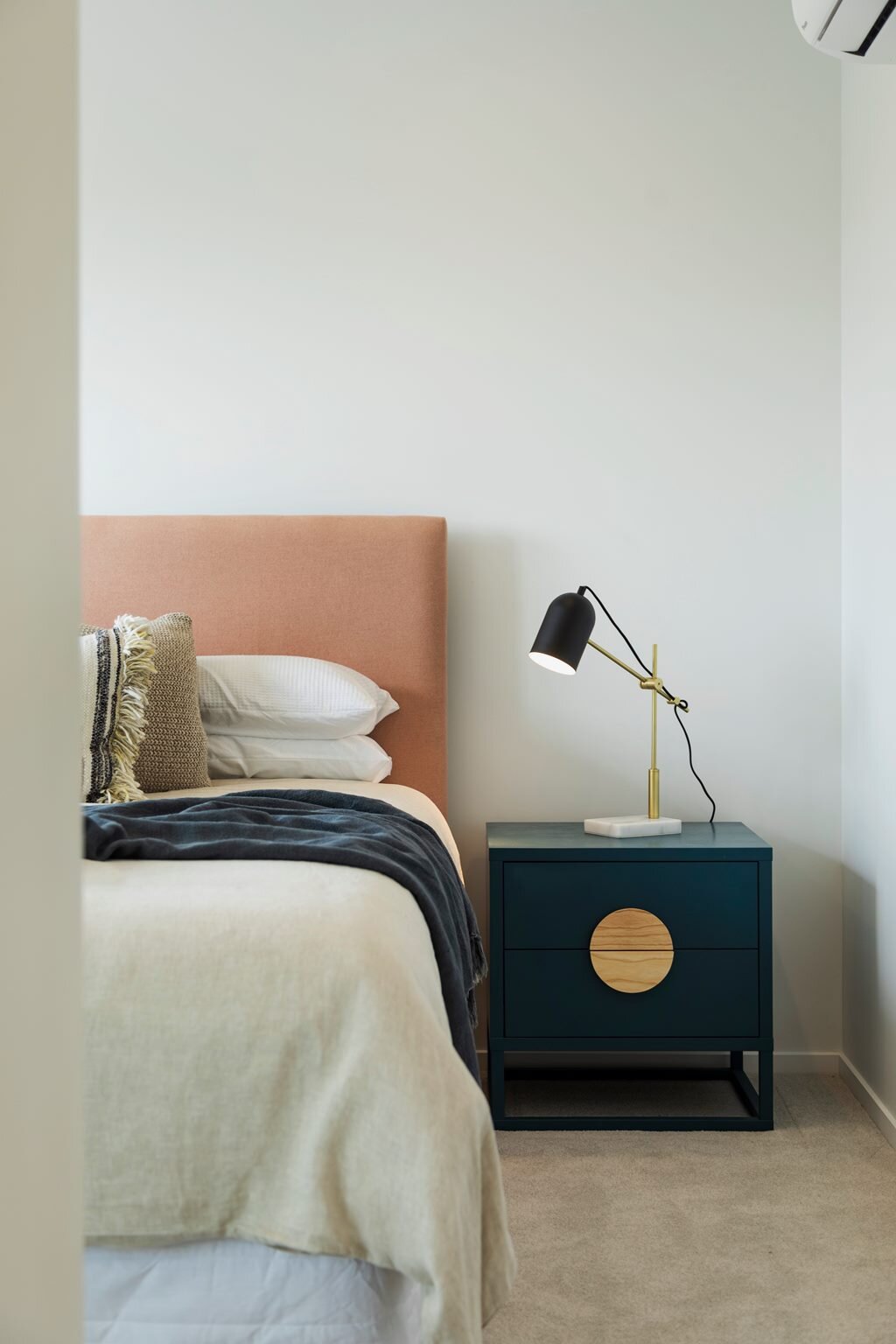
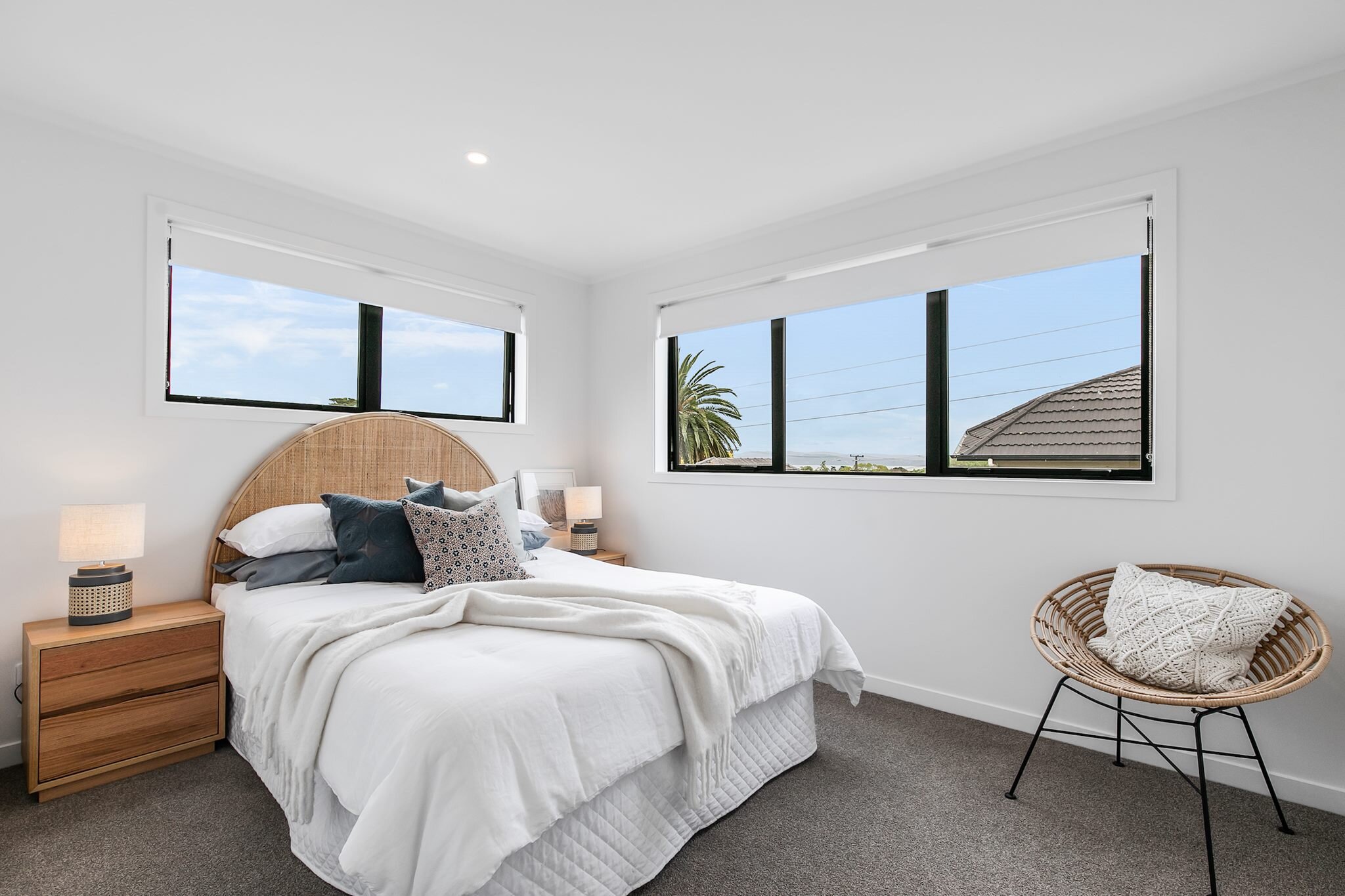

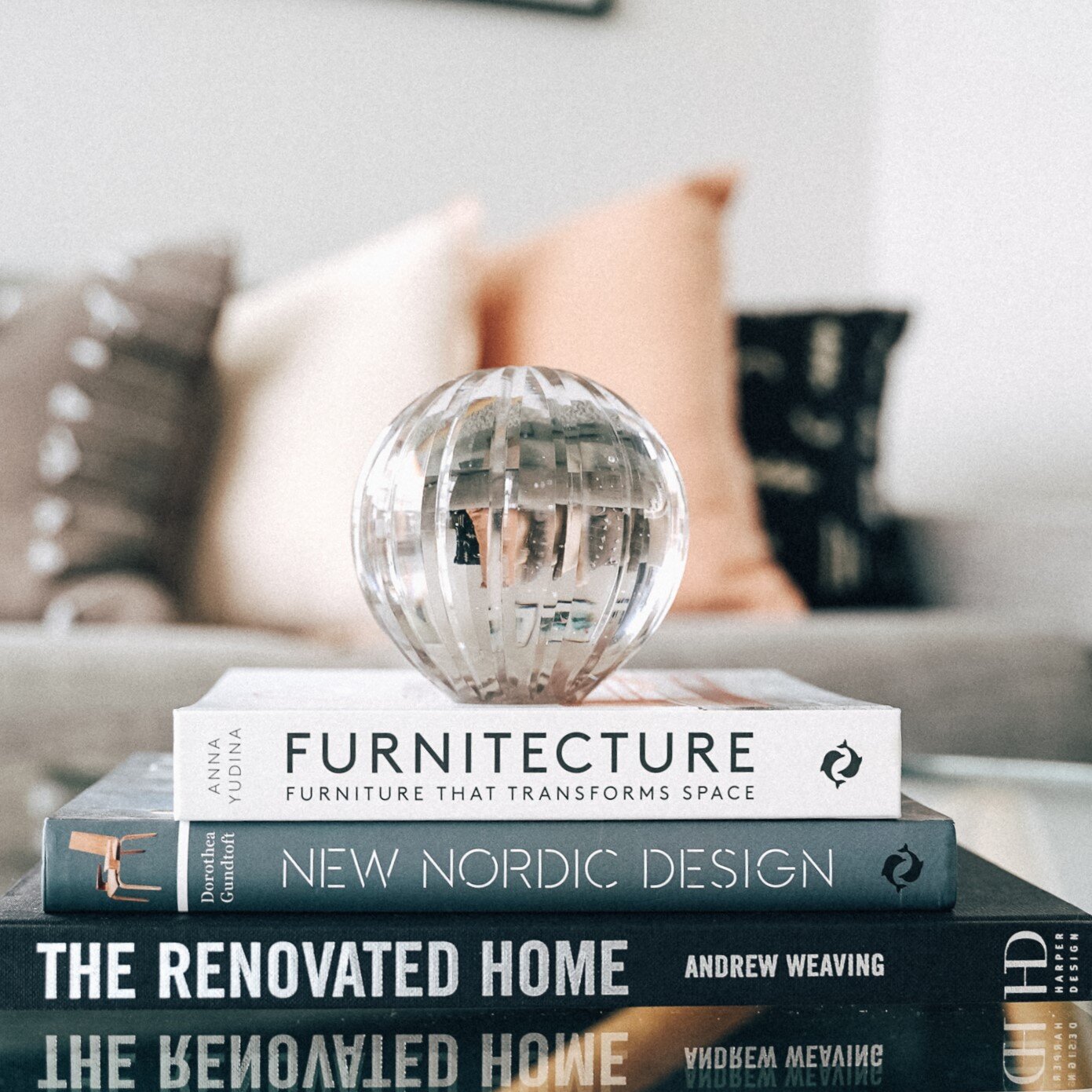
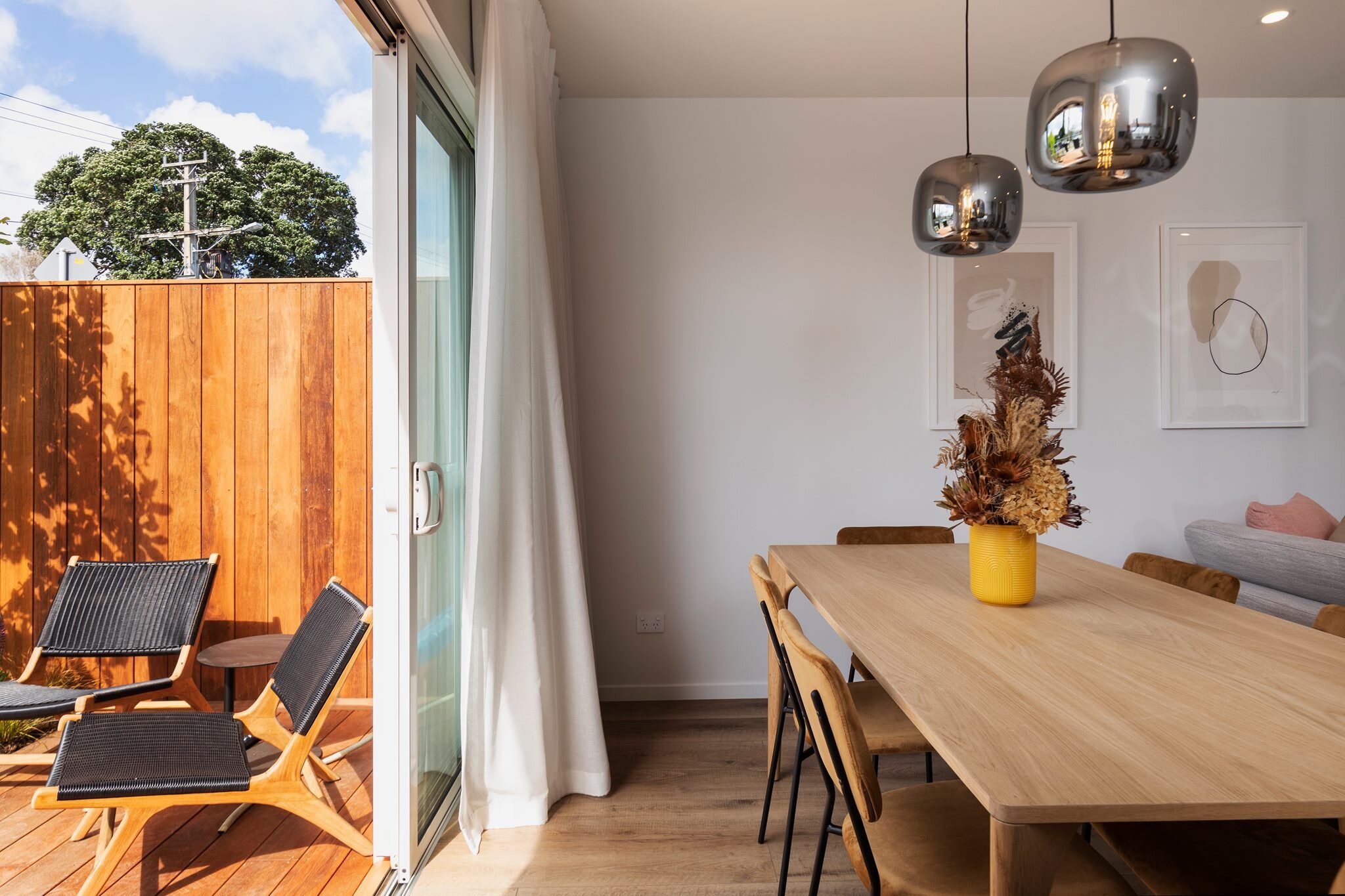
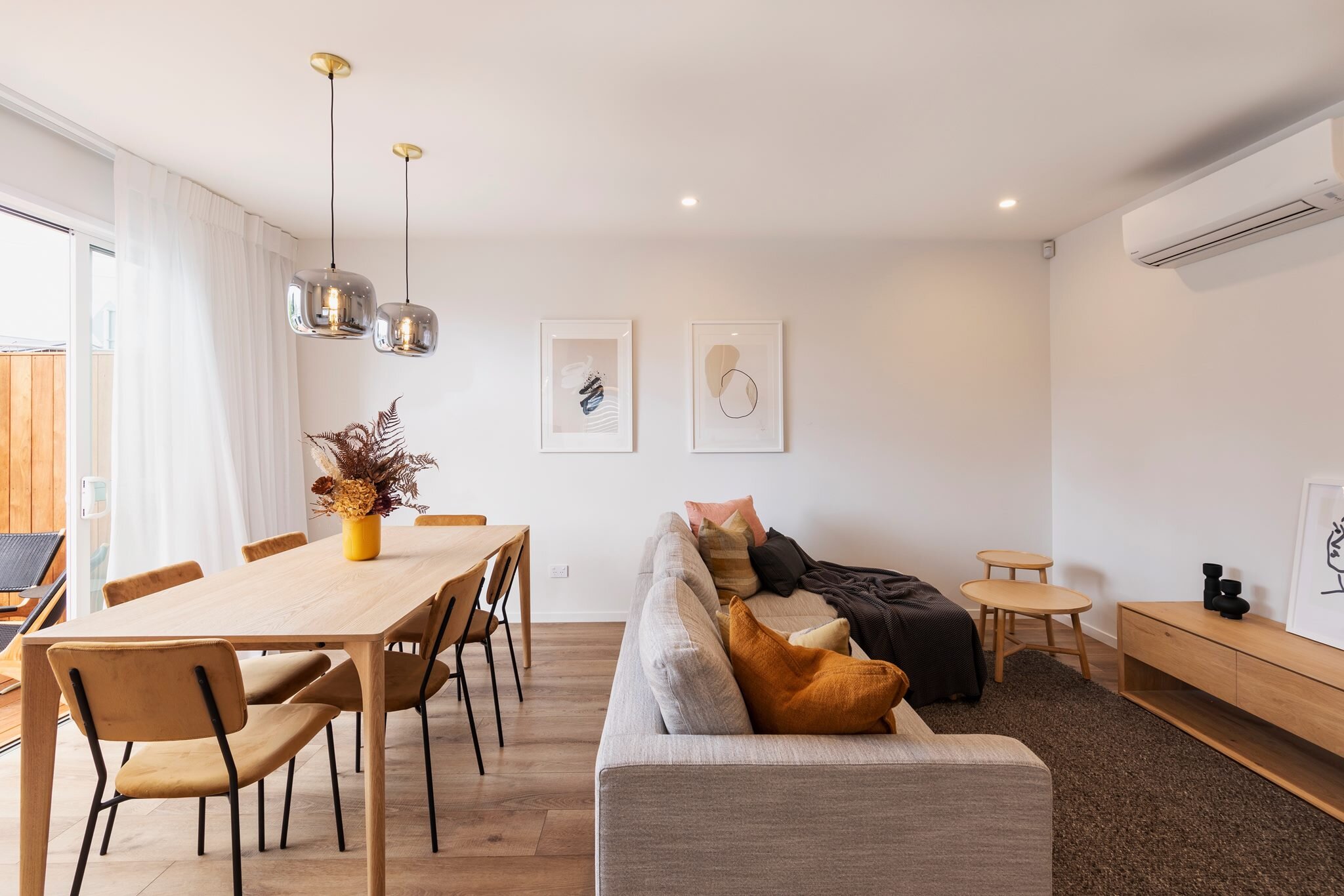
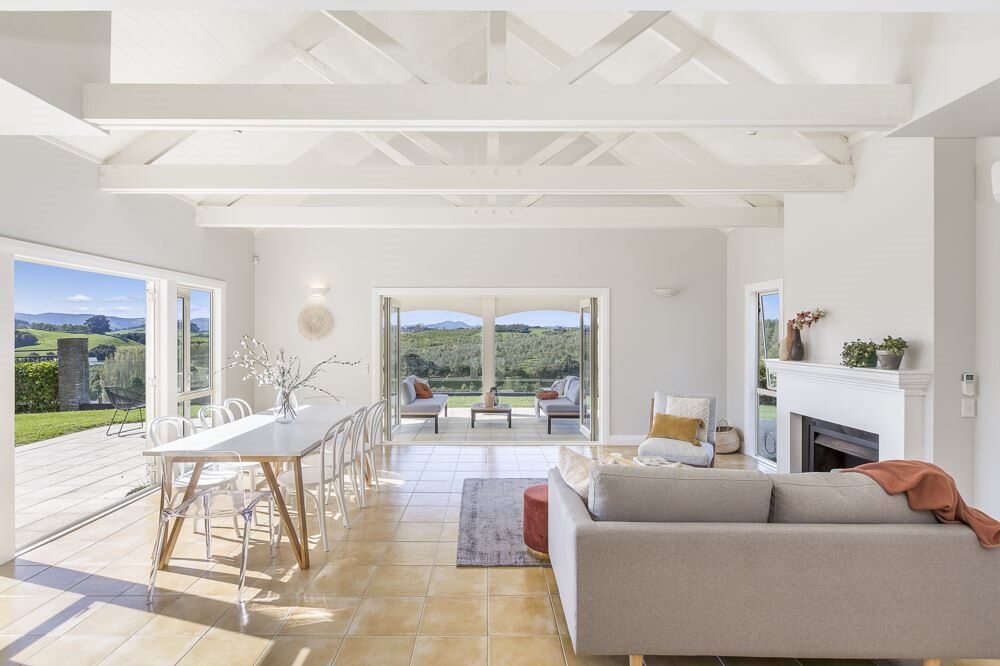
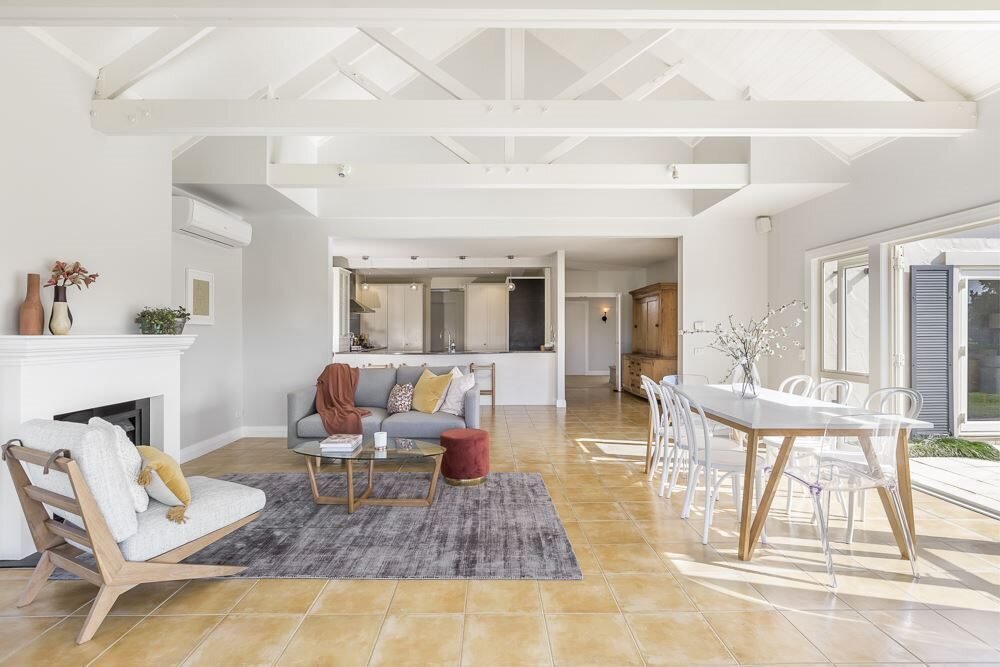

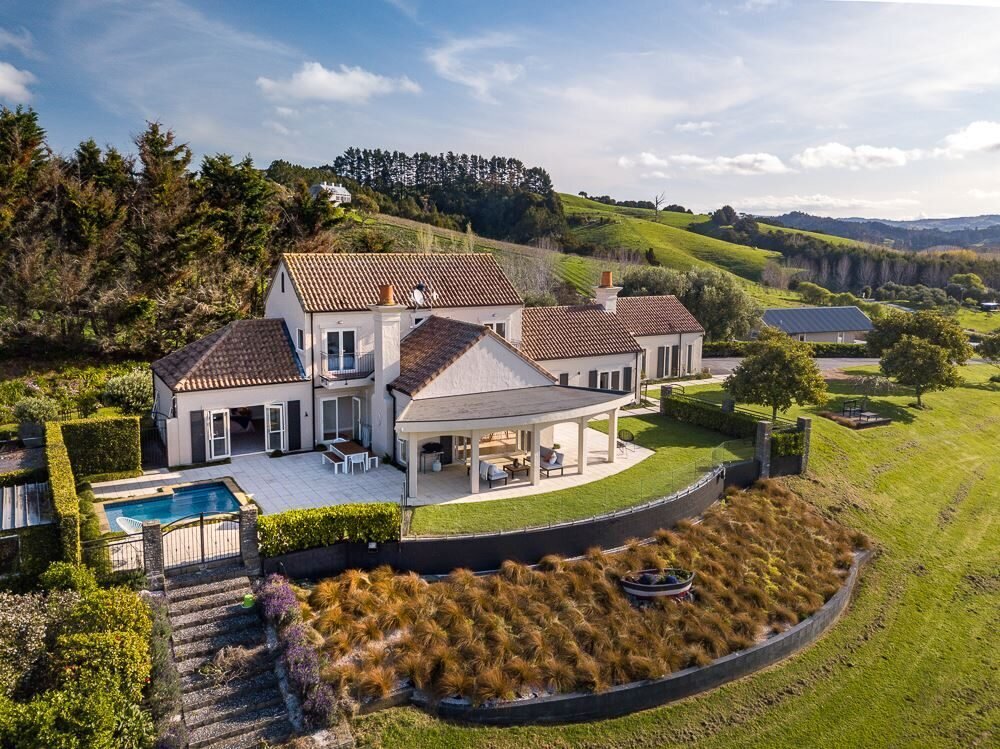

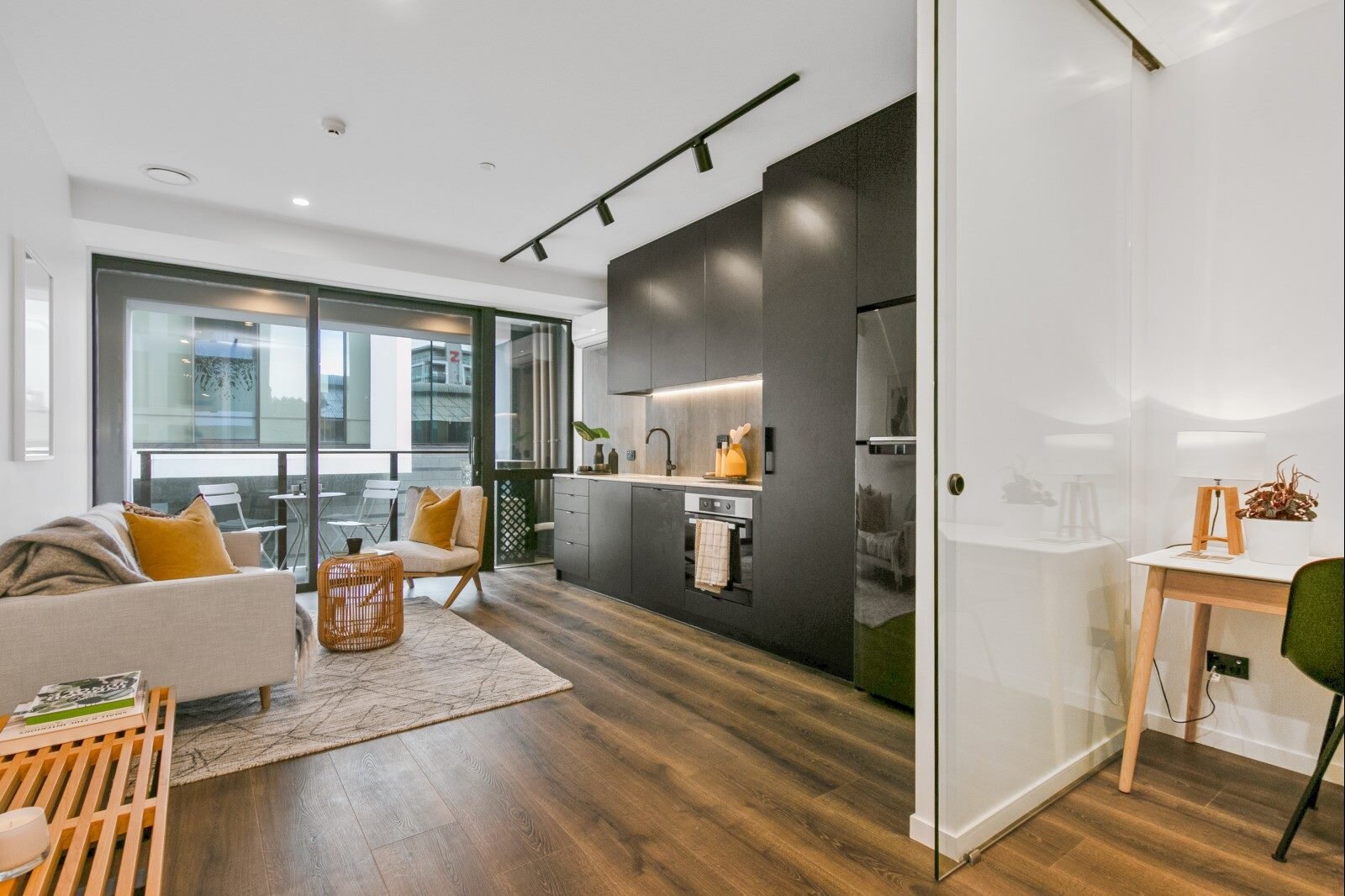
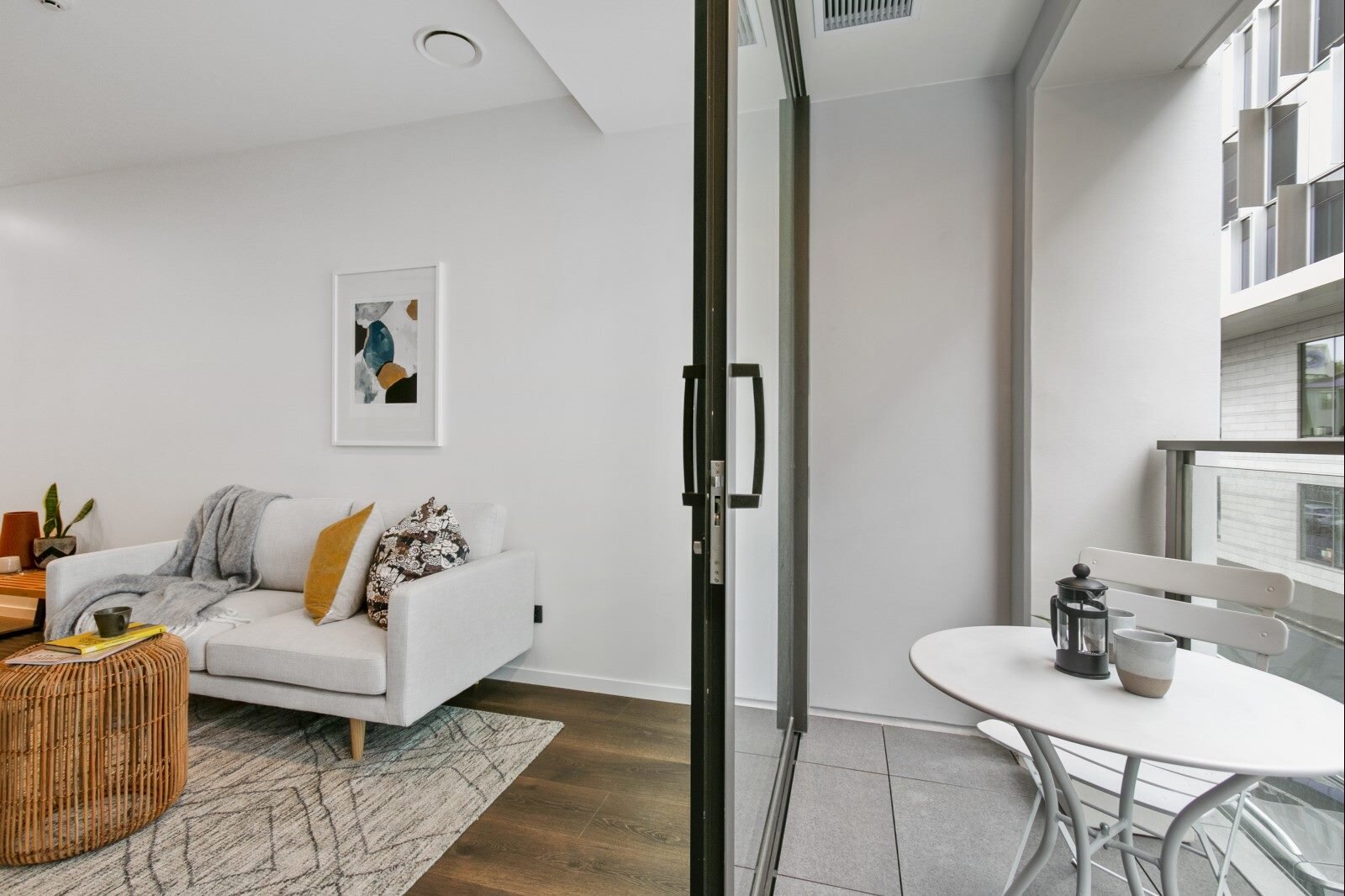
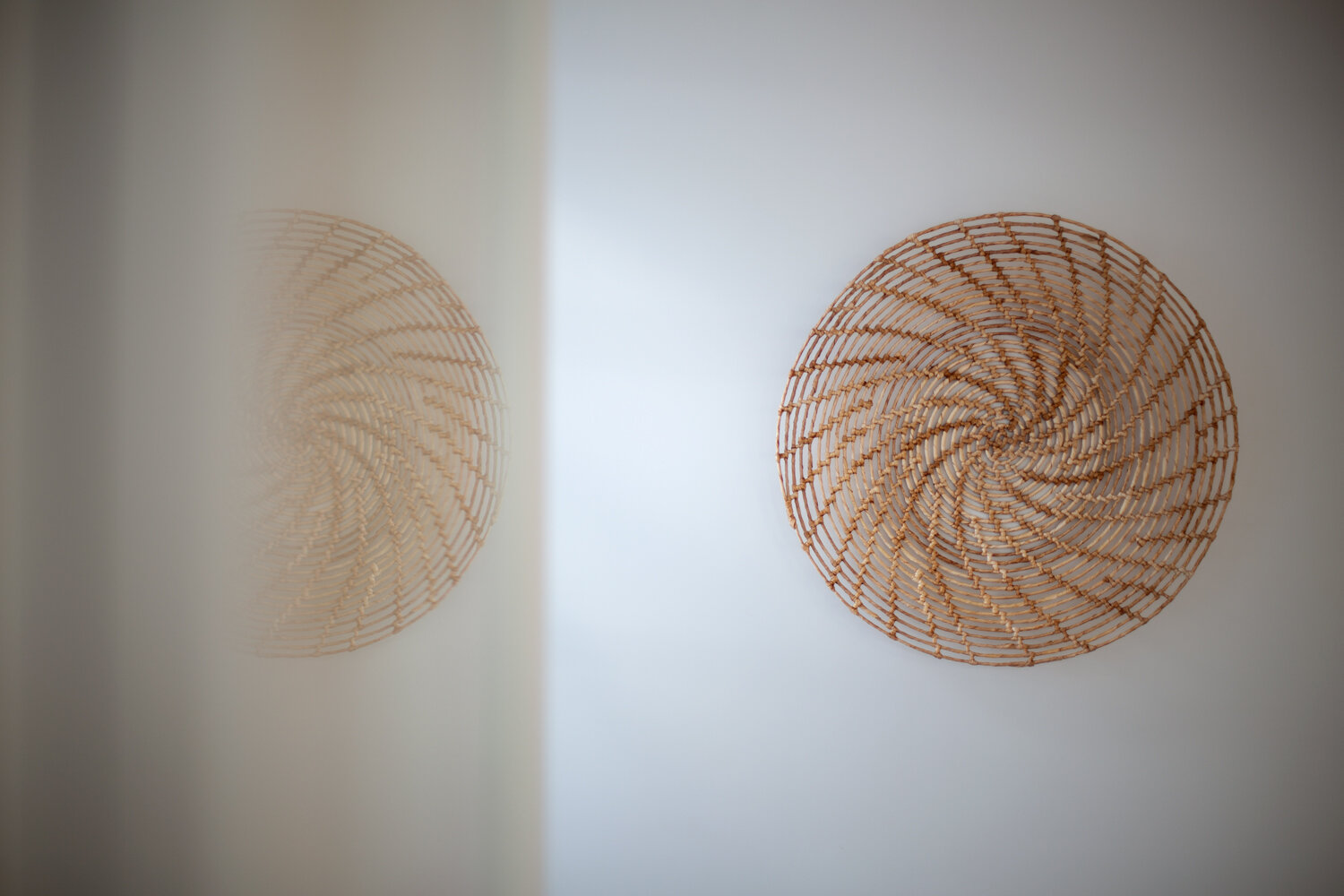


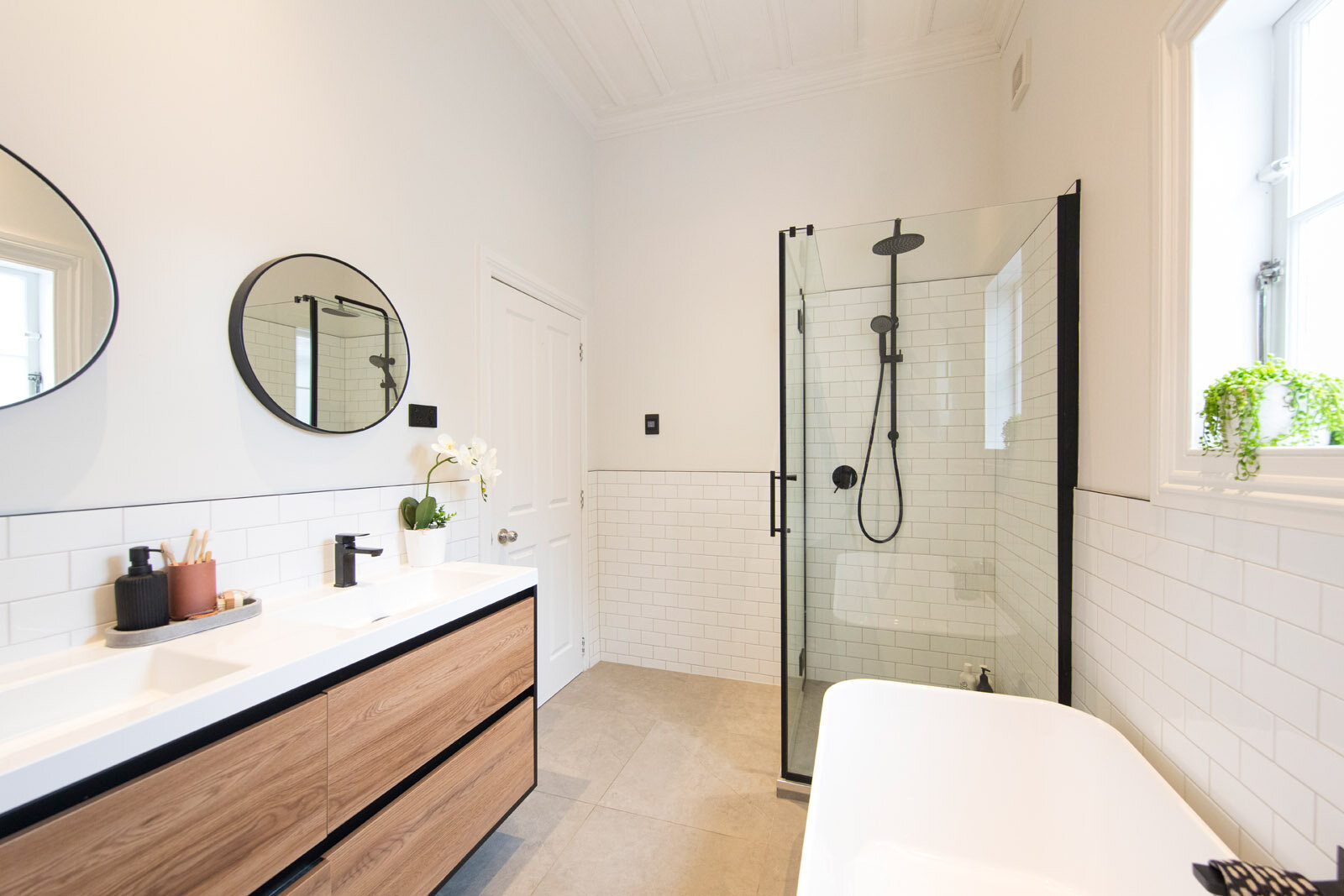

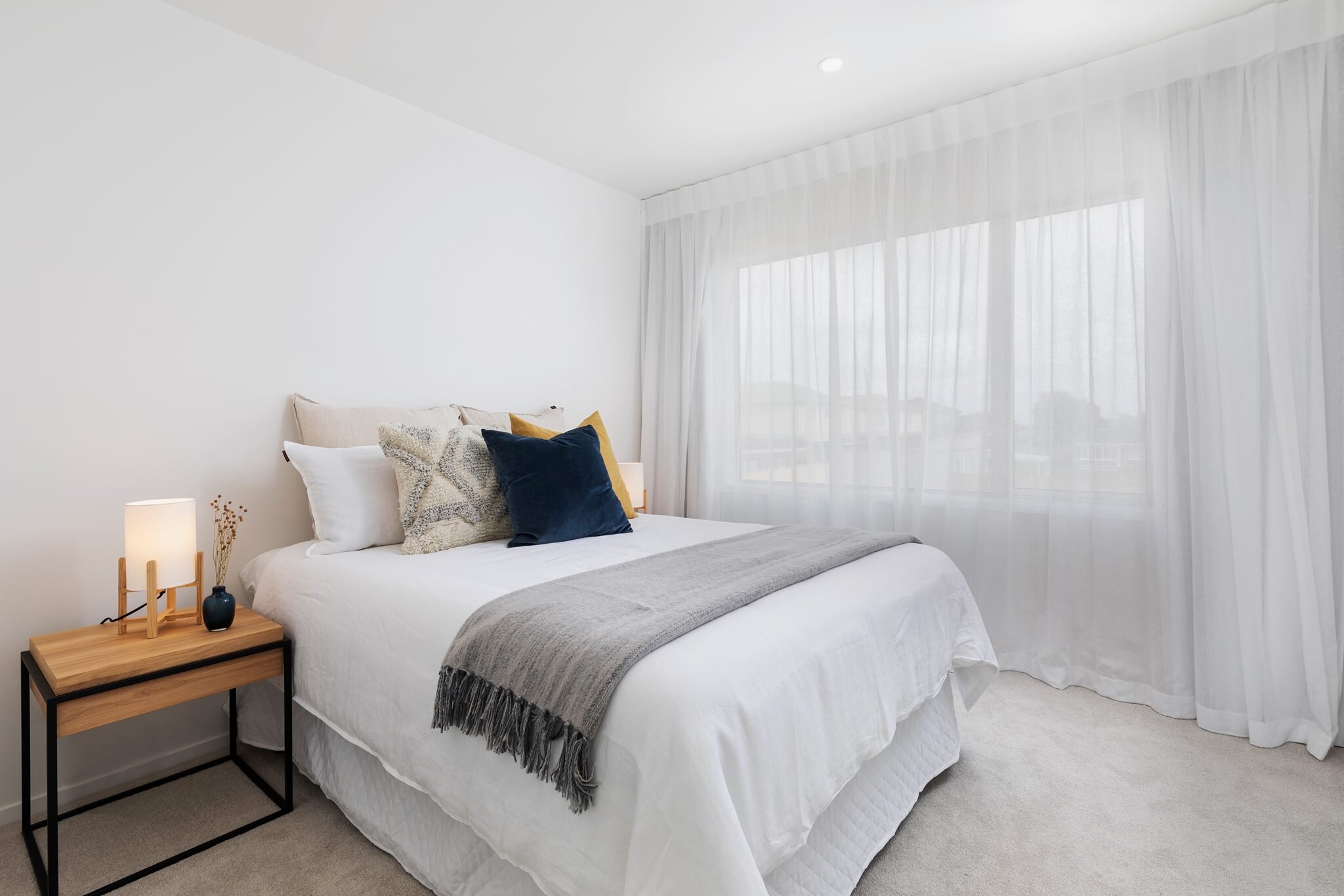
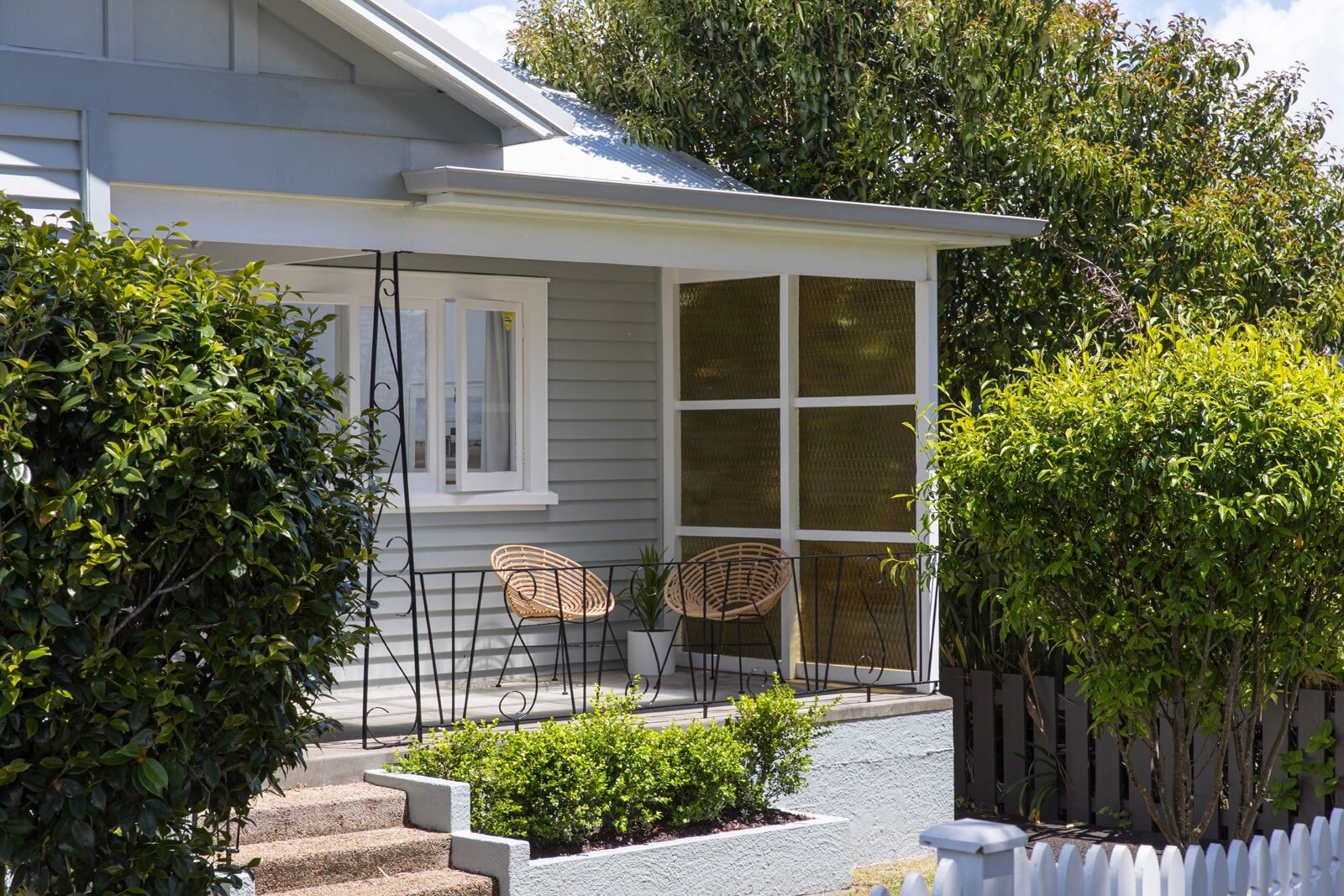


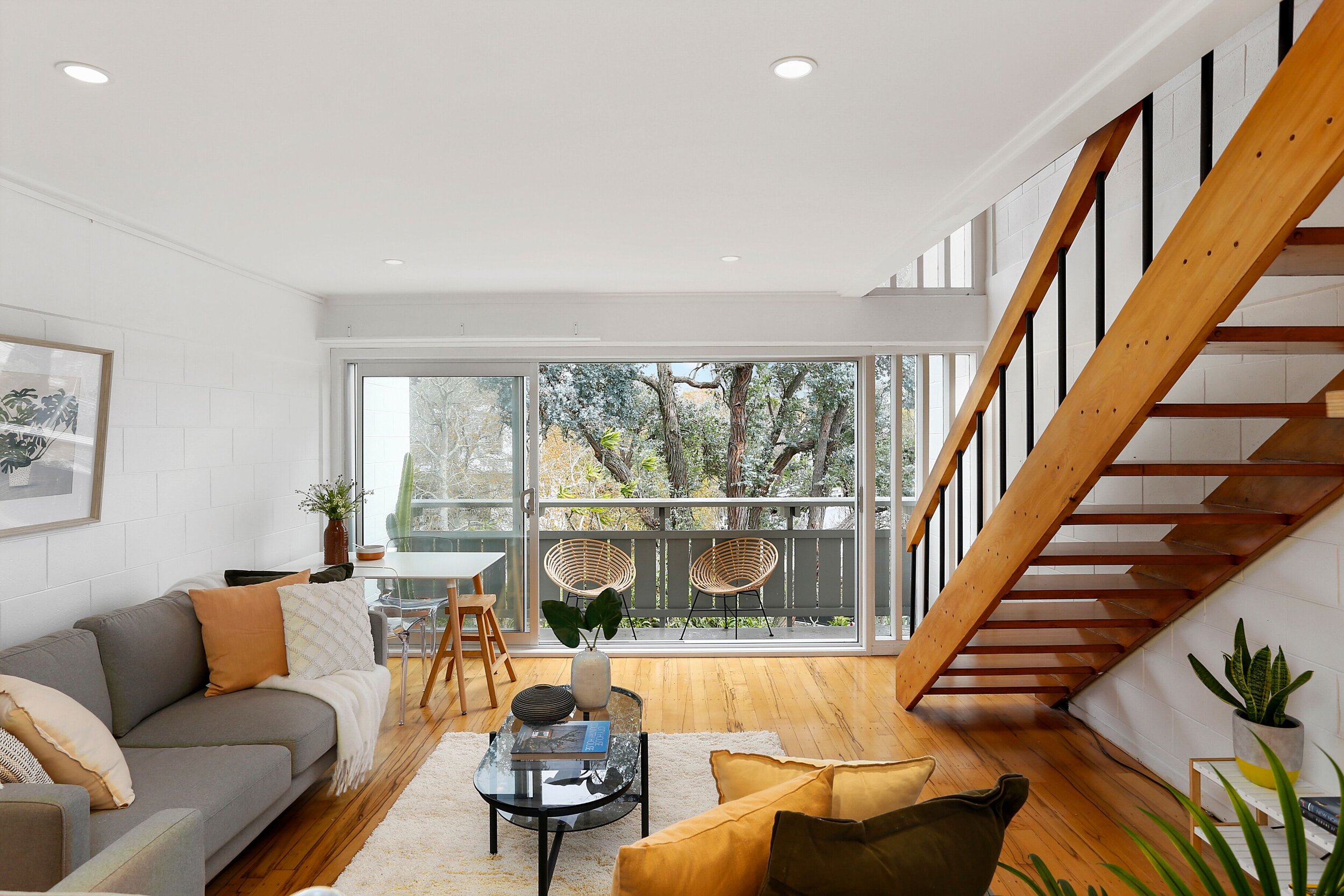

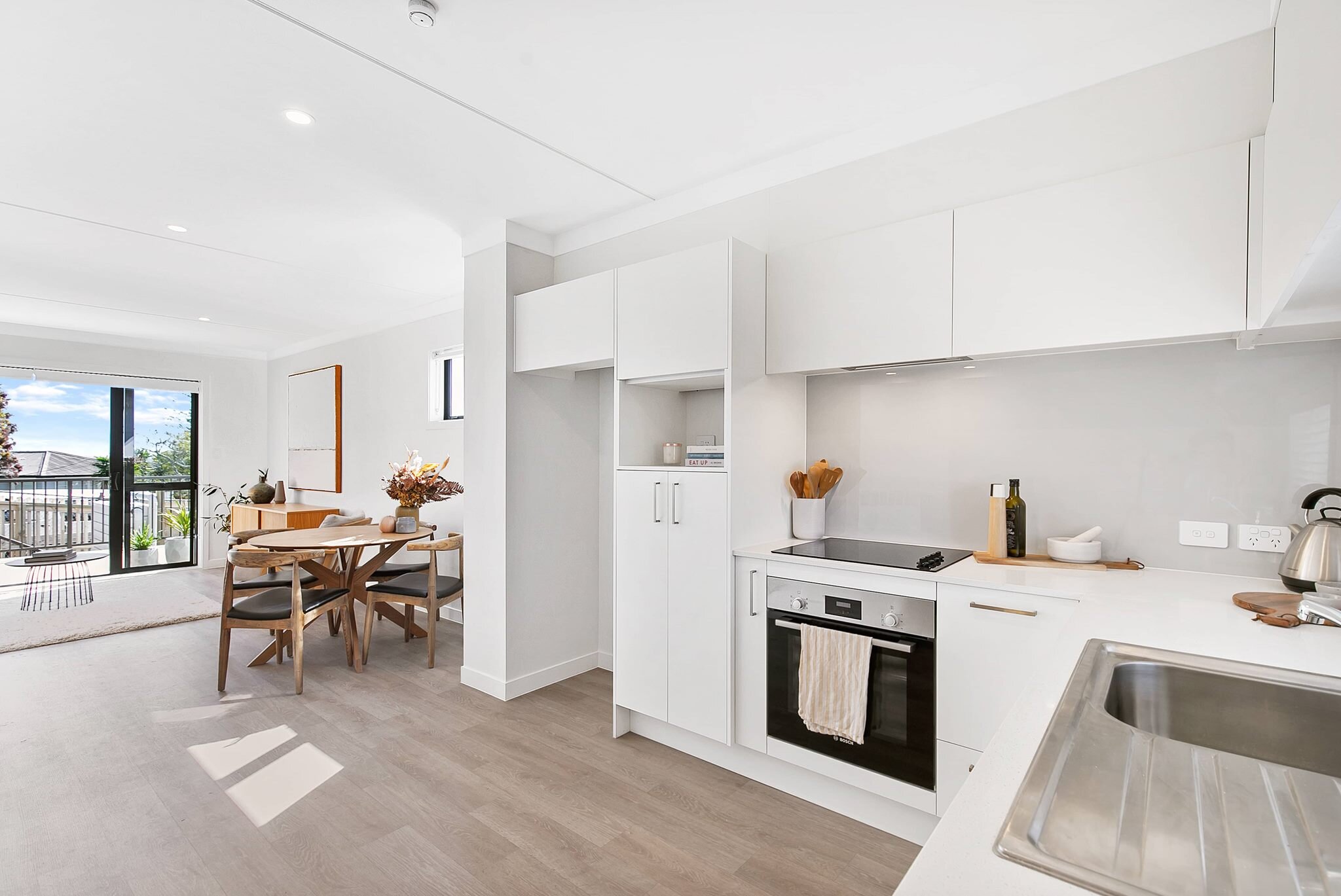
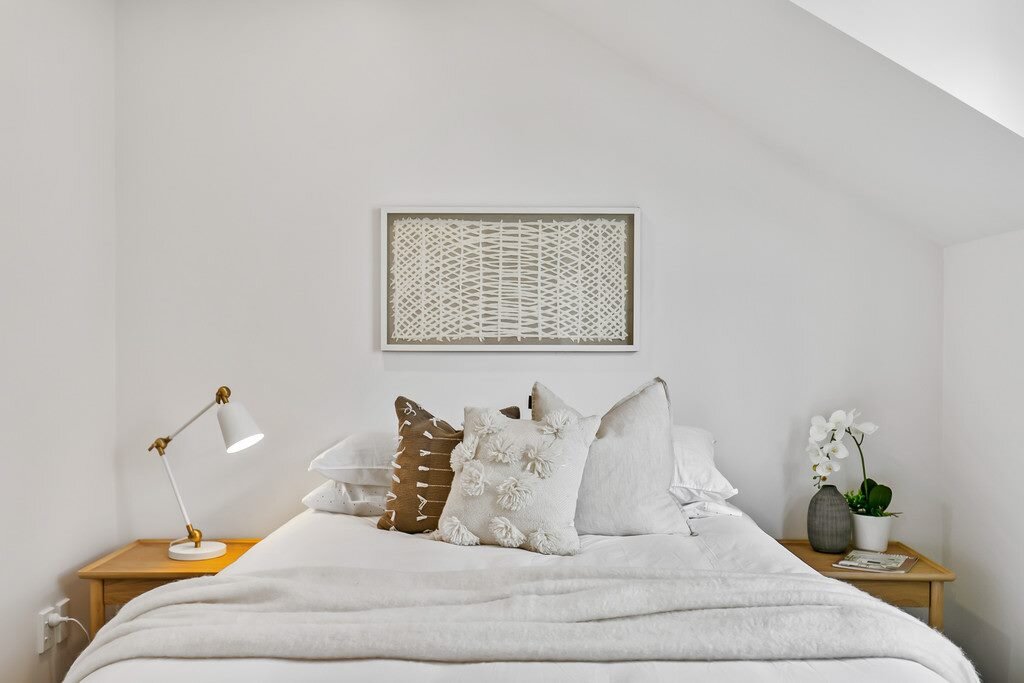
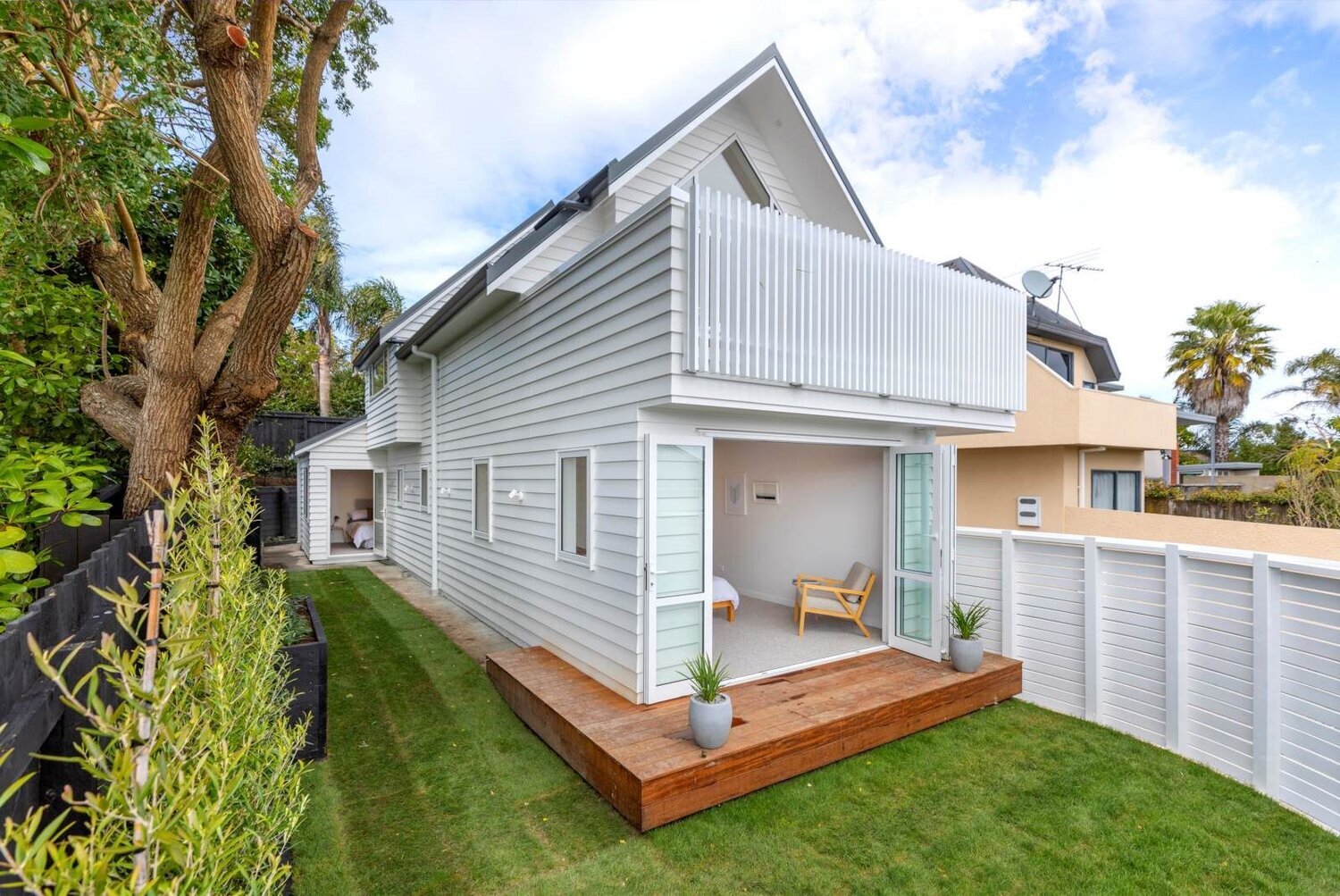
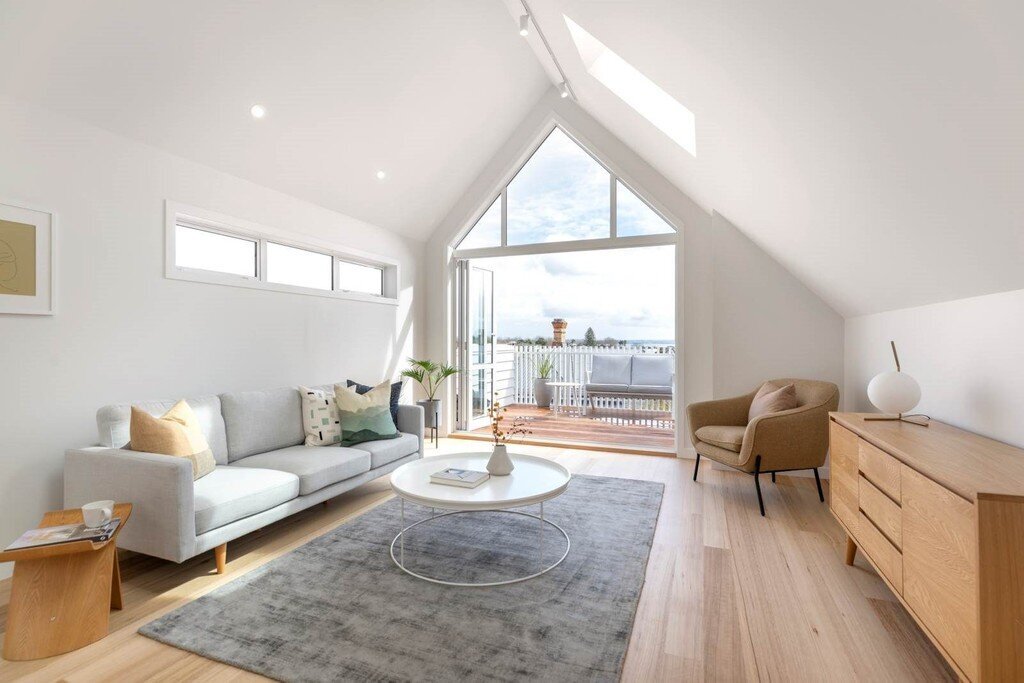

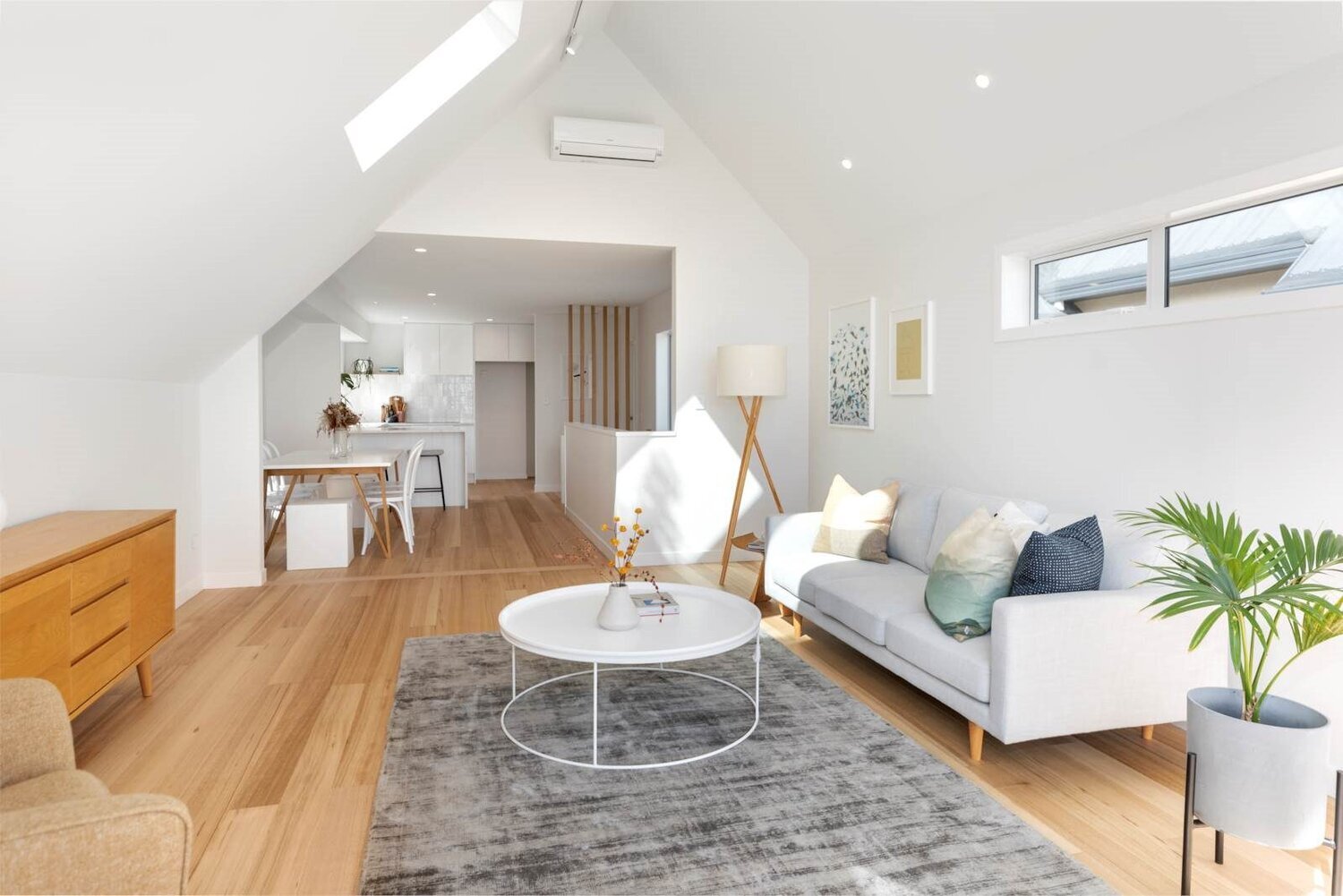
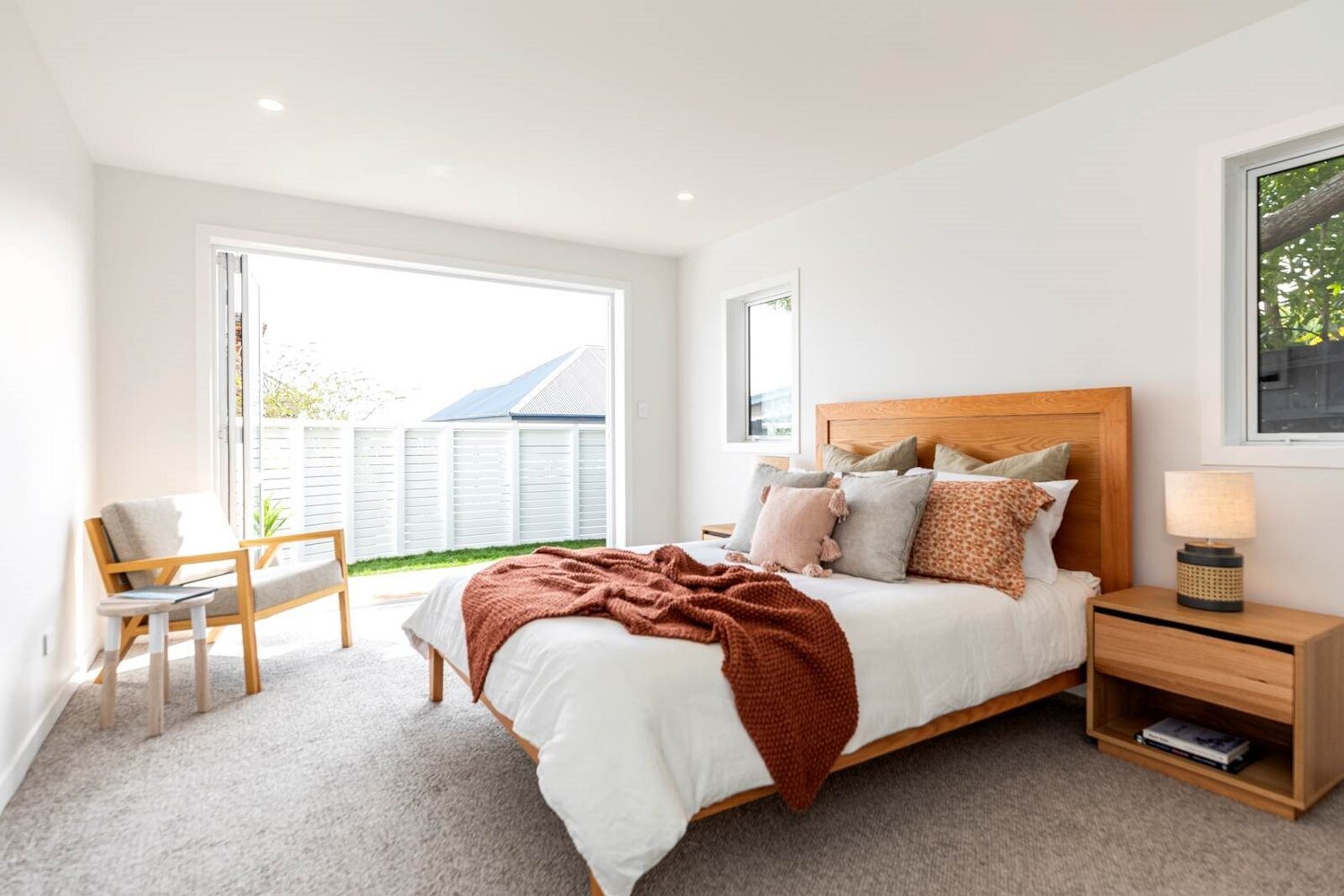



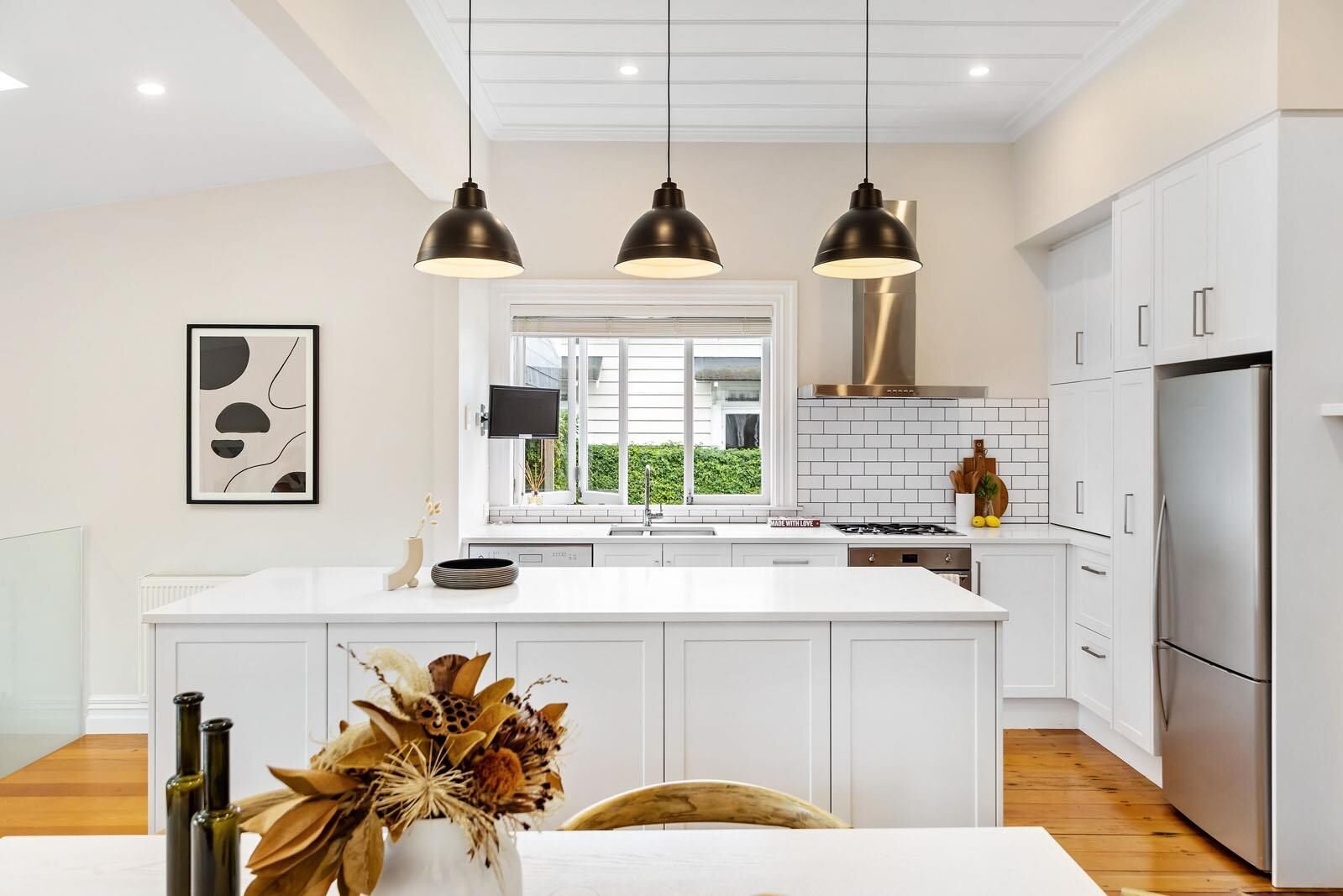
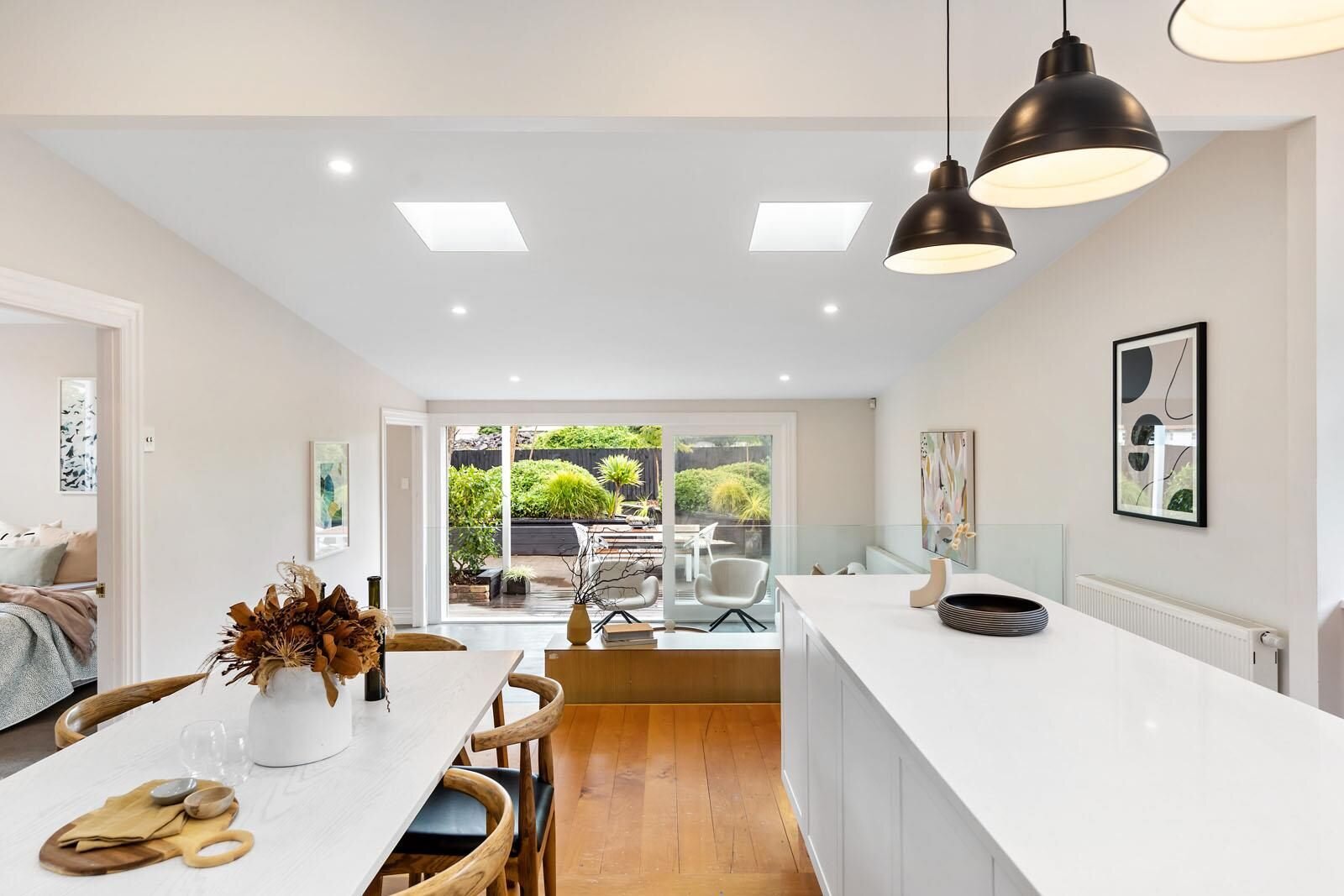

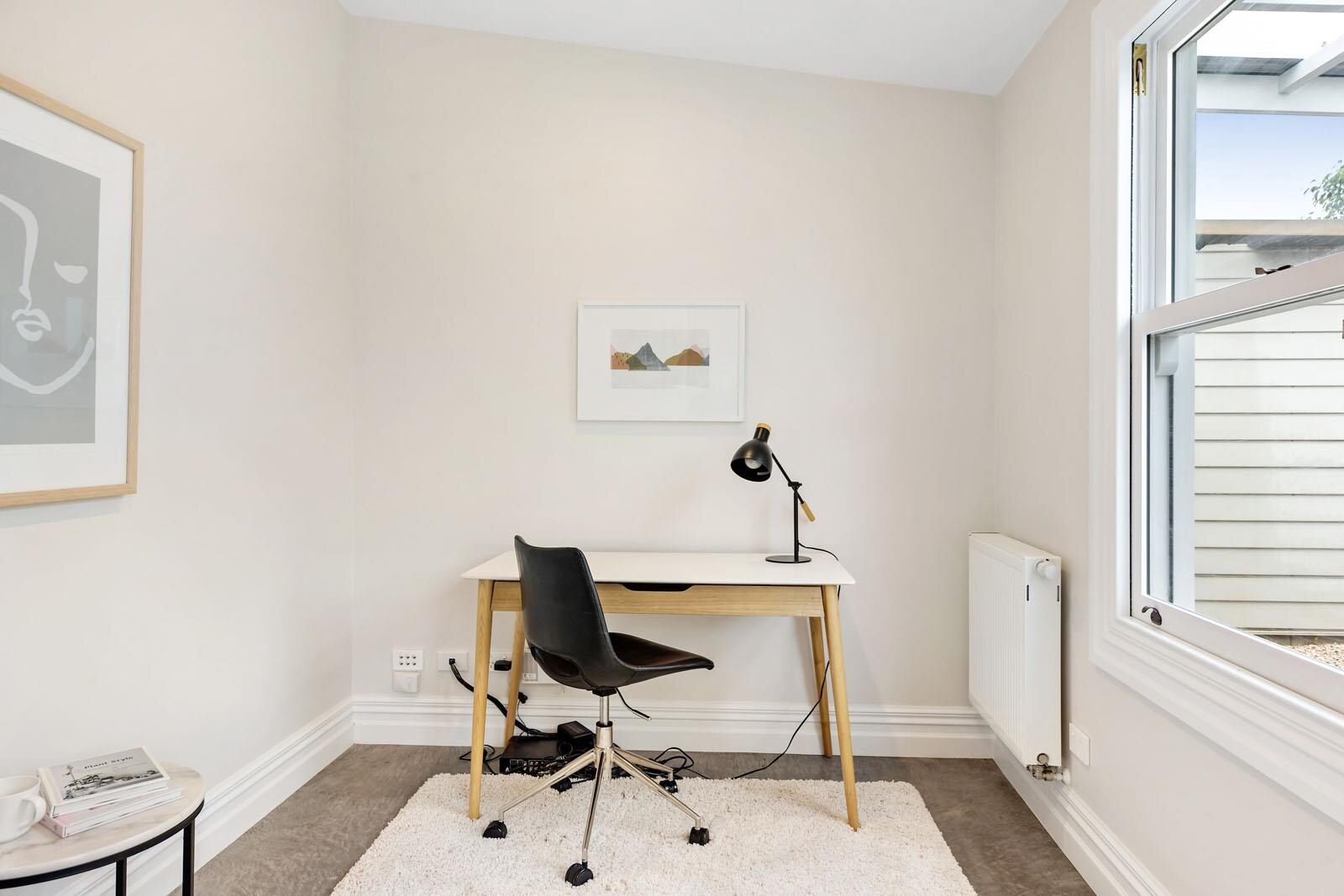
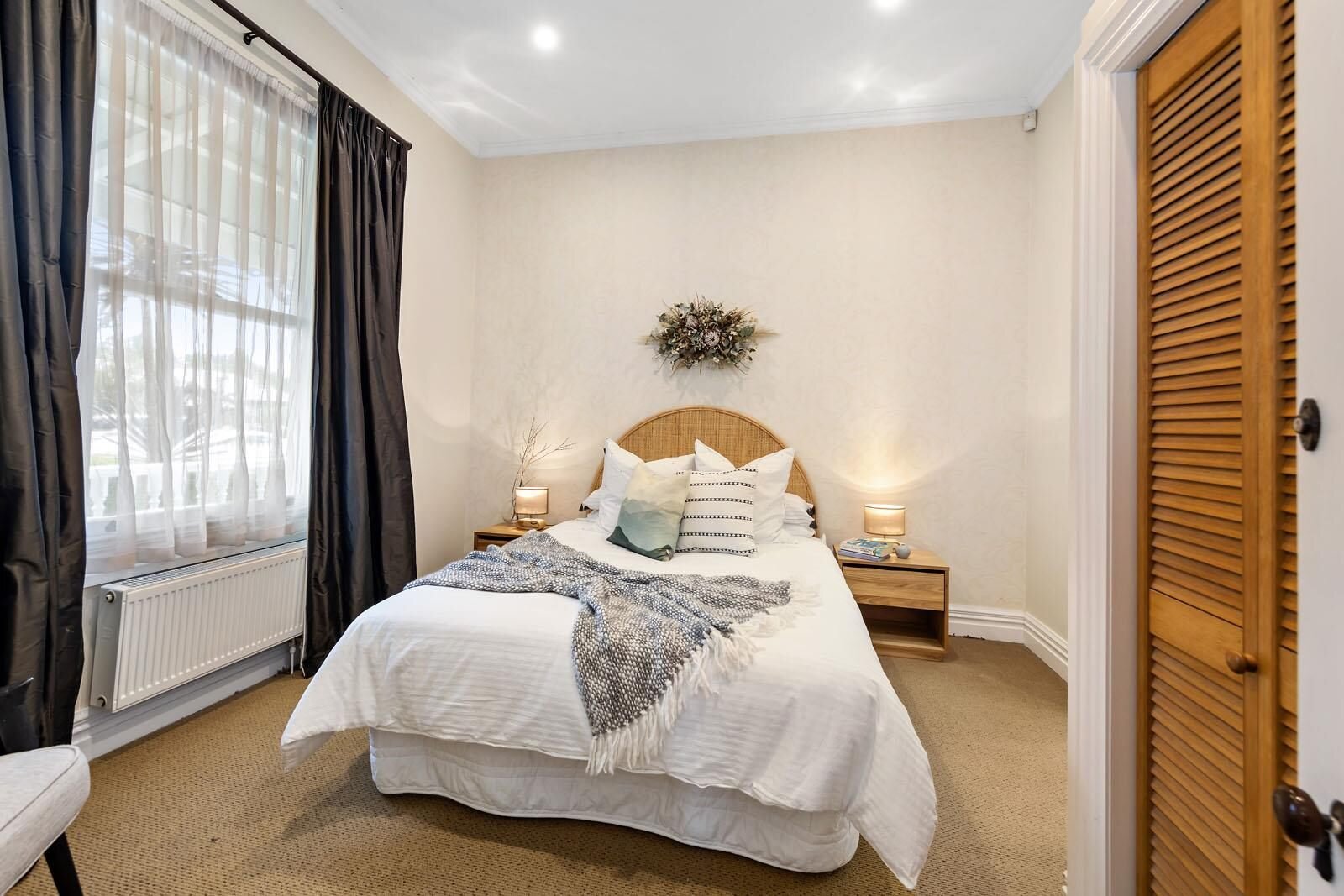
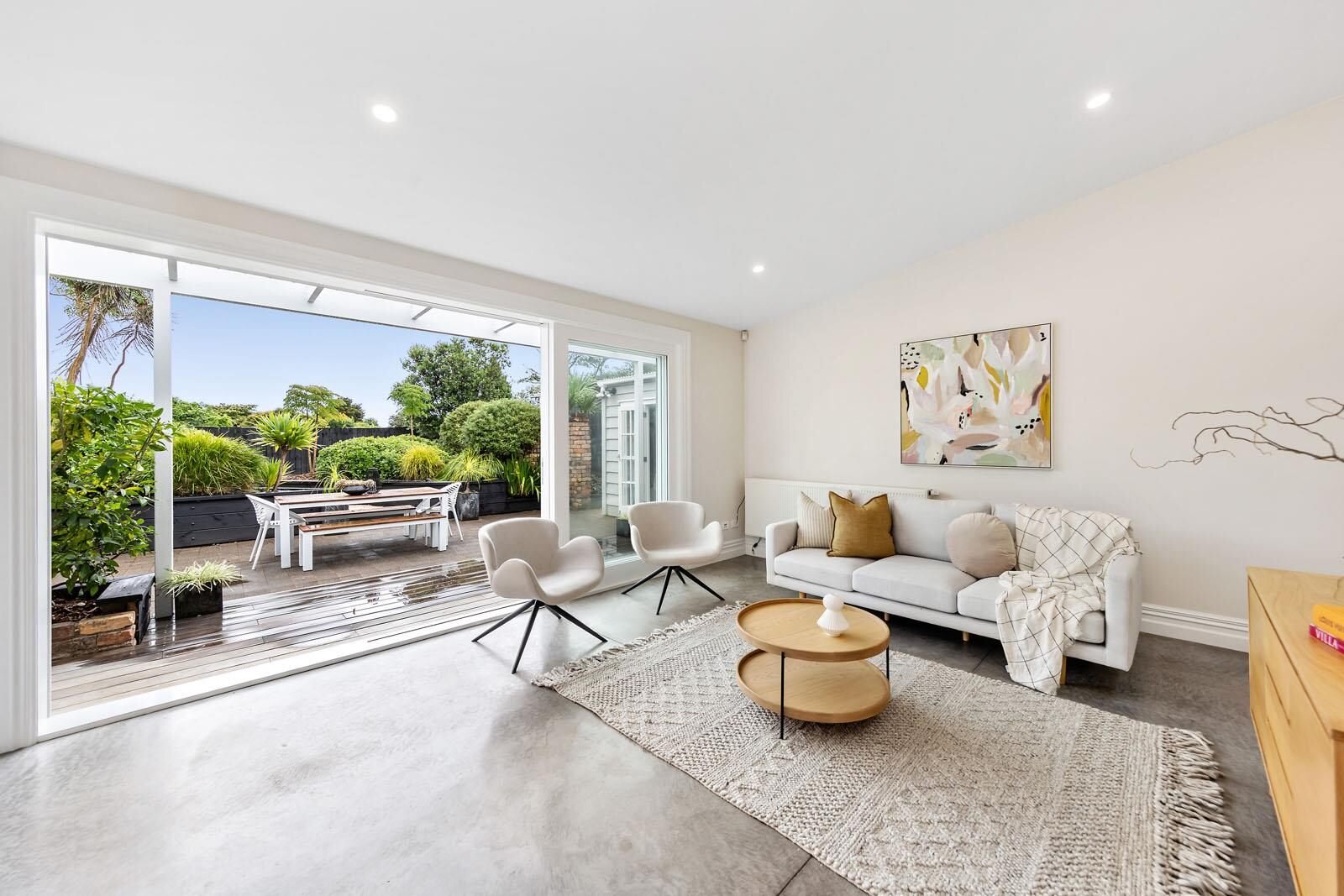
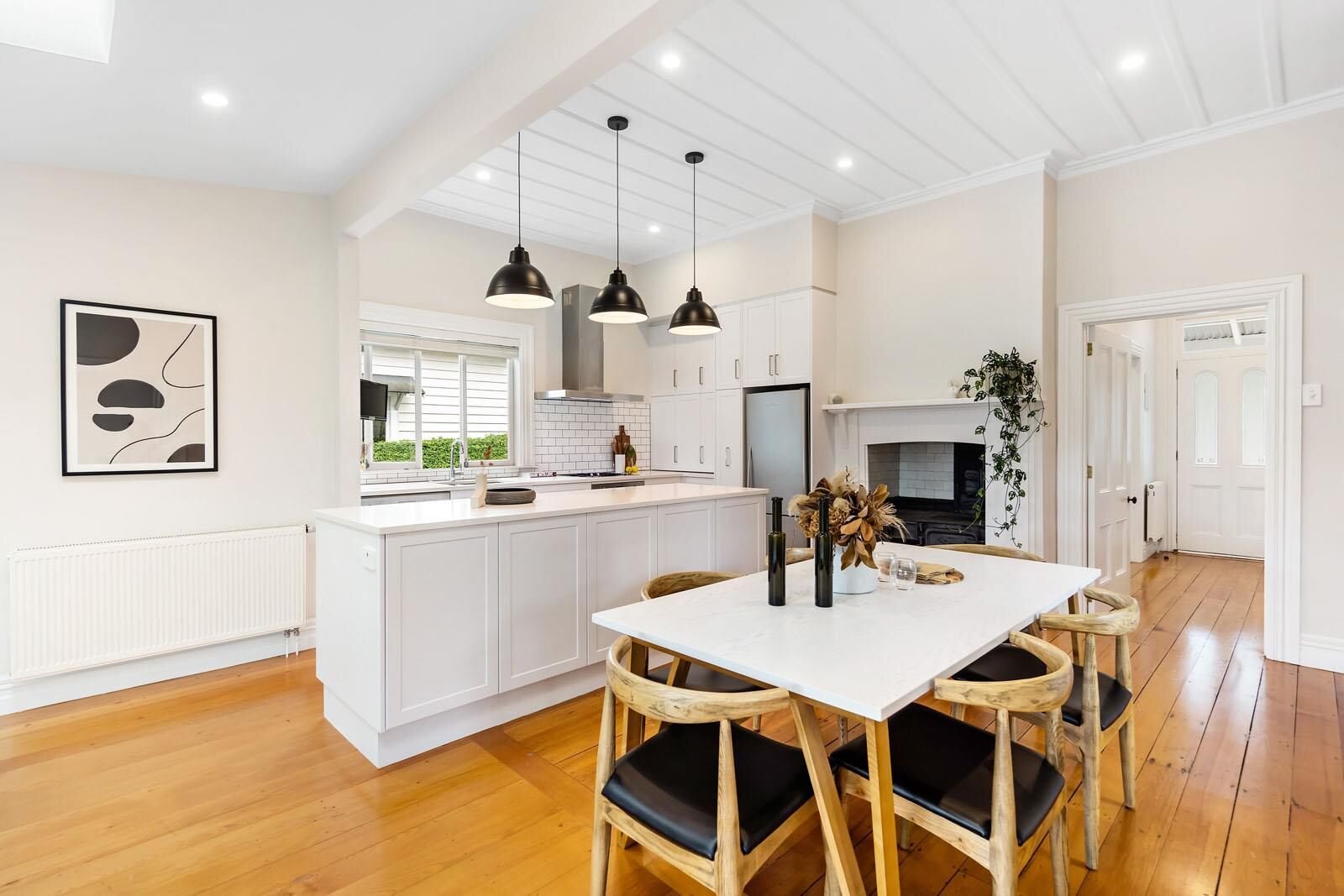
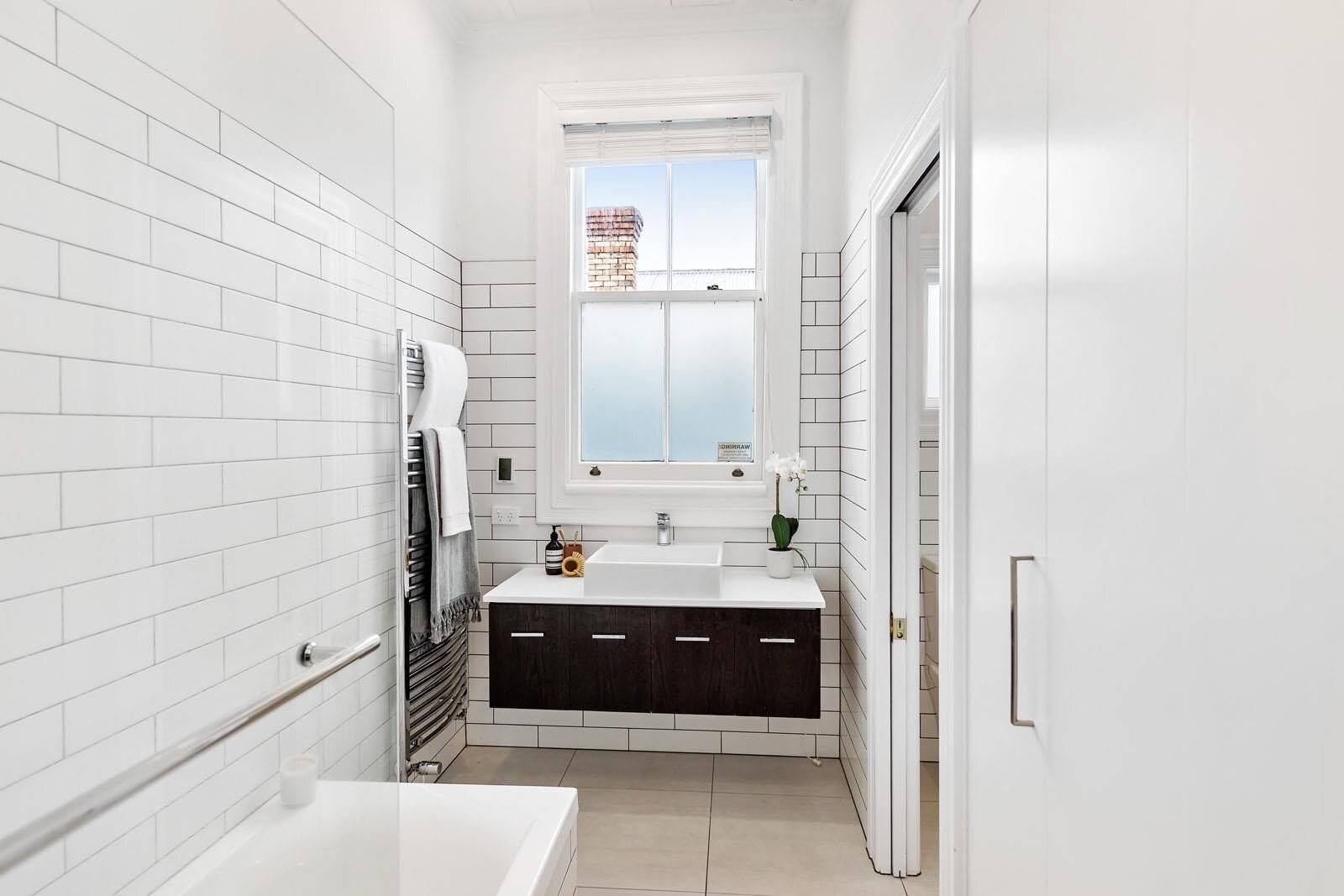
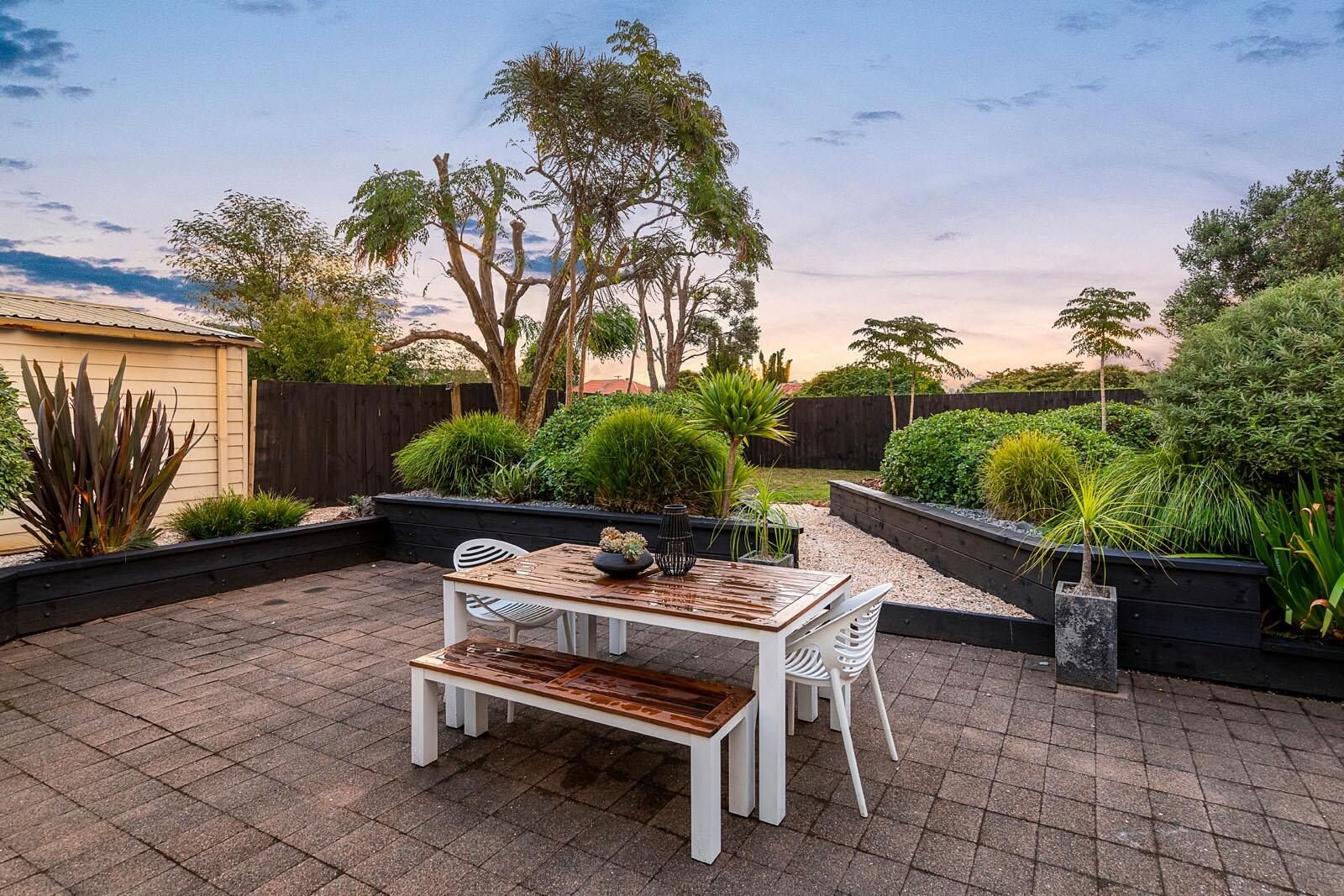
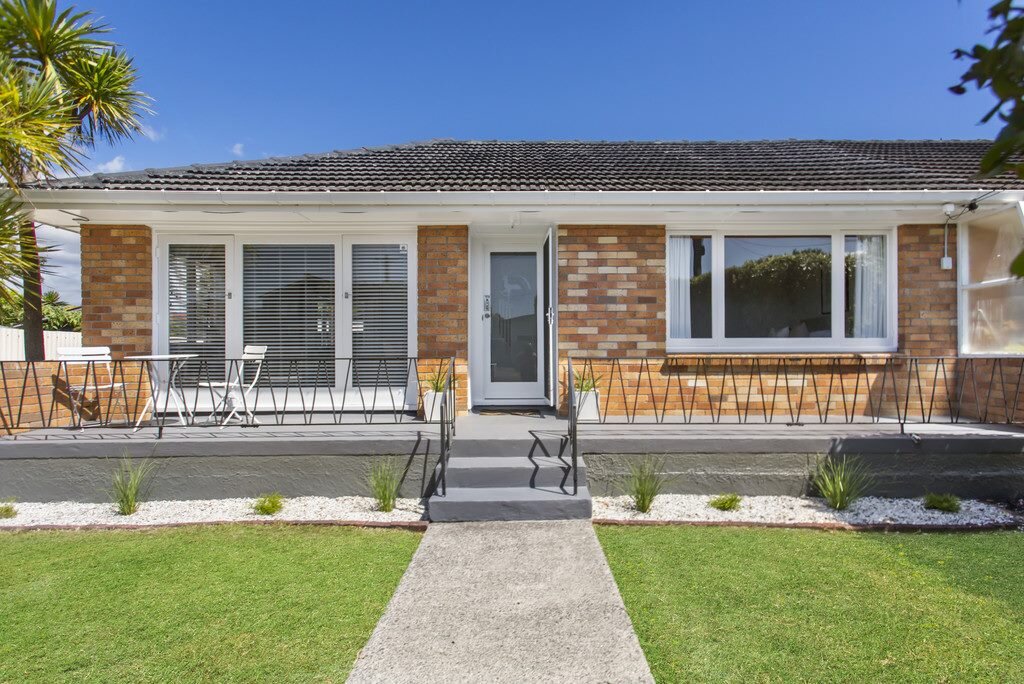

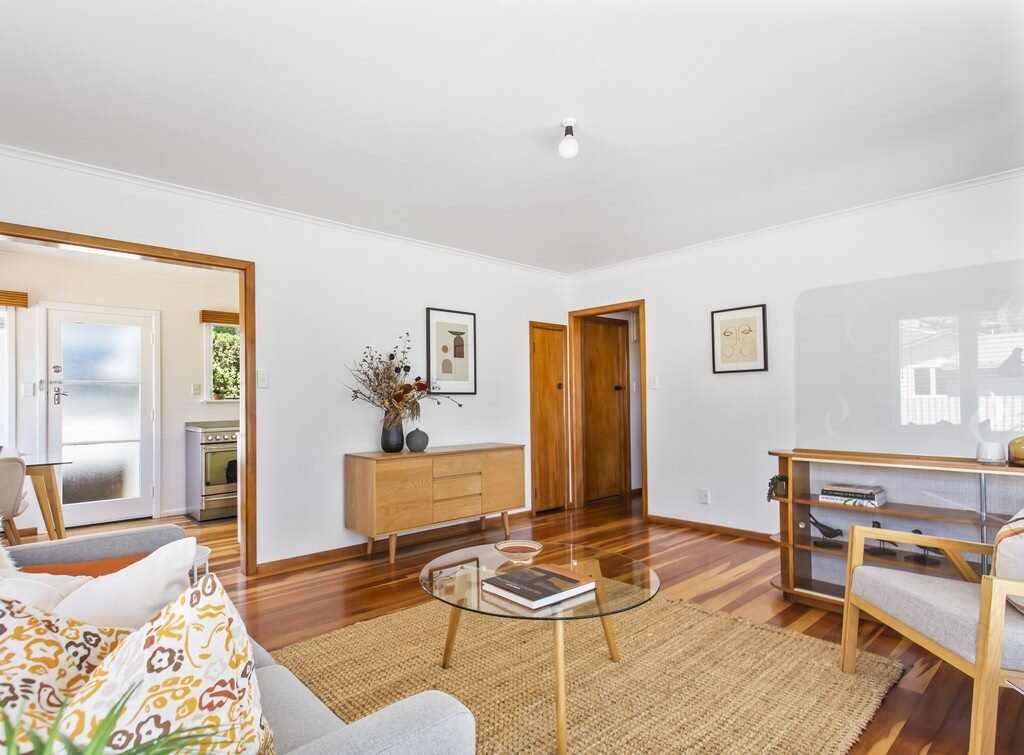

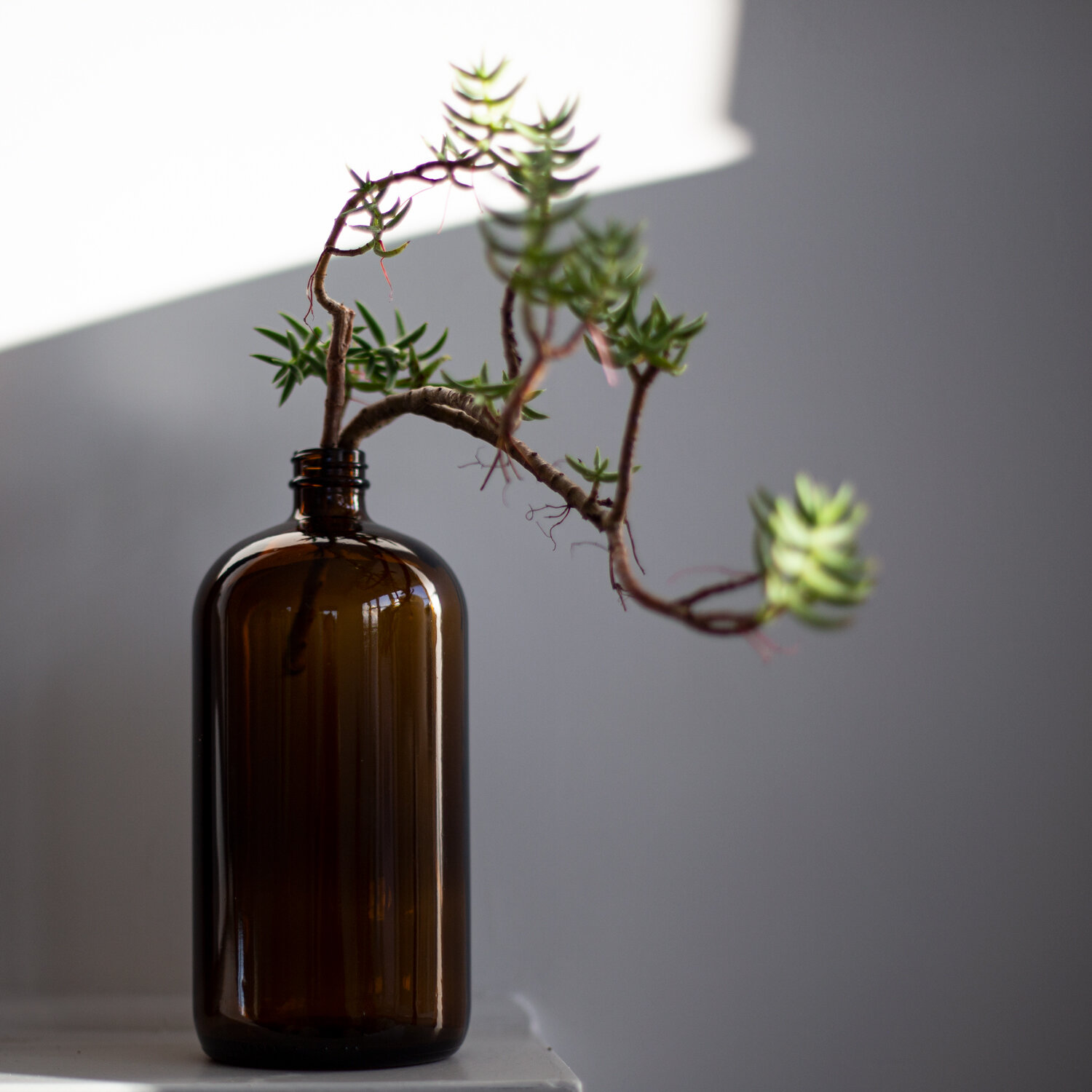
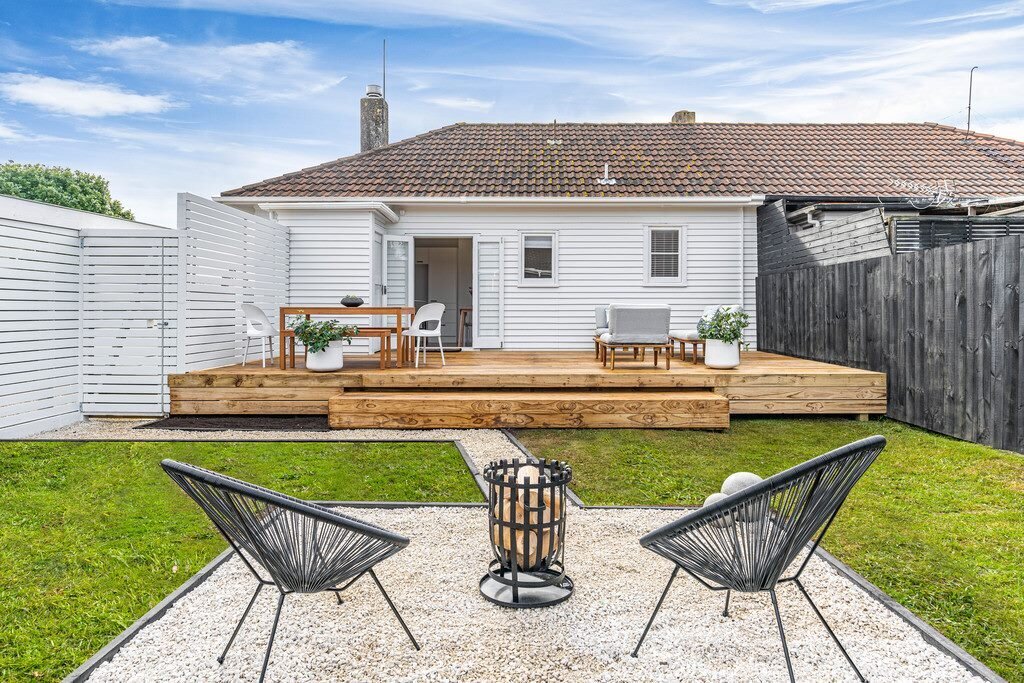
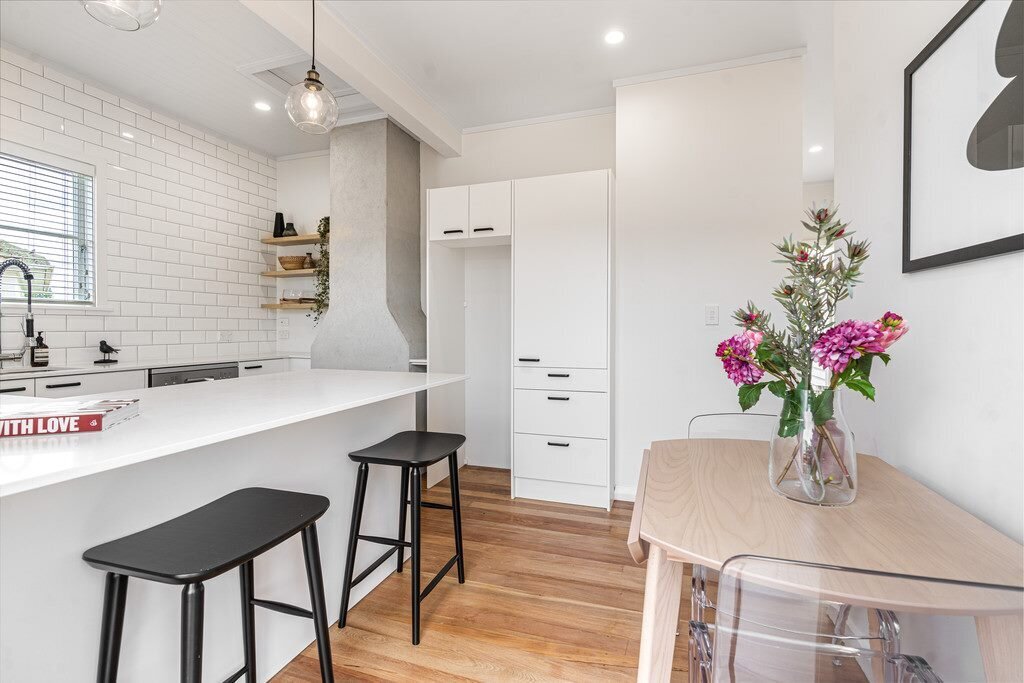

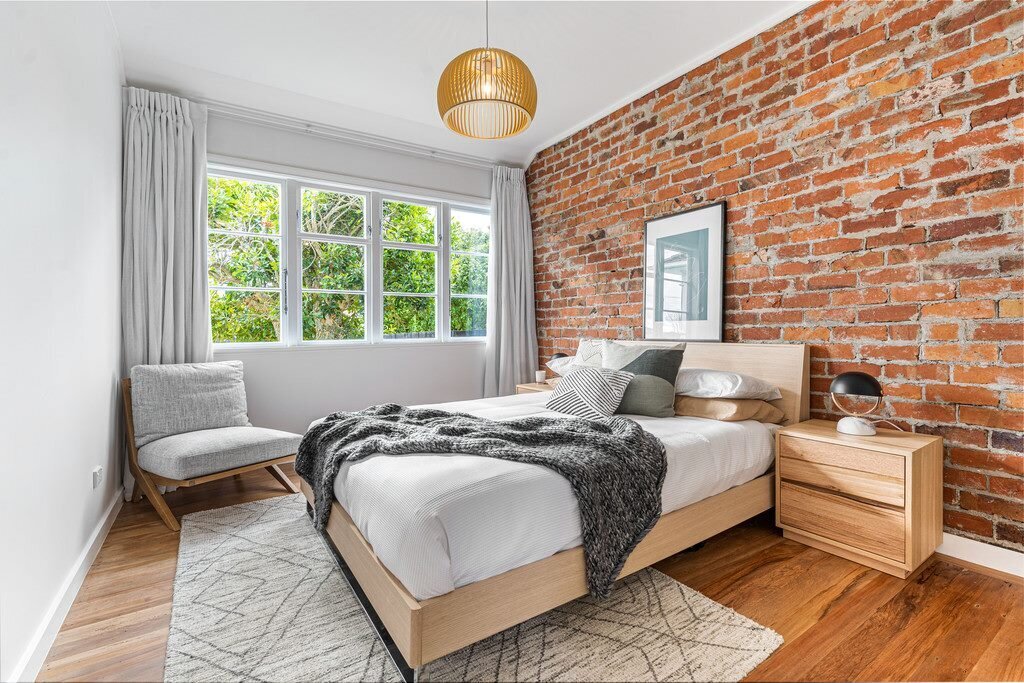
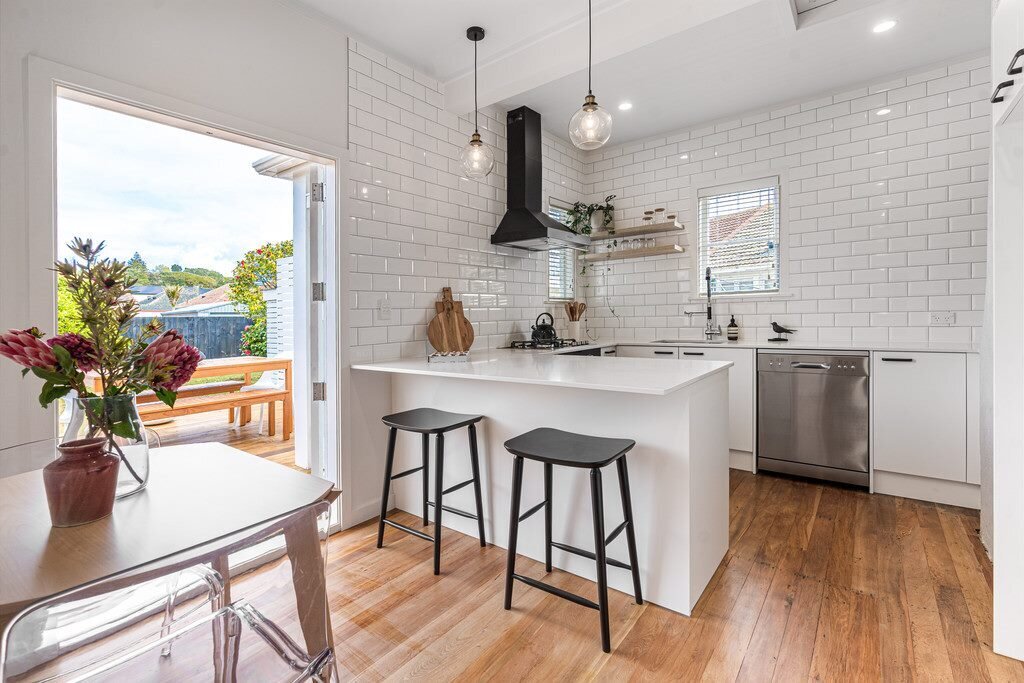
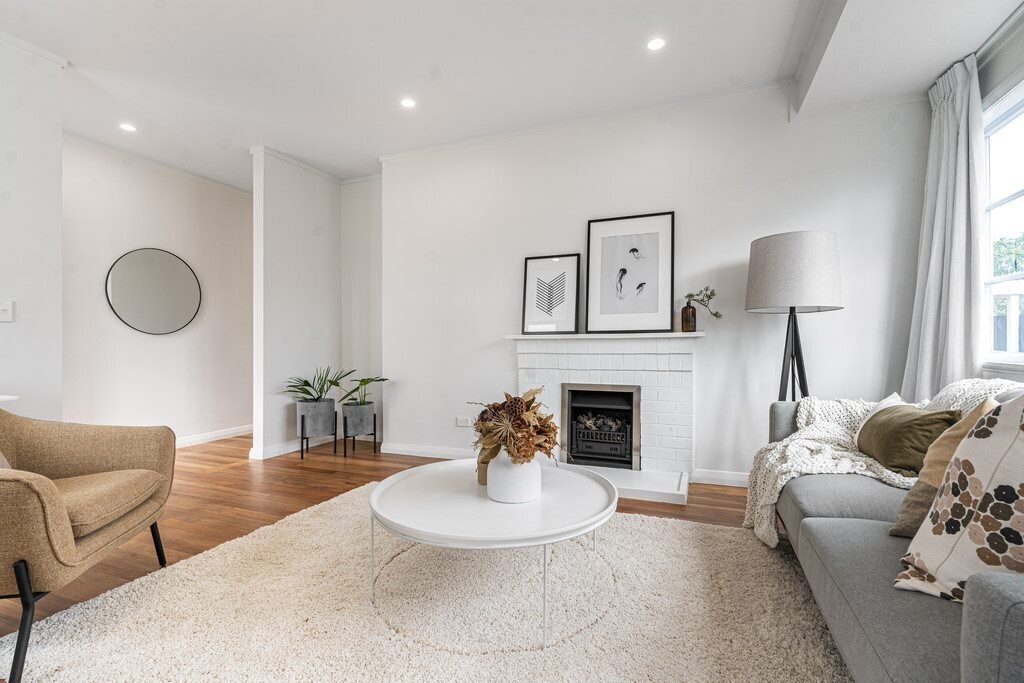

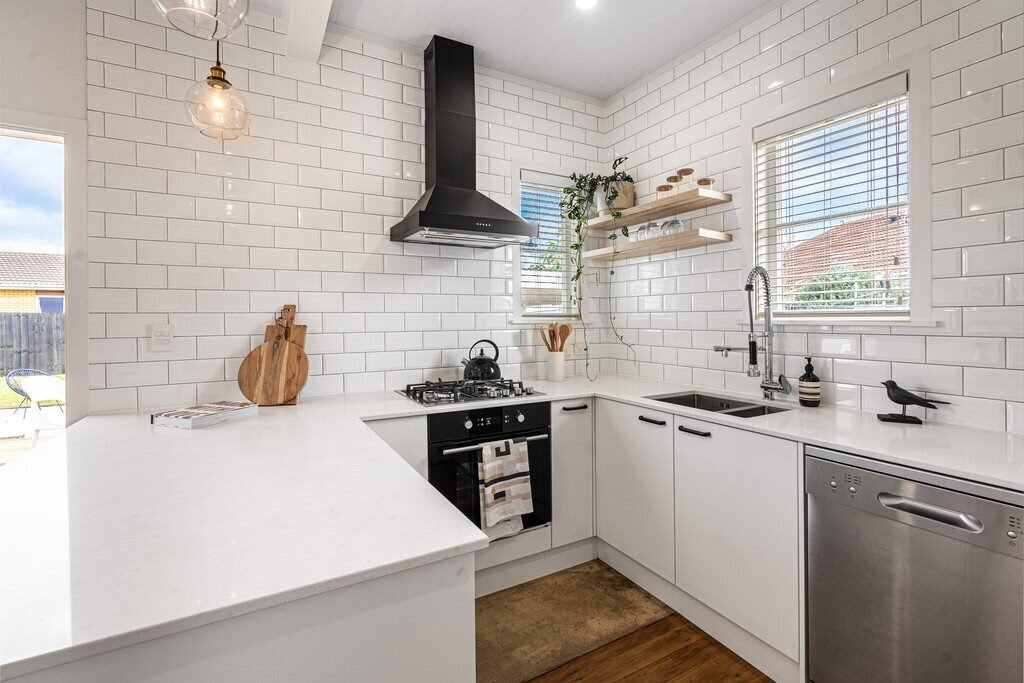

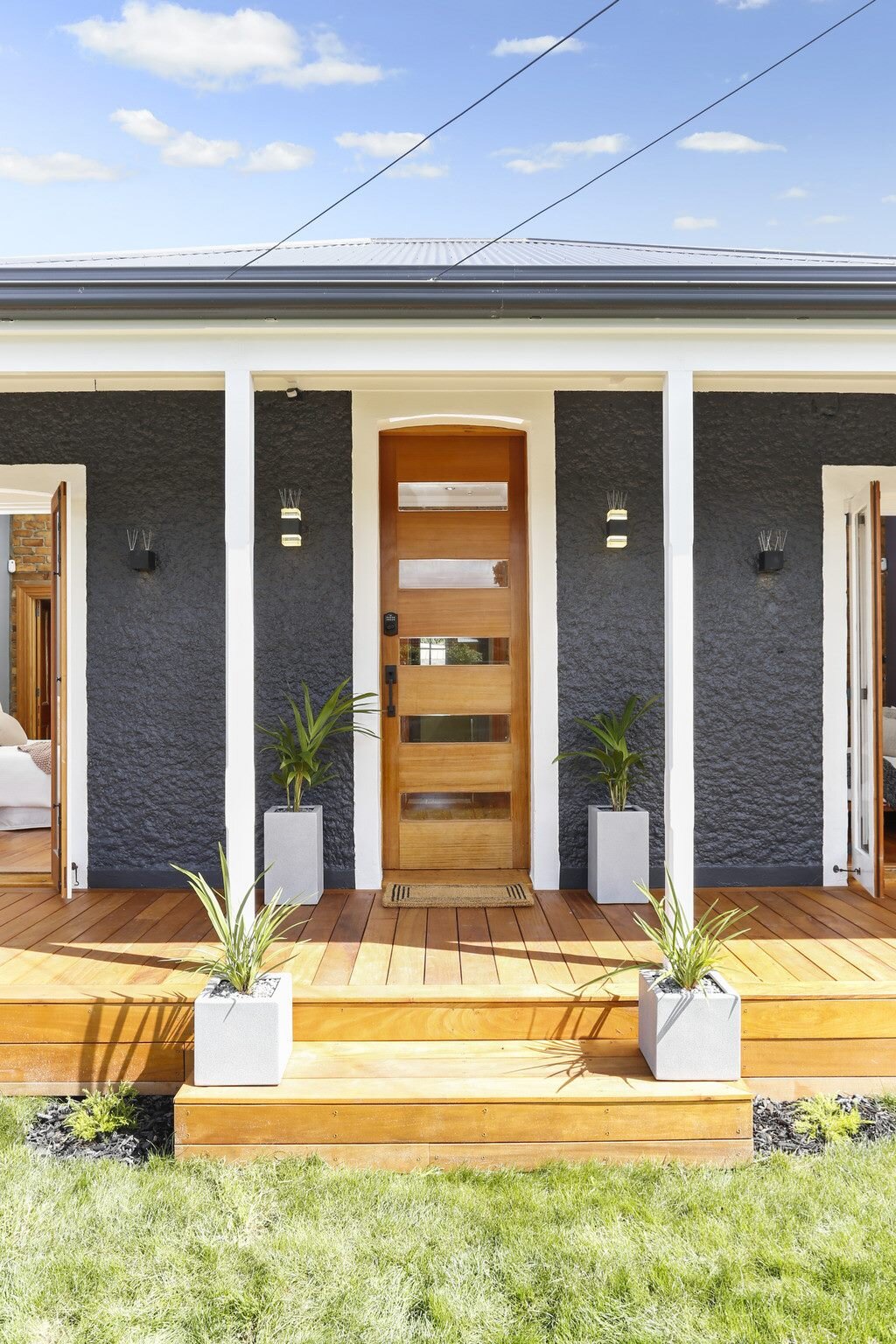



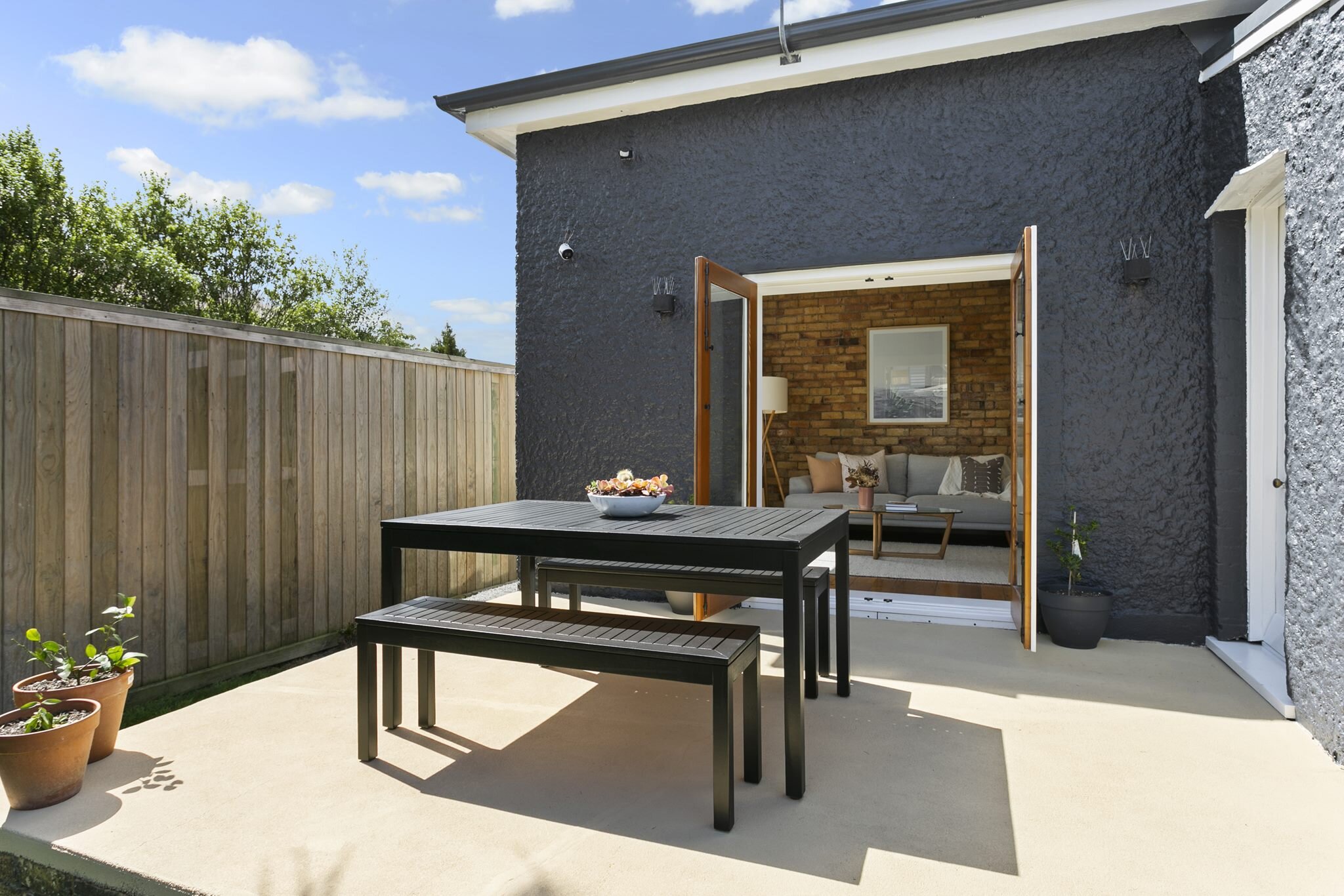
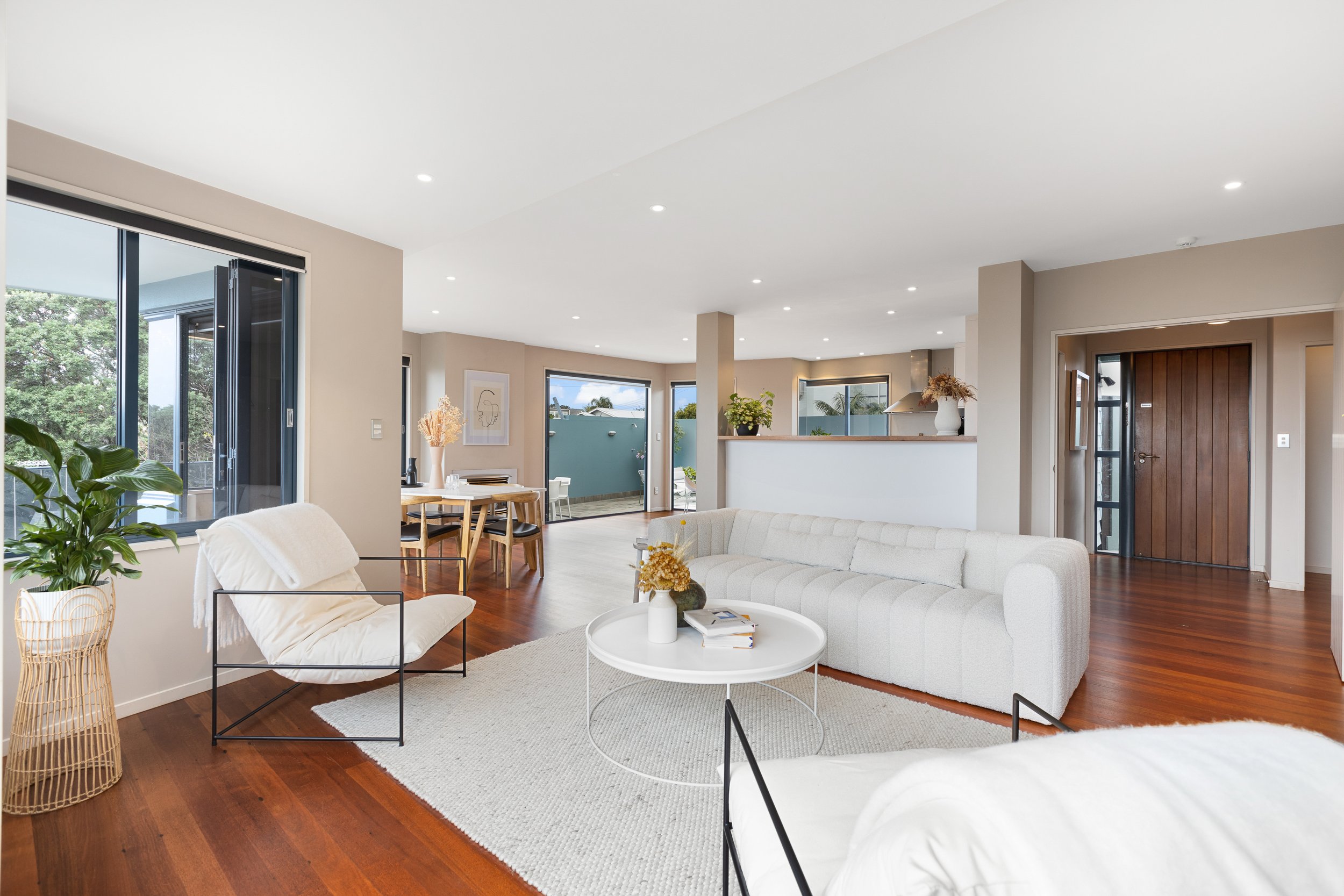




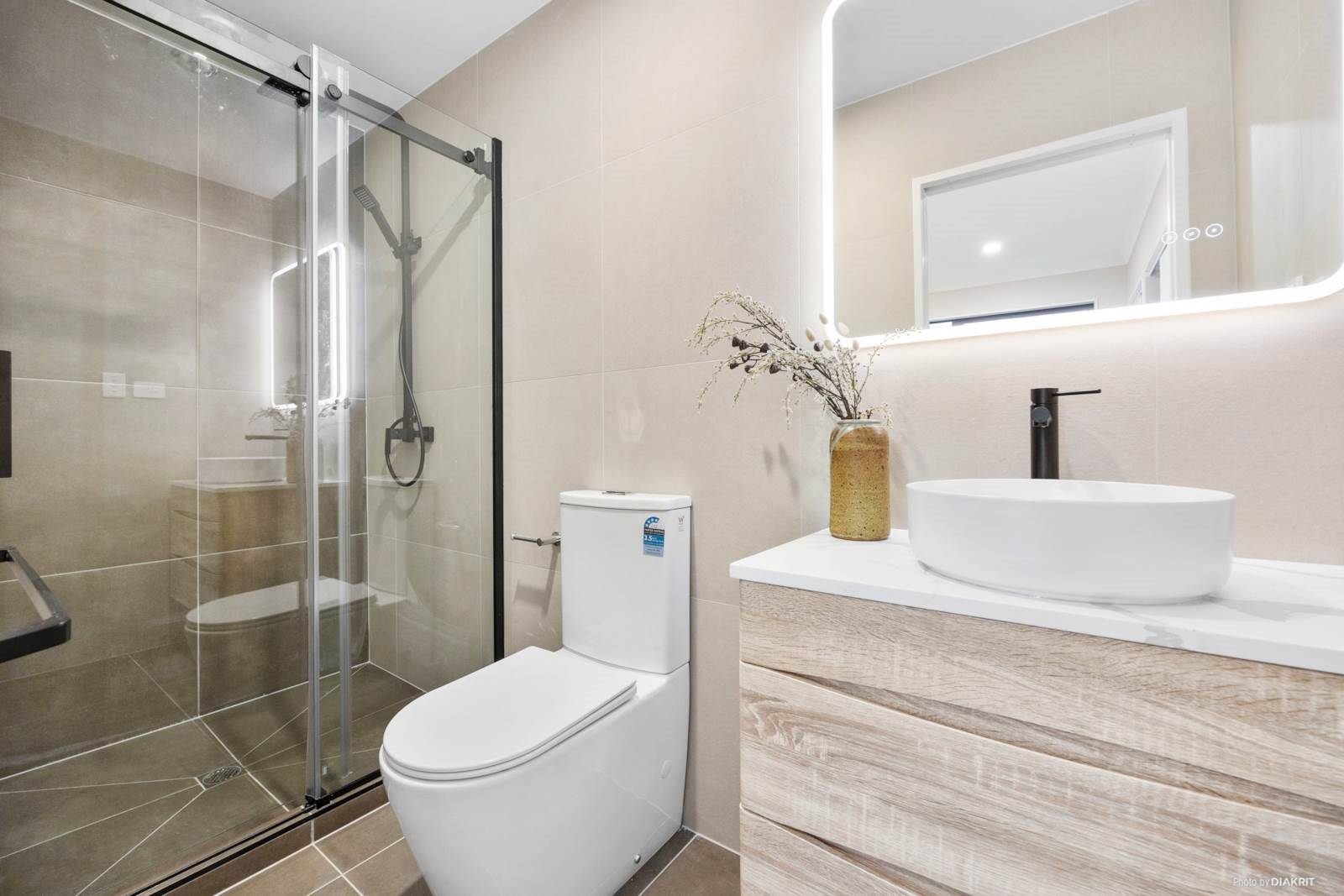
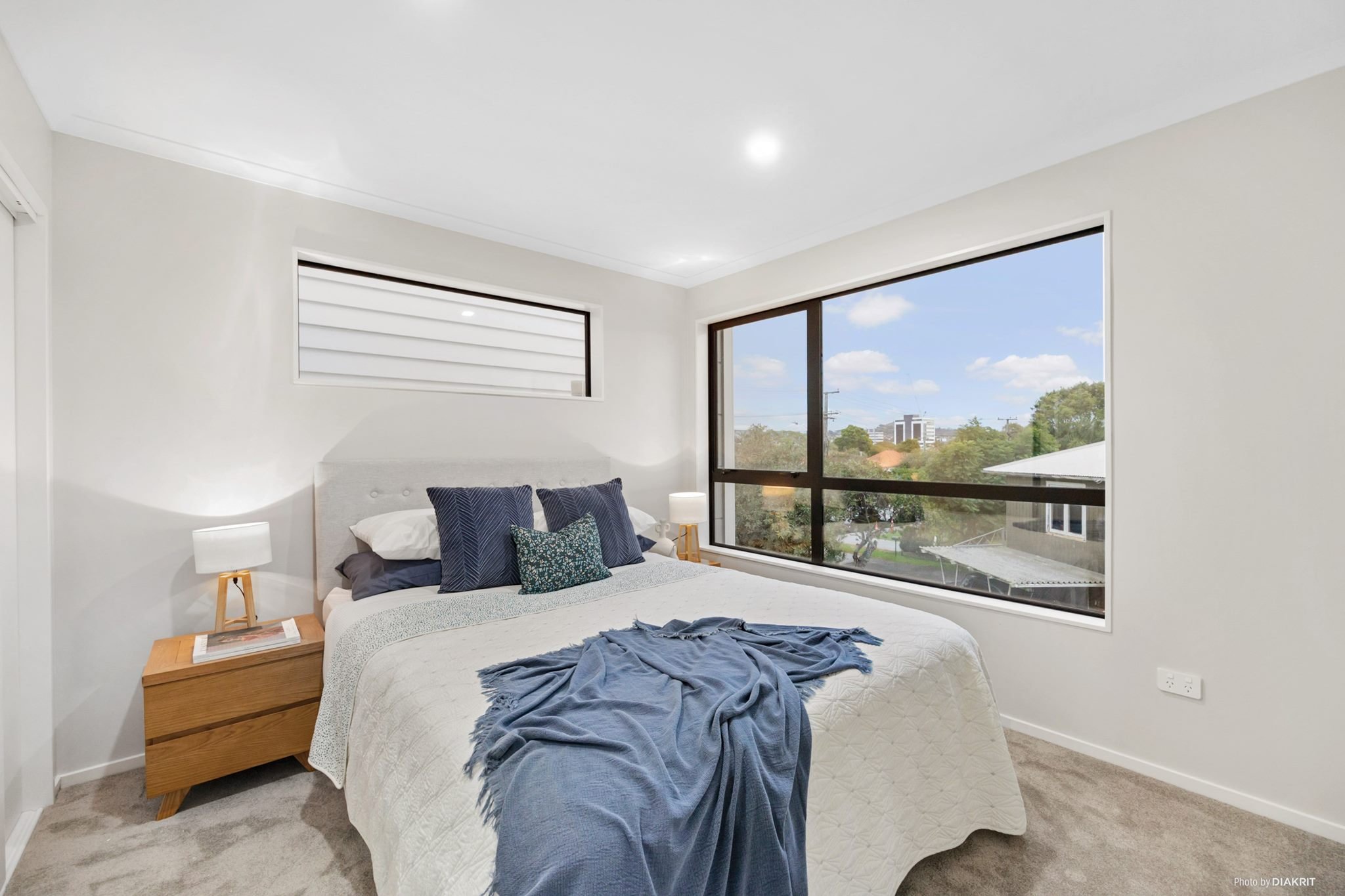
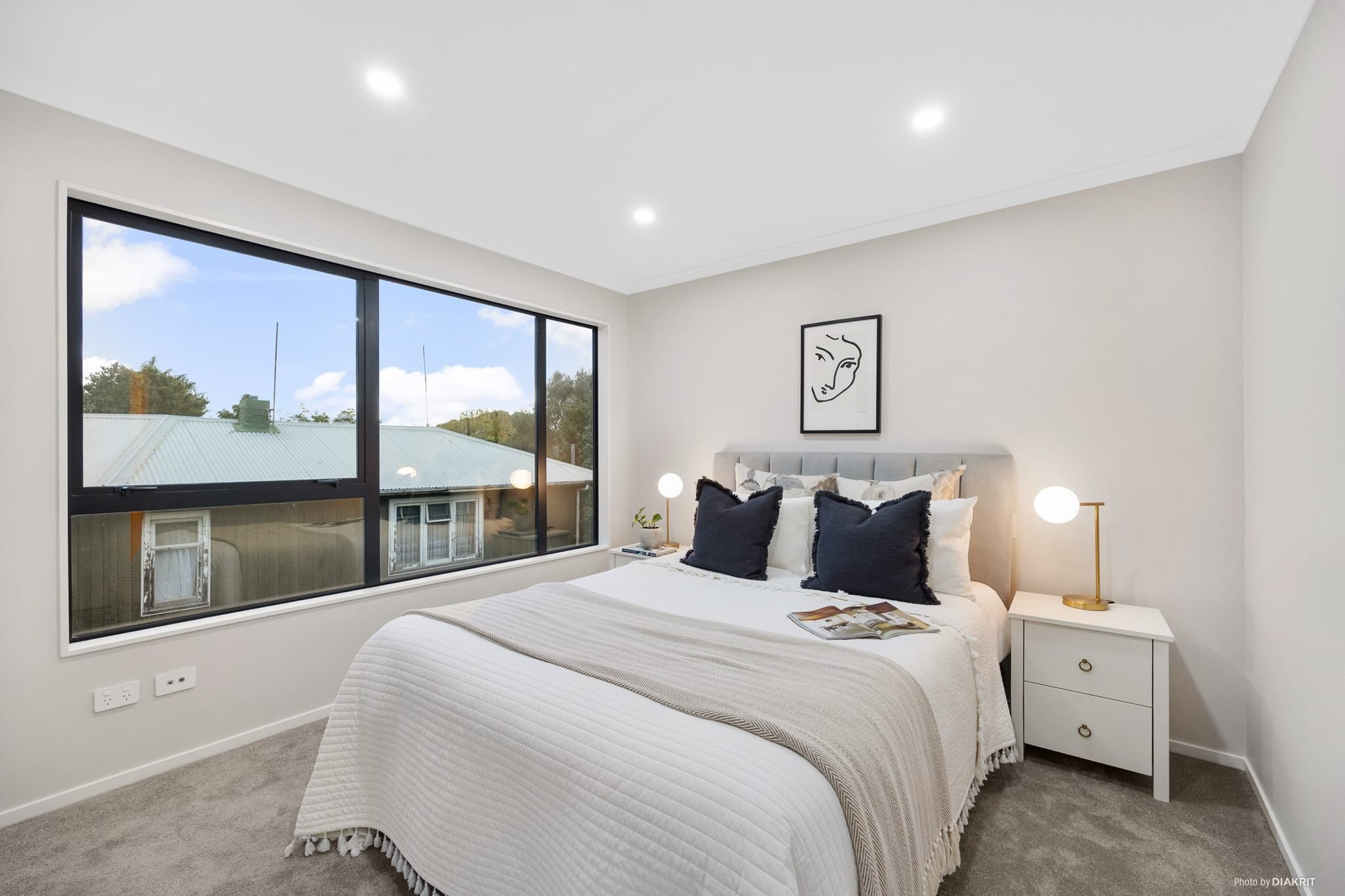

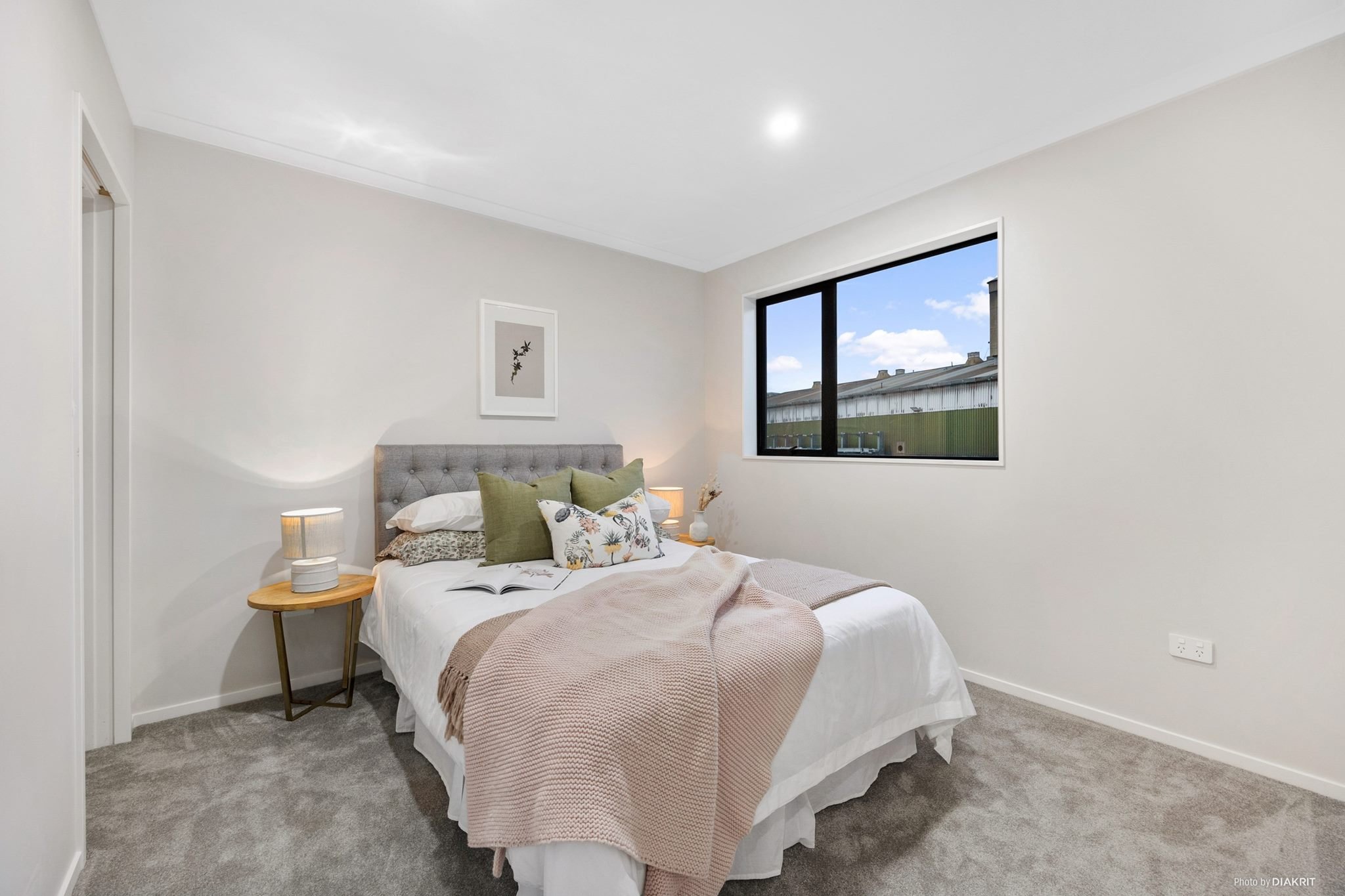
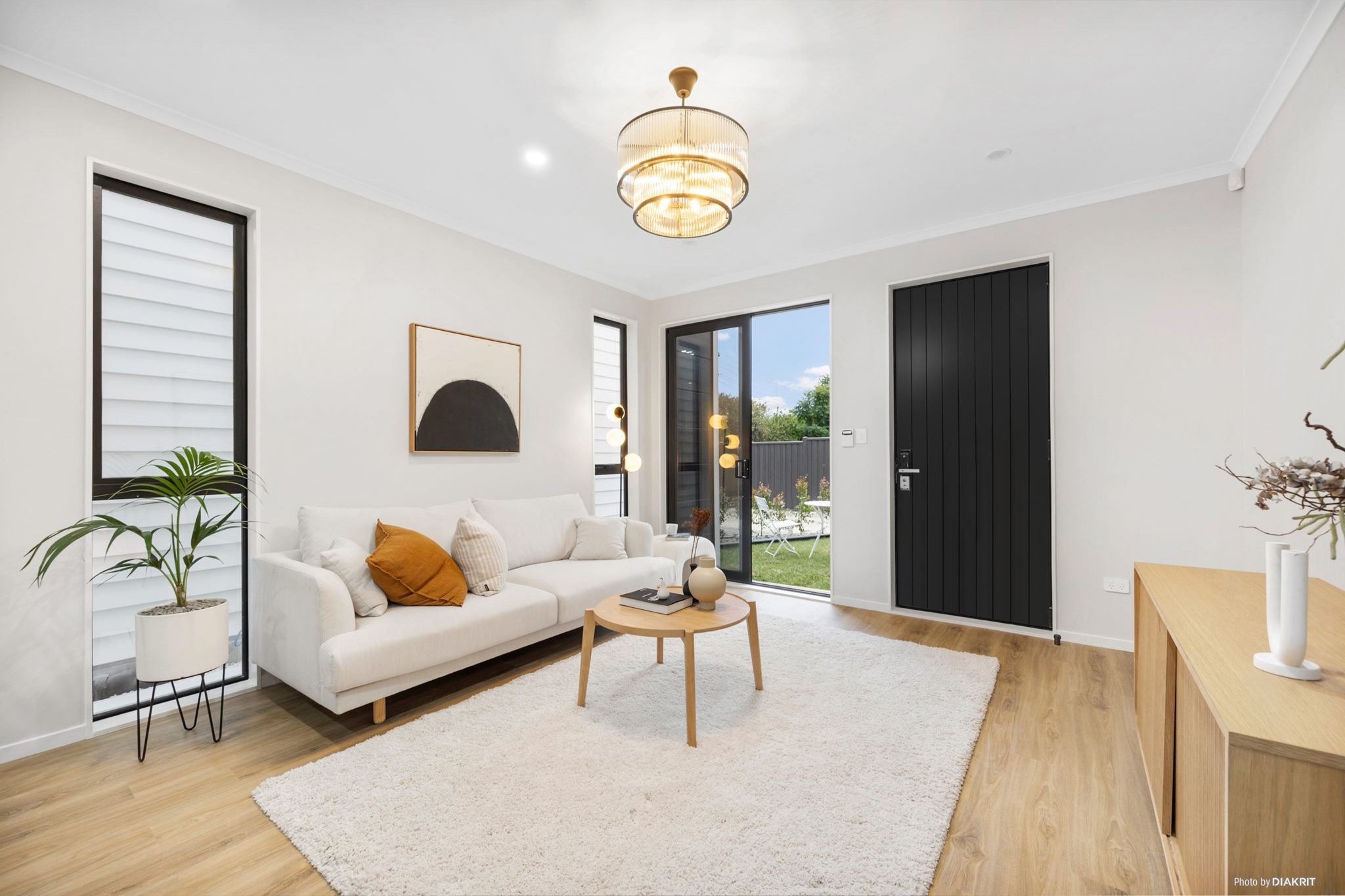
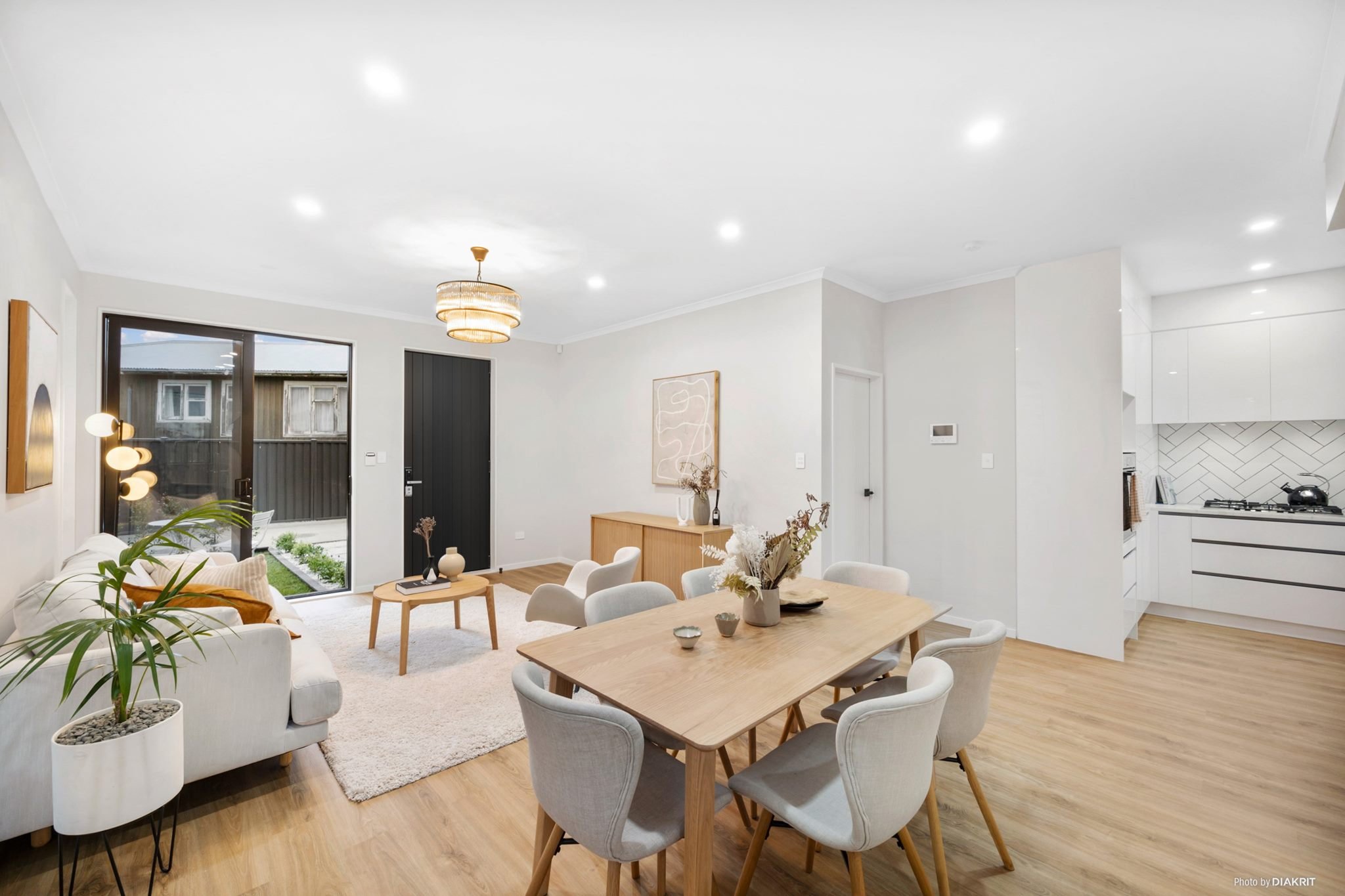
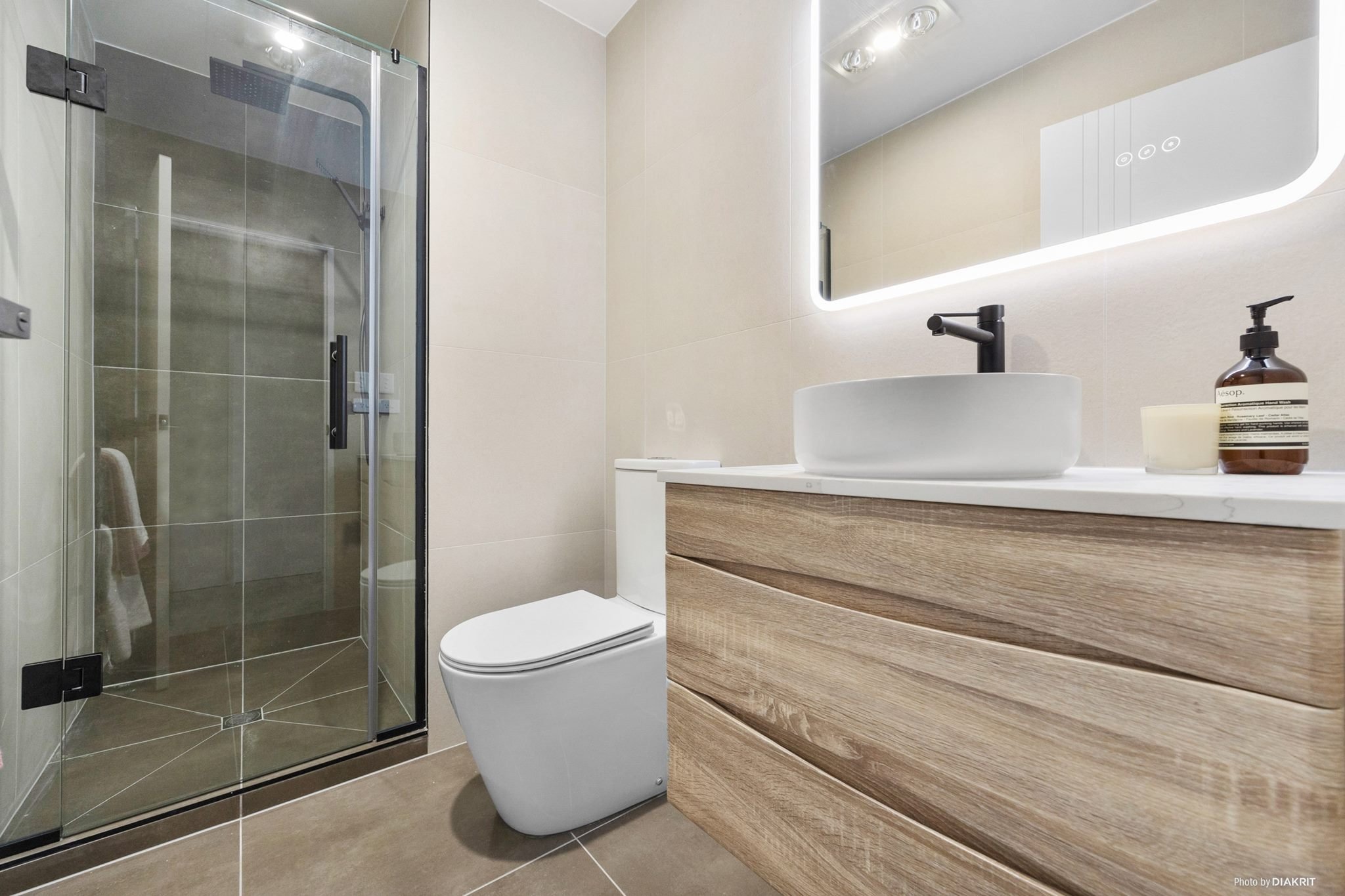
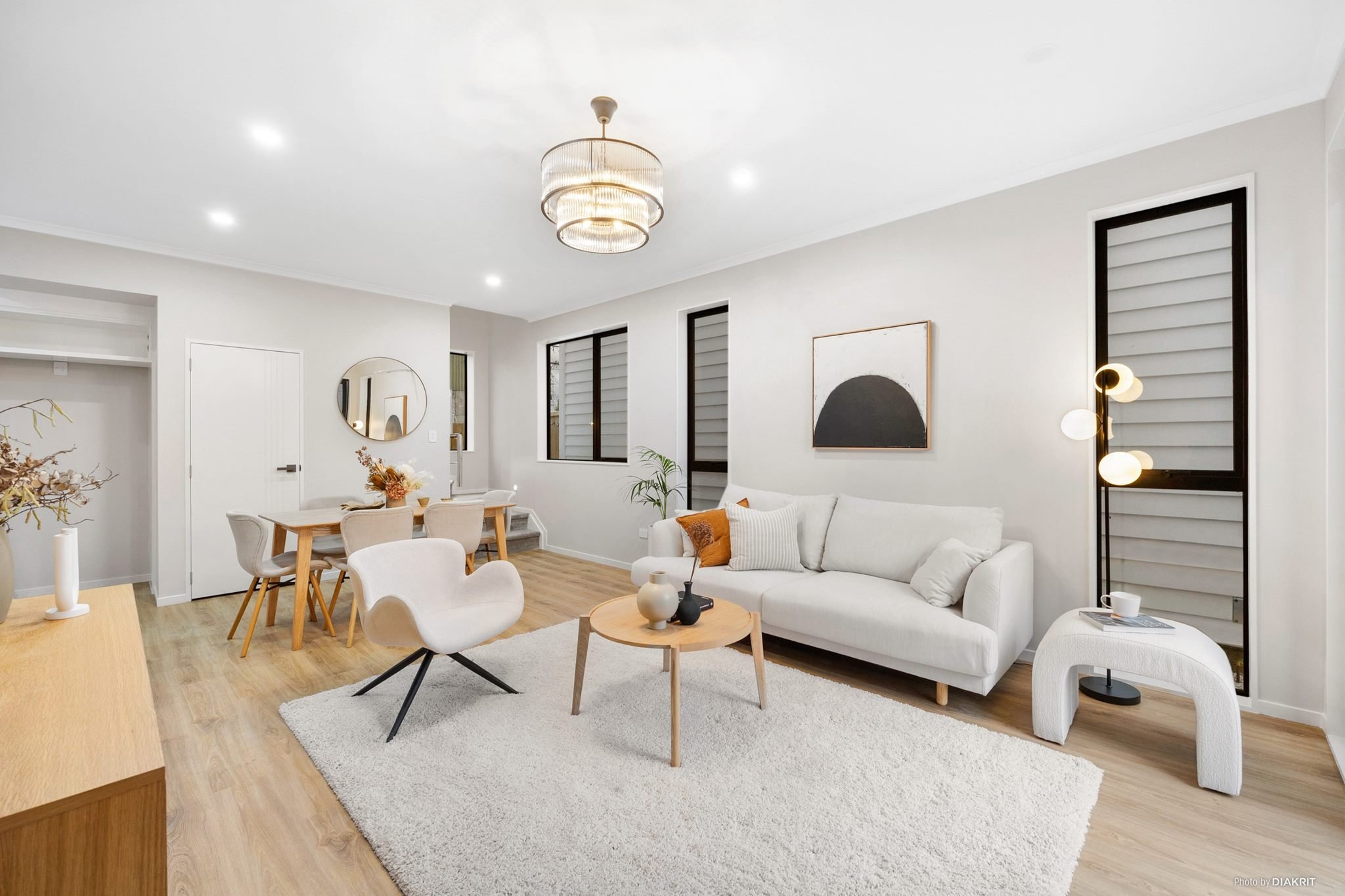
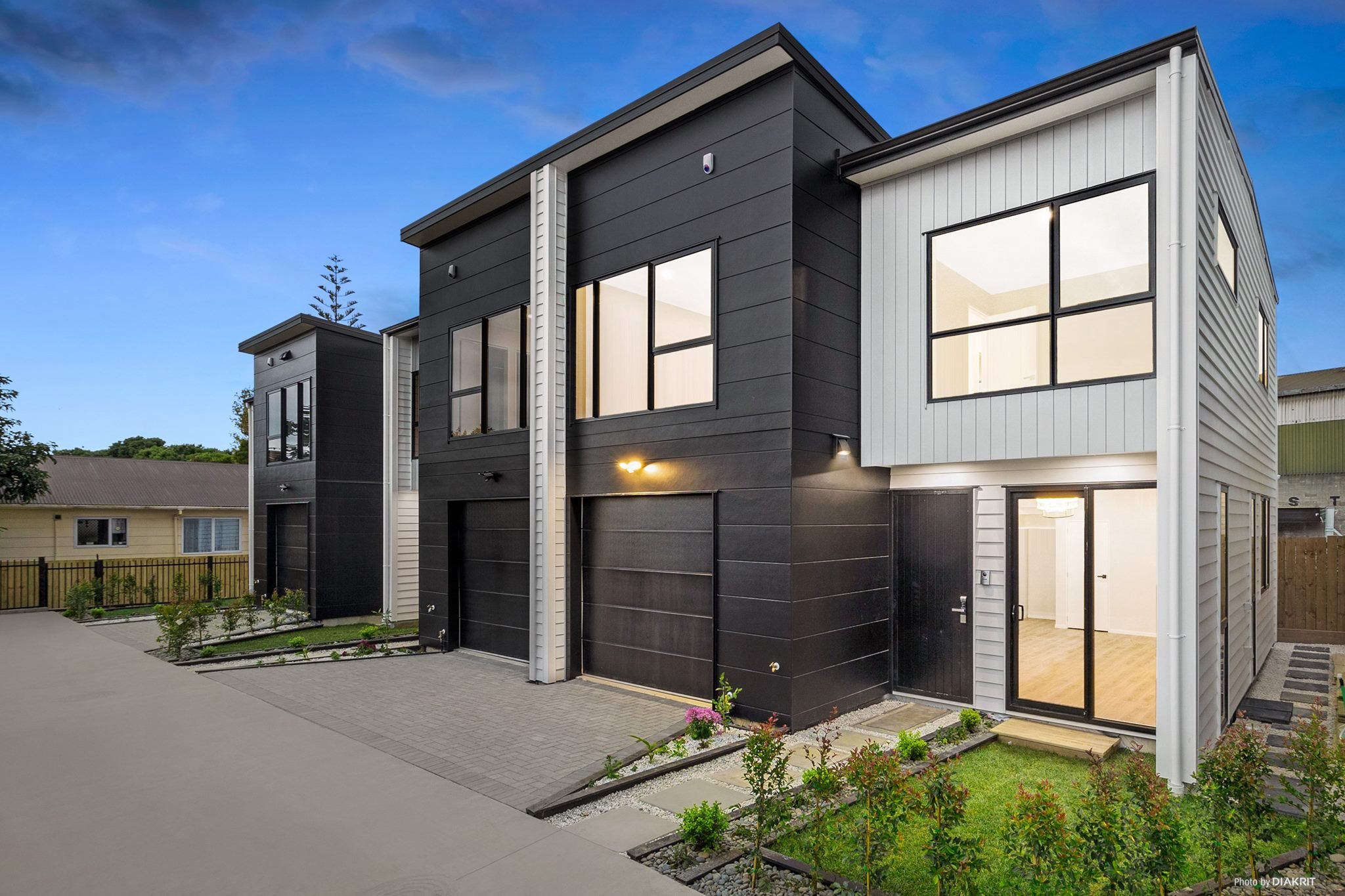





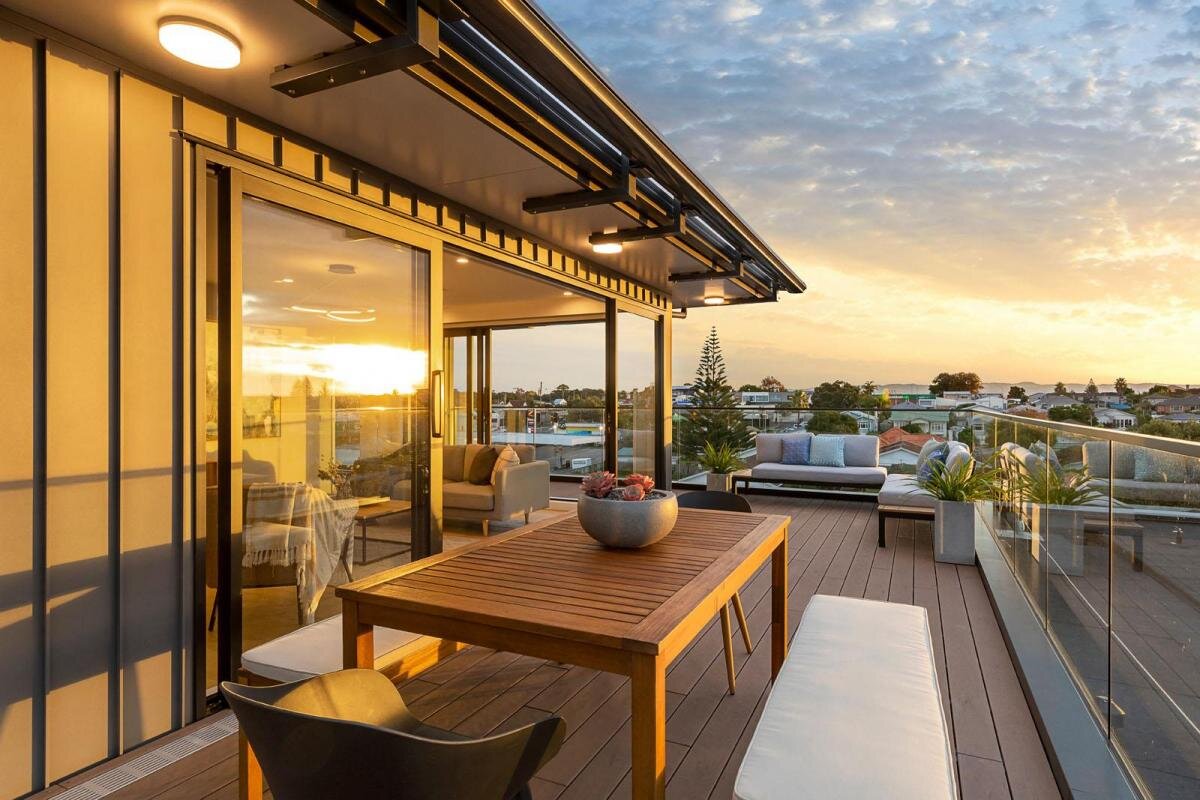
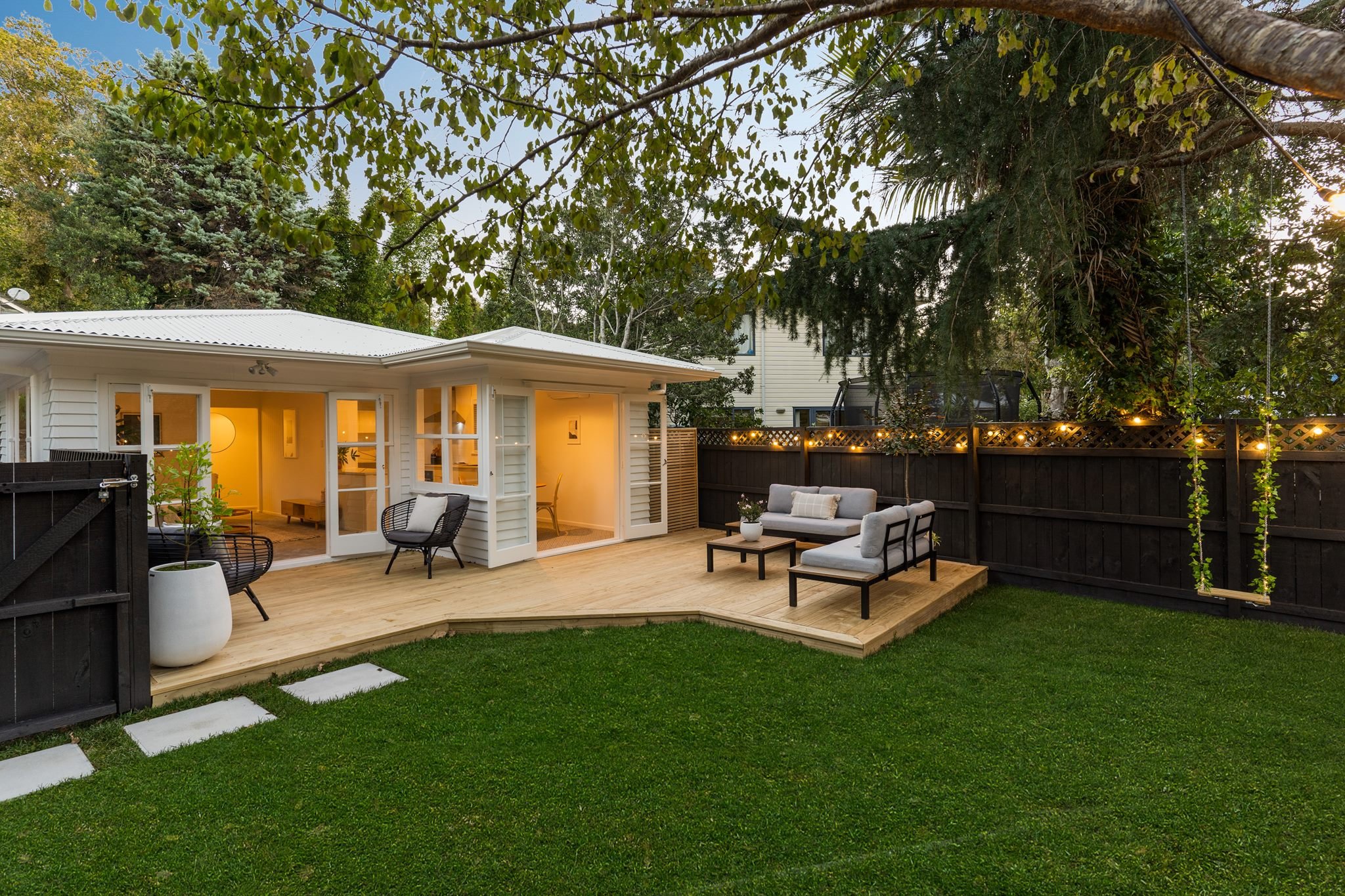
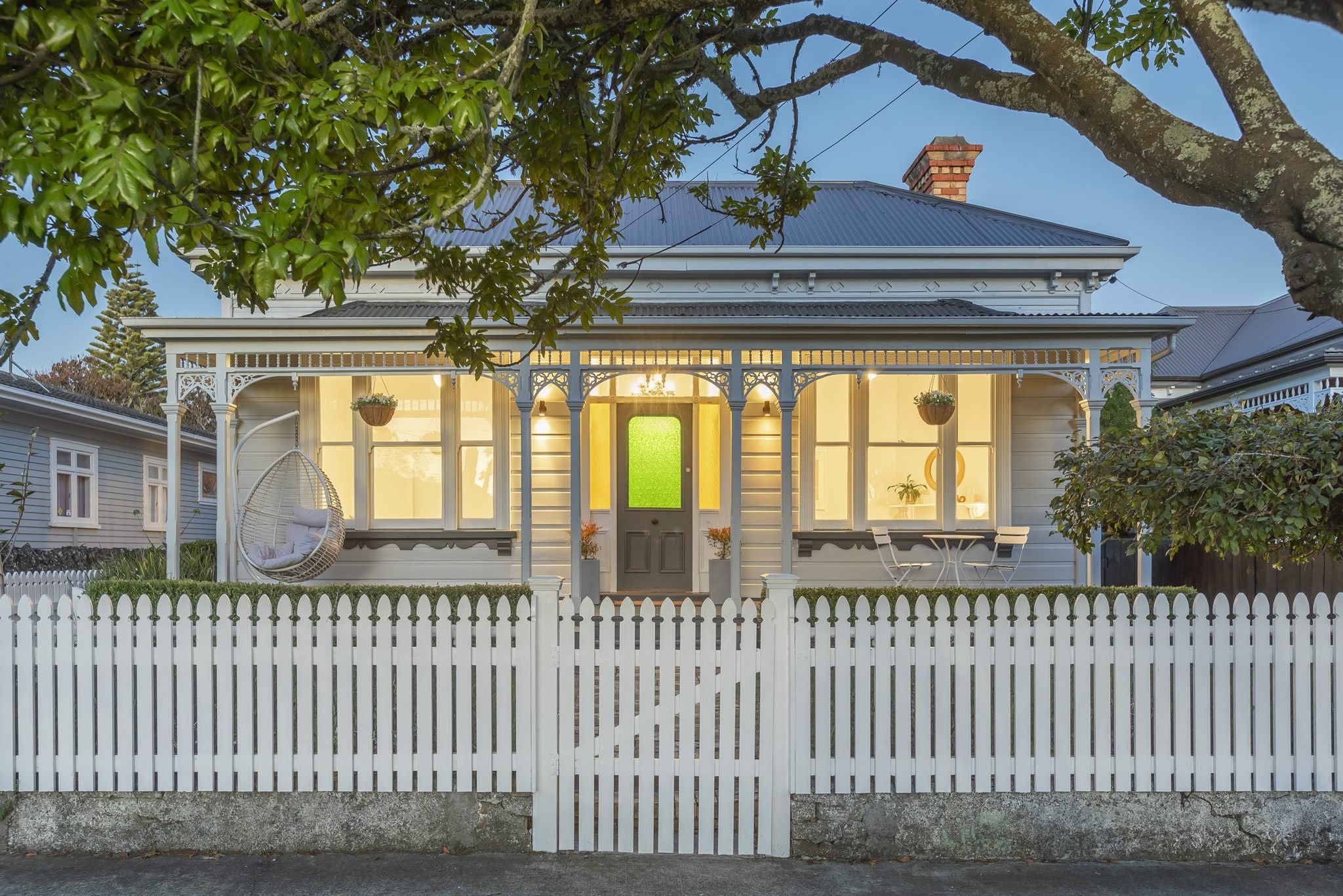
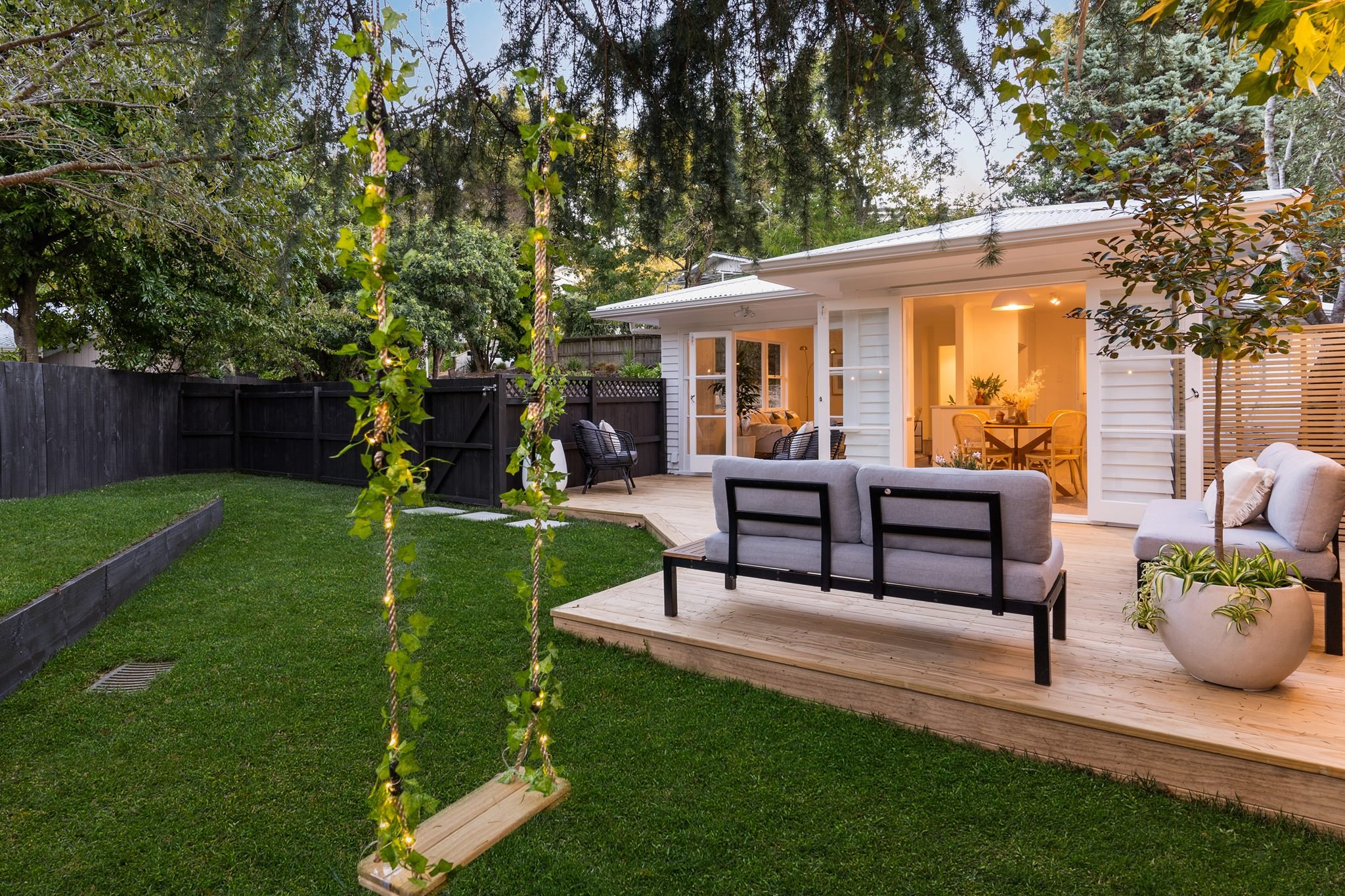
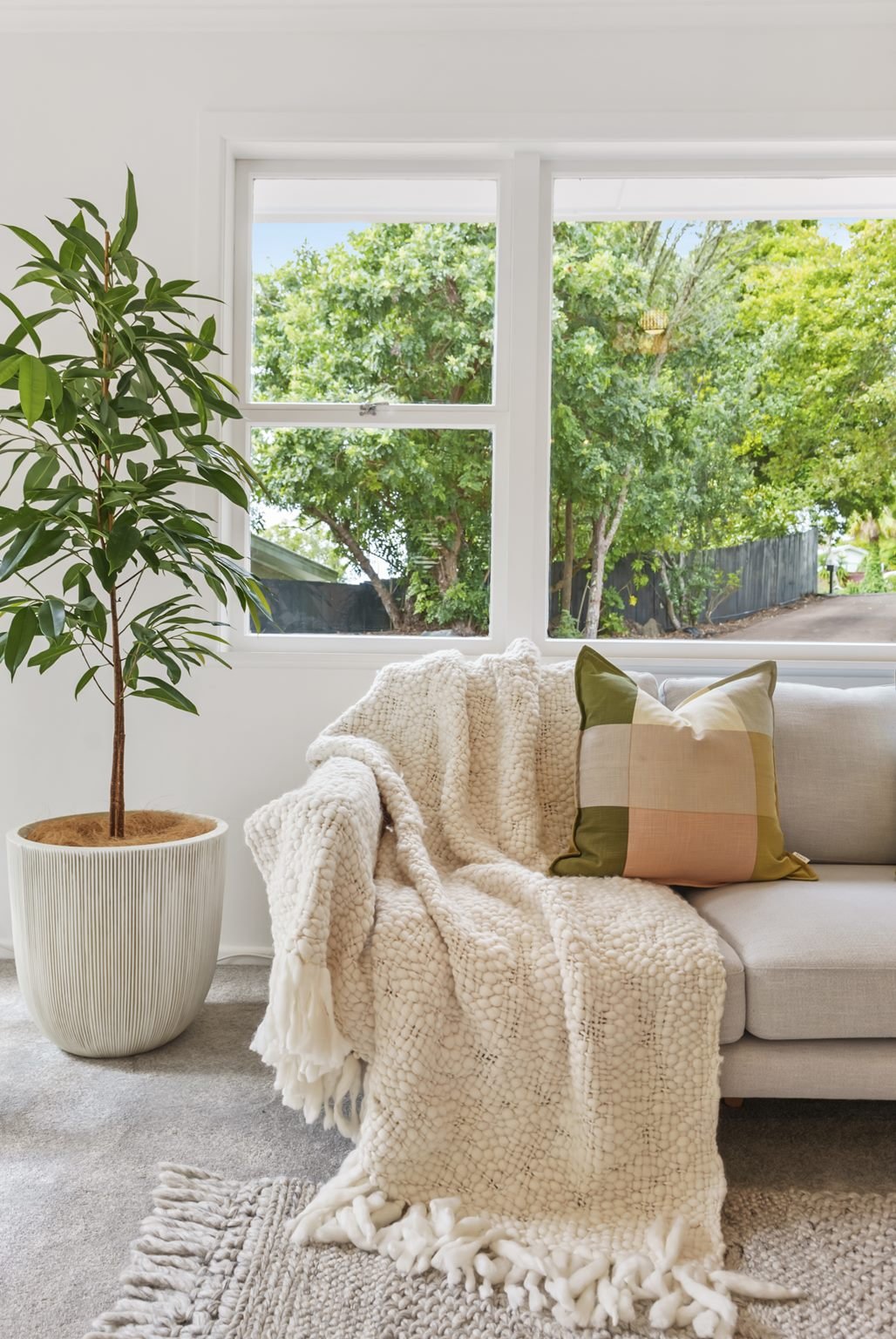

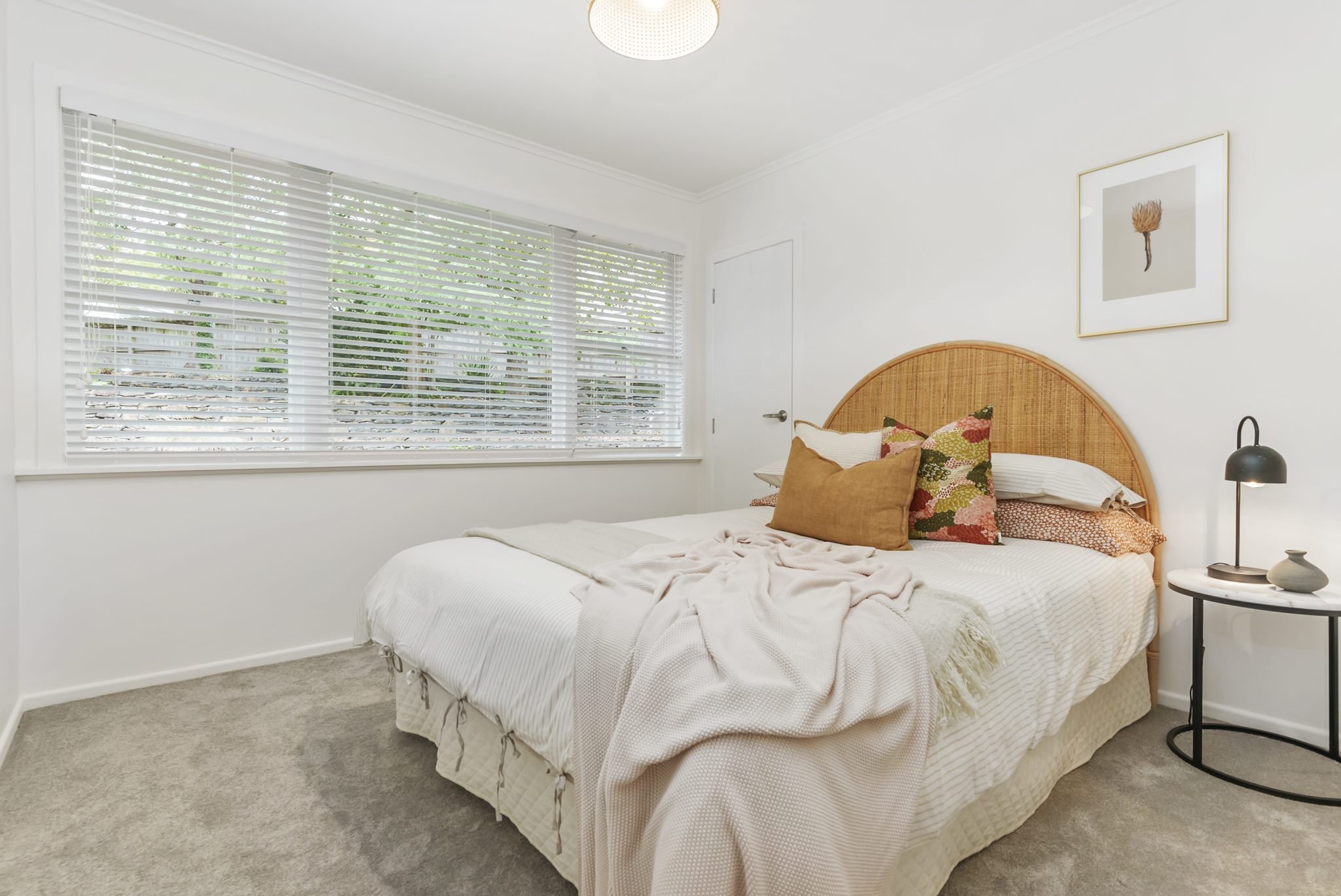
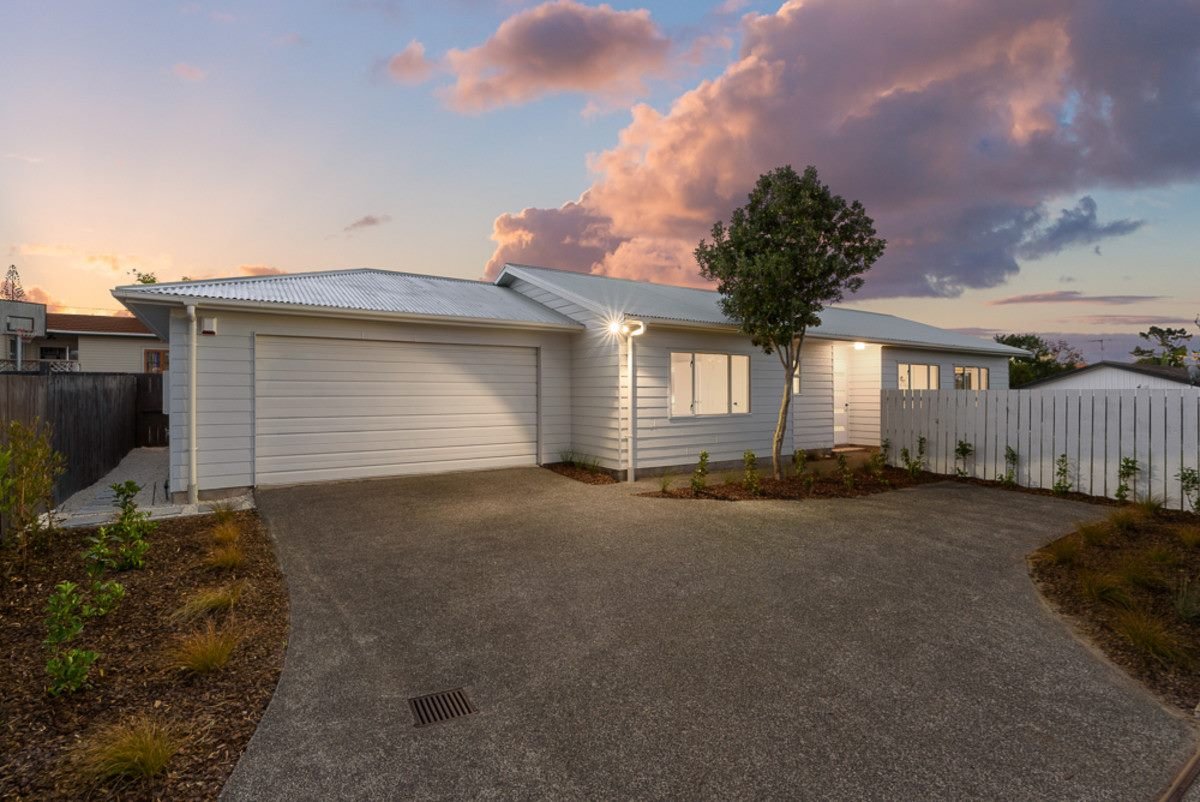
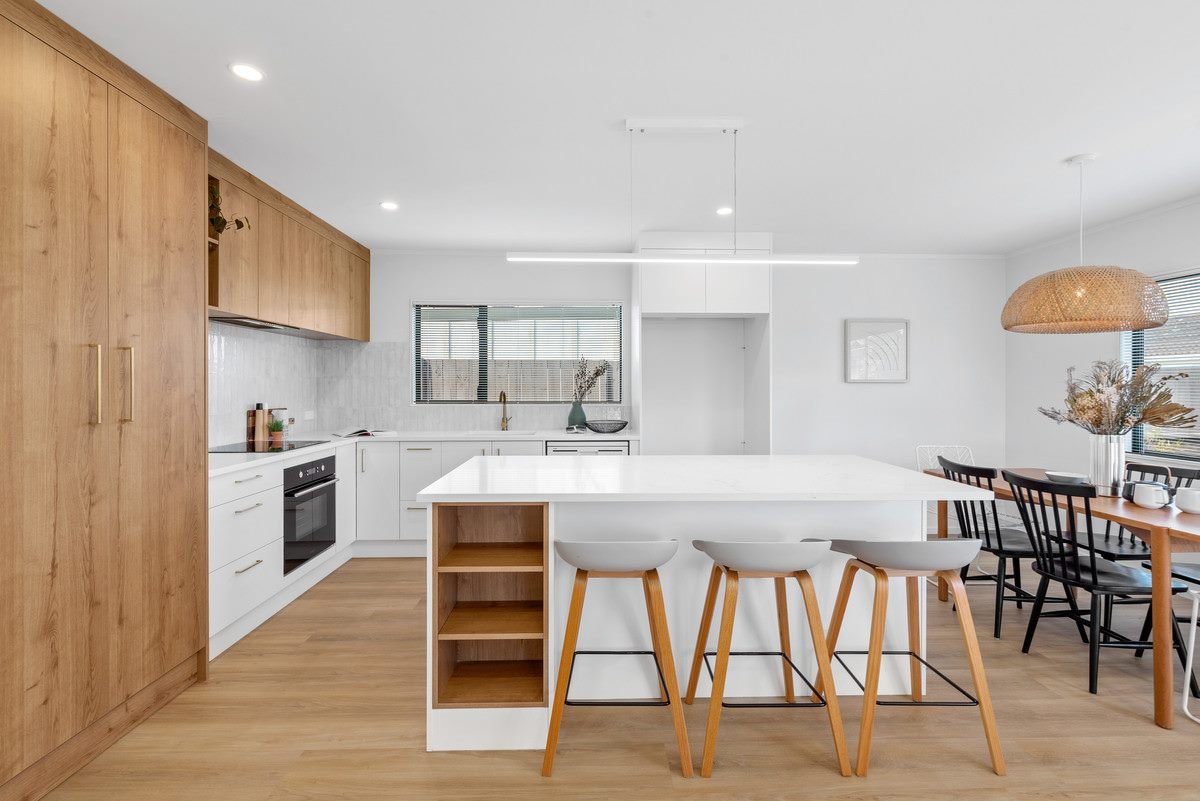
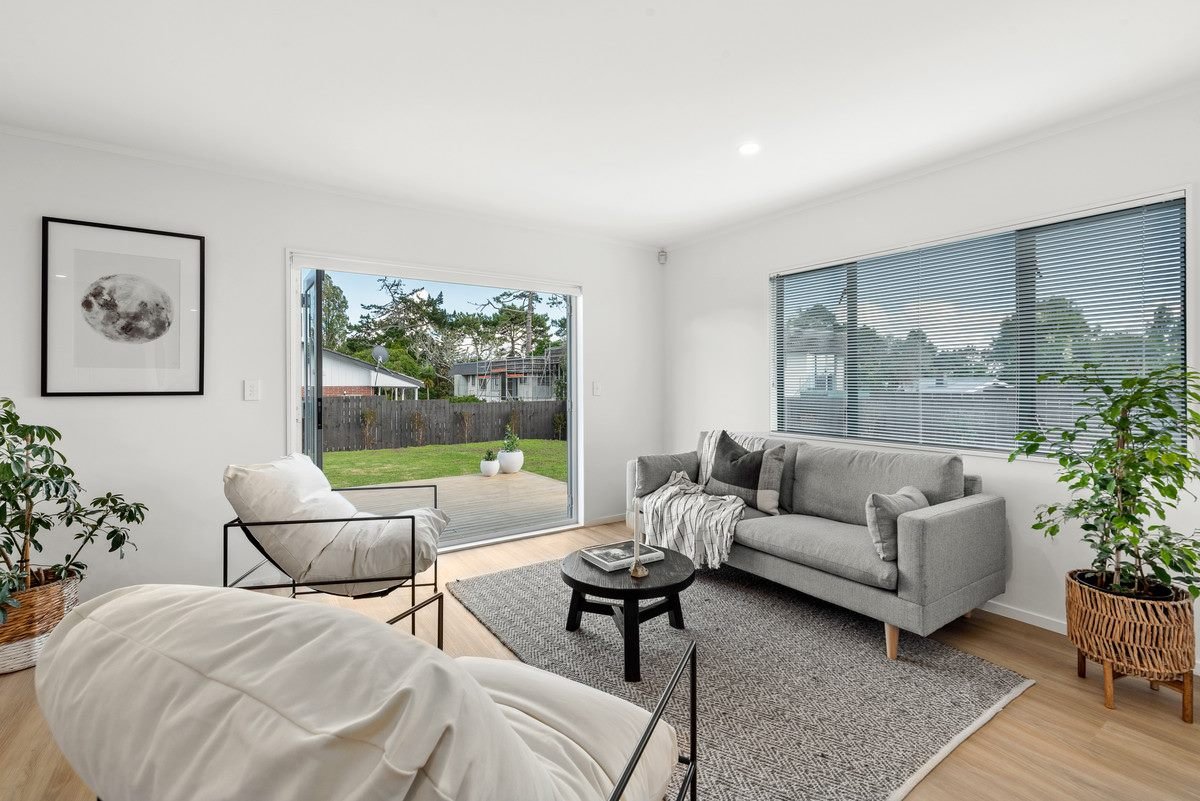
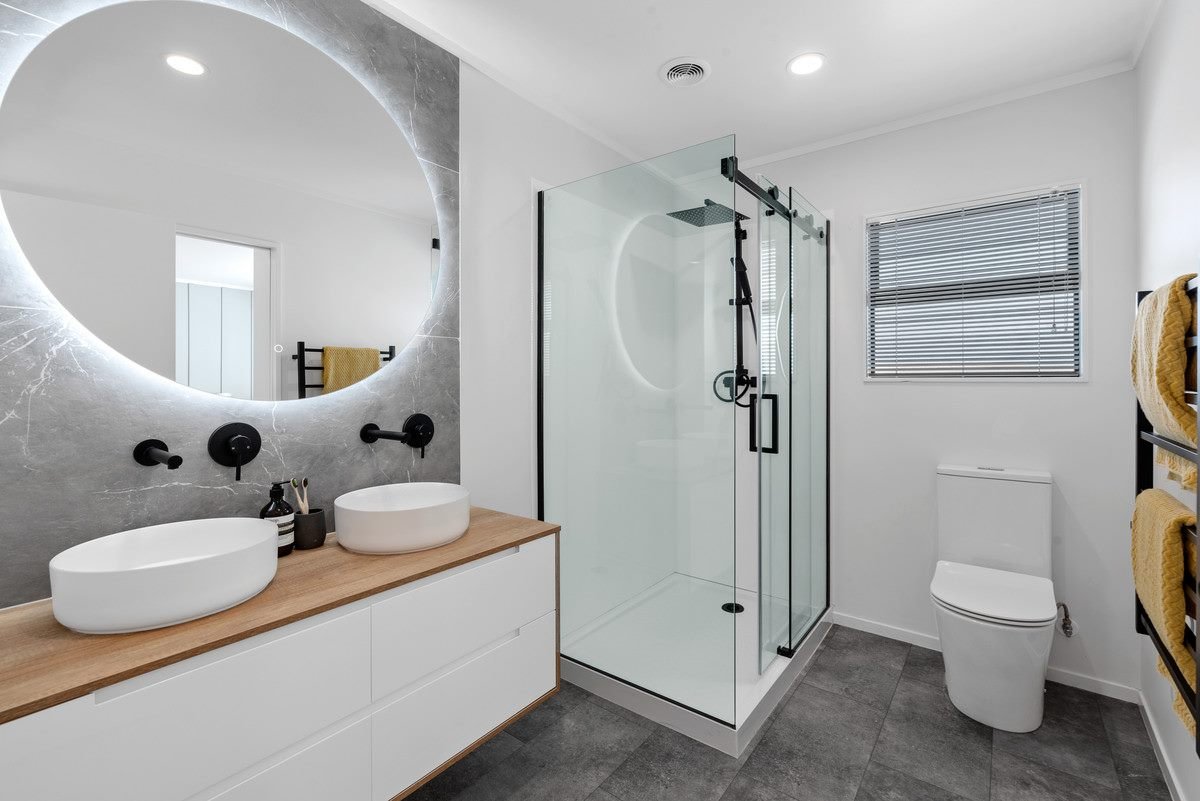
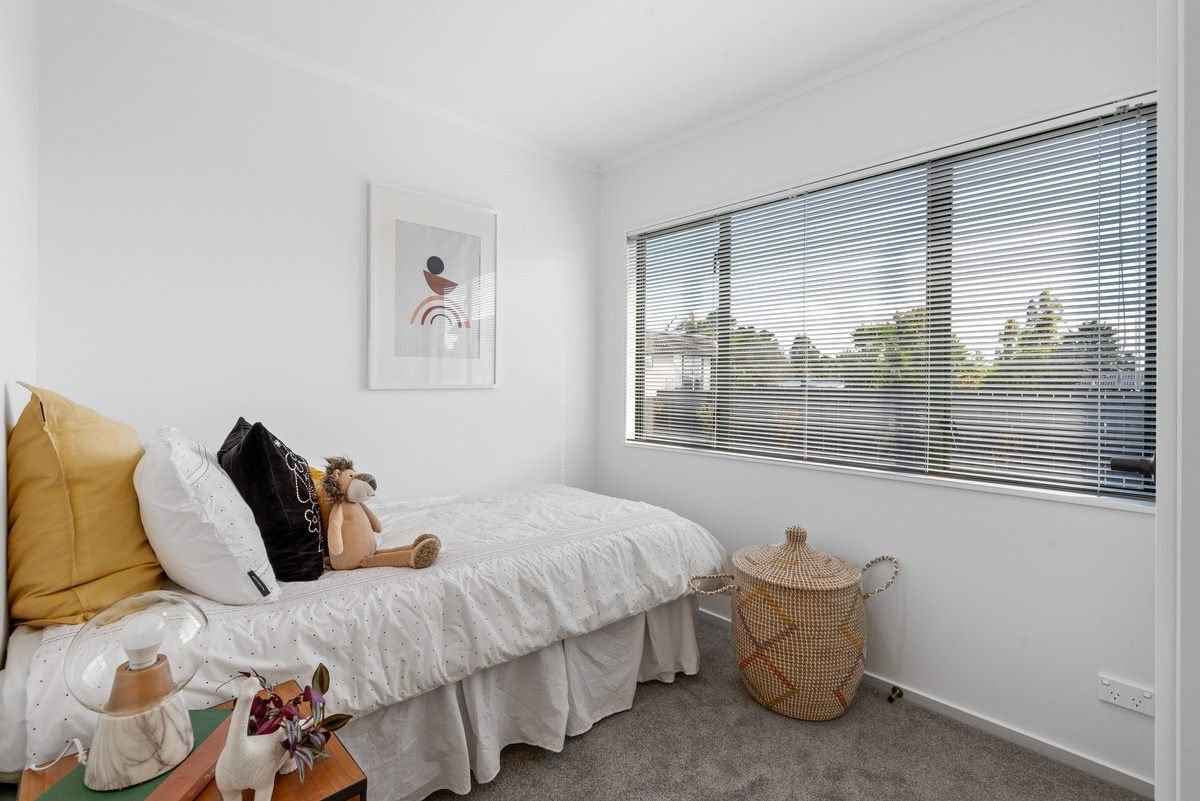


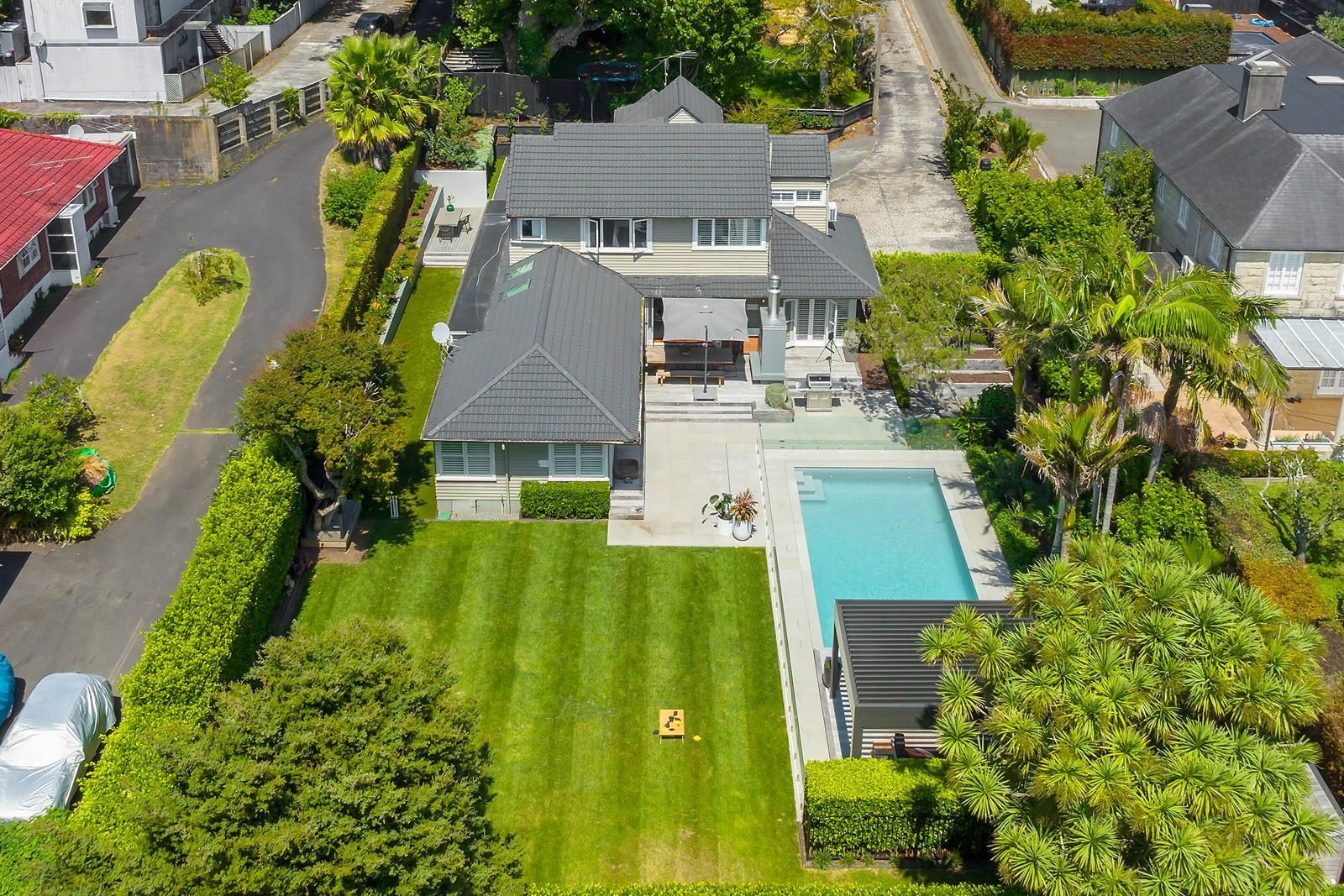
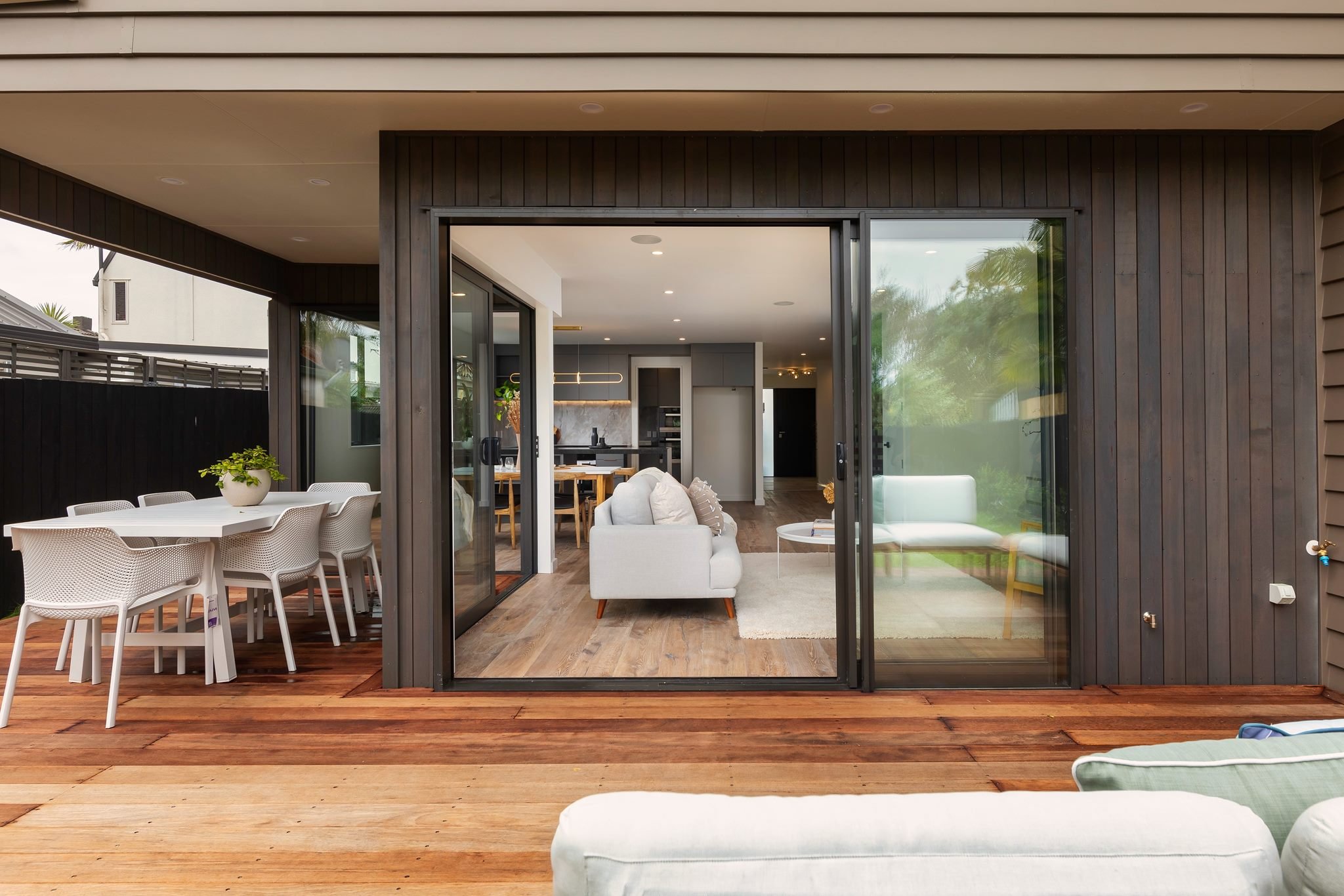
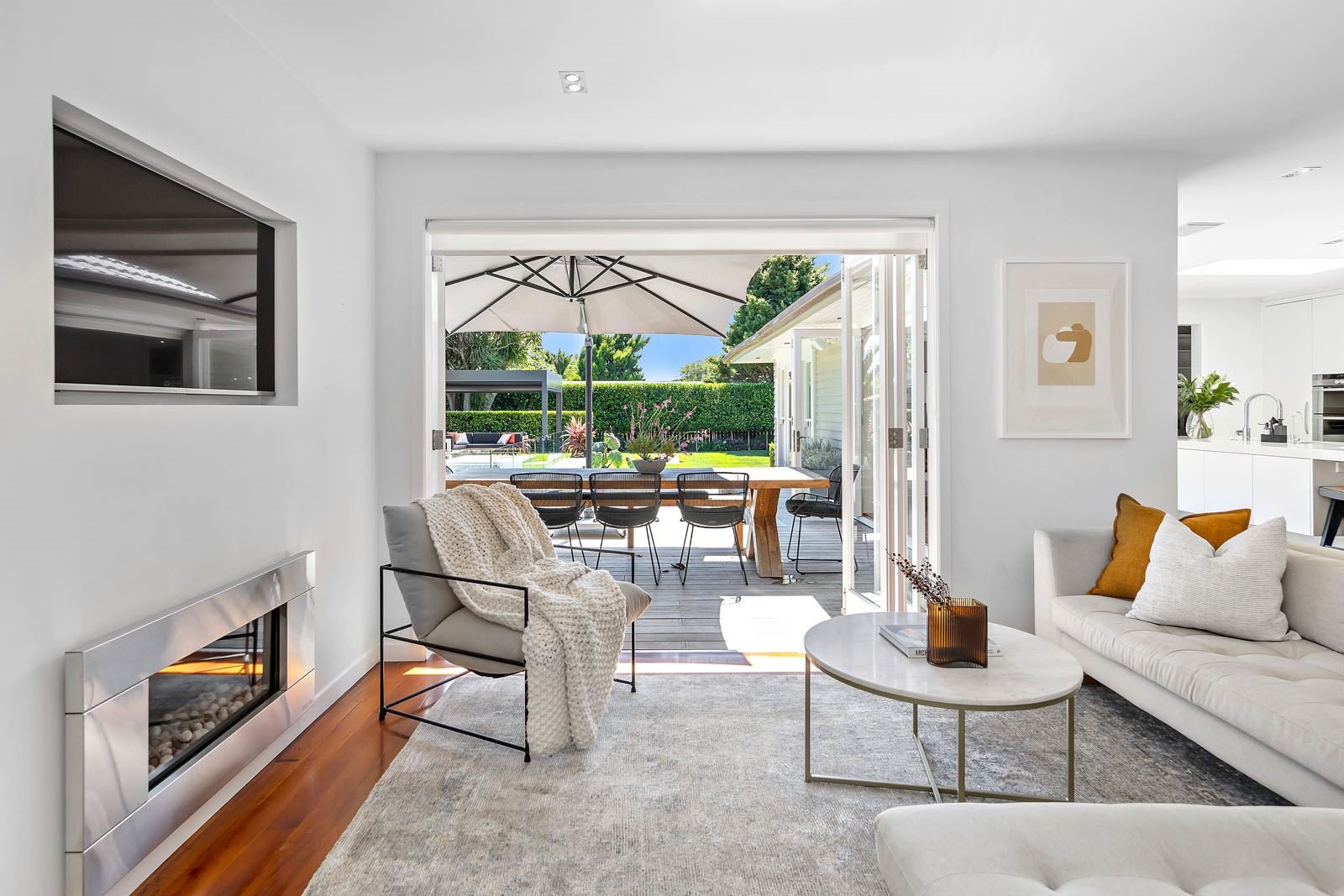
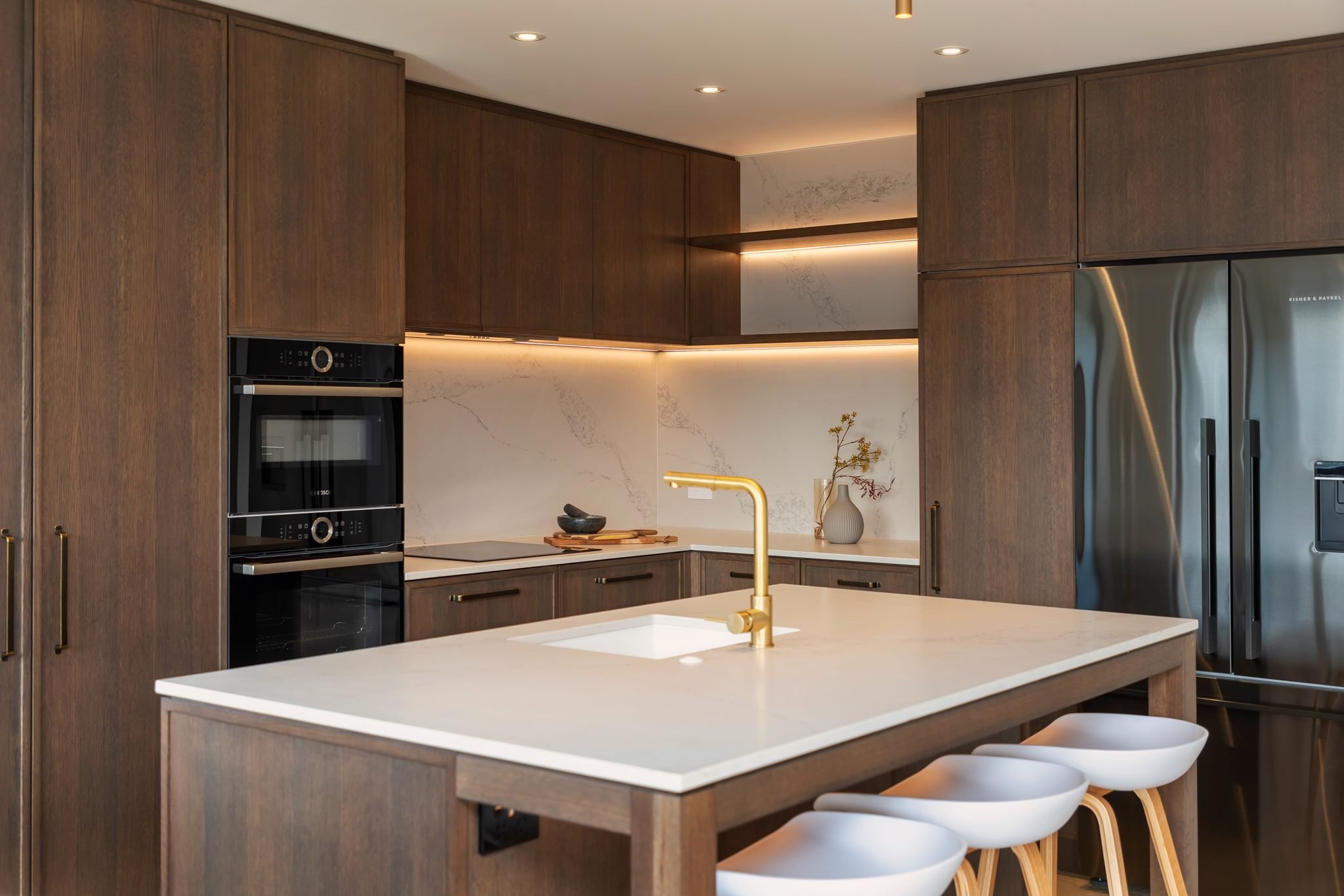

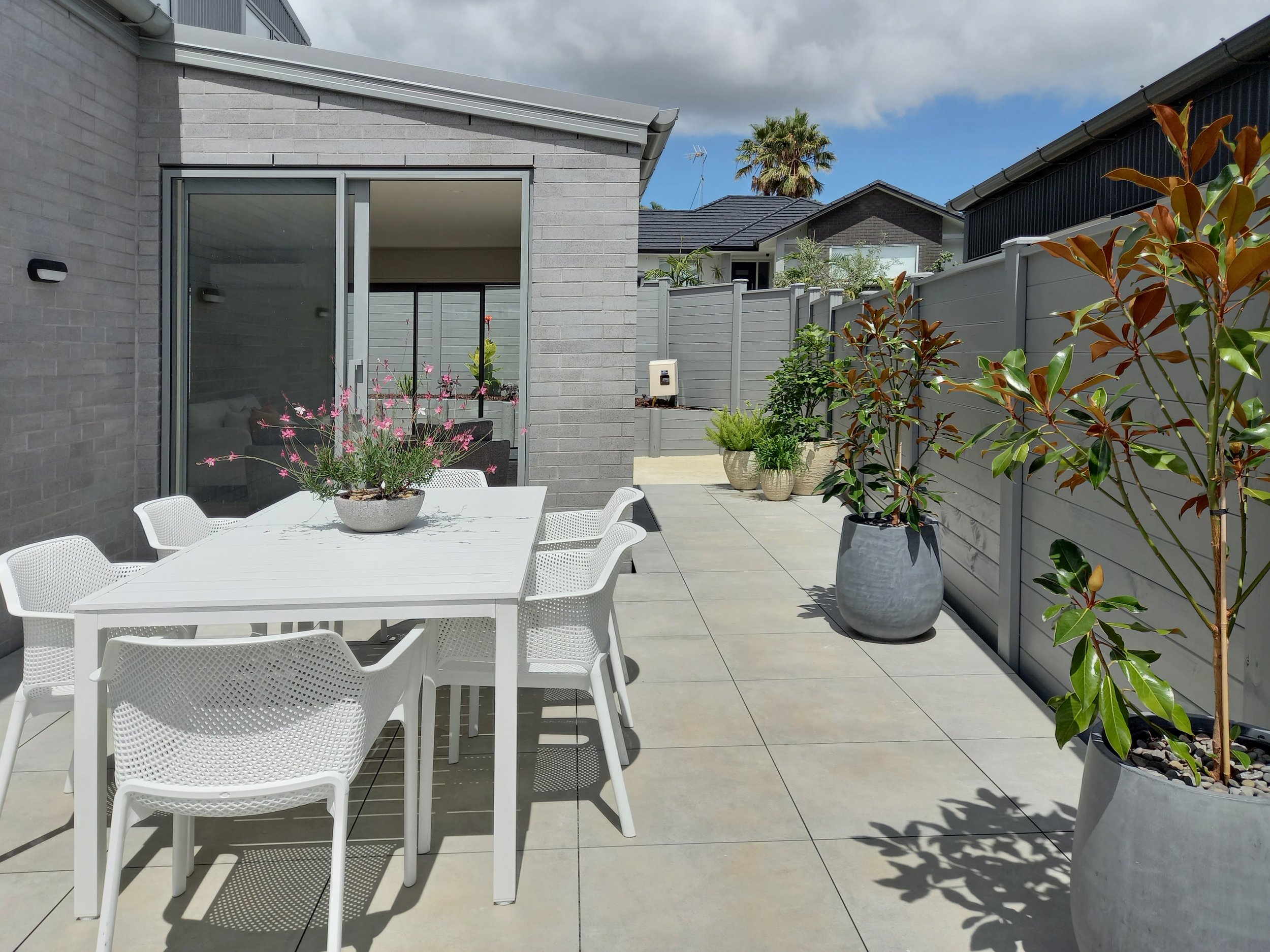
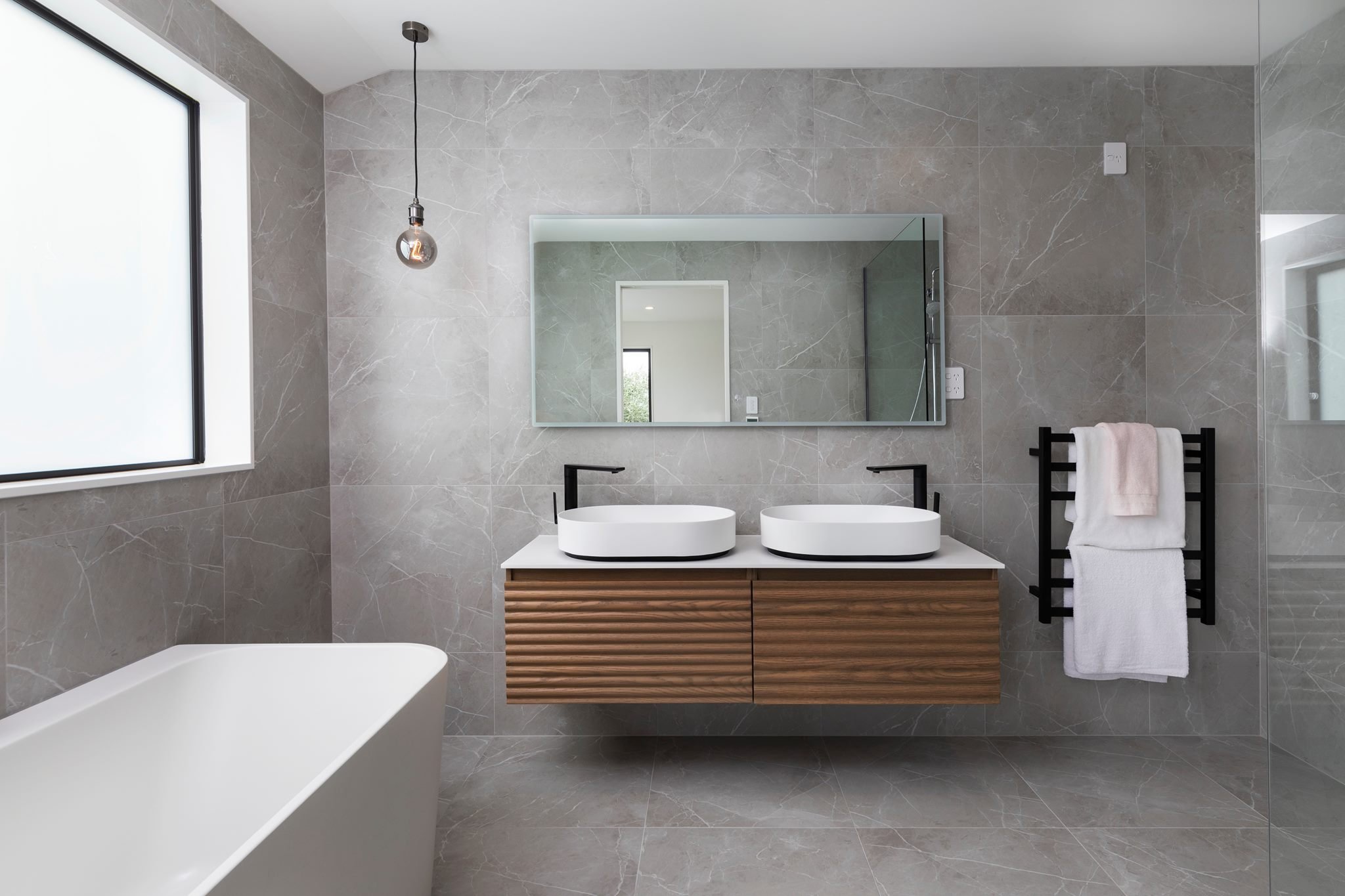
“For Gaby and the service she provides I want to express a great deal of esteem and admiration.
I’ve collaborated with her on a number of occasions, and she is not only very professional and easy to communicate with, but the amount of good taste, personality, and customization she puts into each installation is phenomenal.
Her home staging has a very elegant signature, but no two are alike, because the understanding of the location and its character are clearly the most important thing to her.
Definitely one of my preferred home staging services.”
related blogs
Contact us today
Send us an email or call Gaby on 021 871 716





